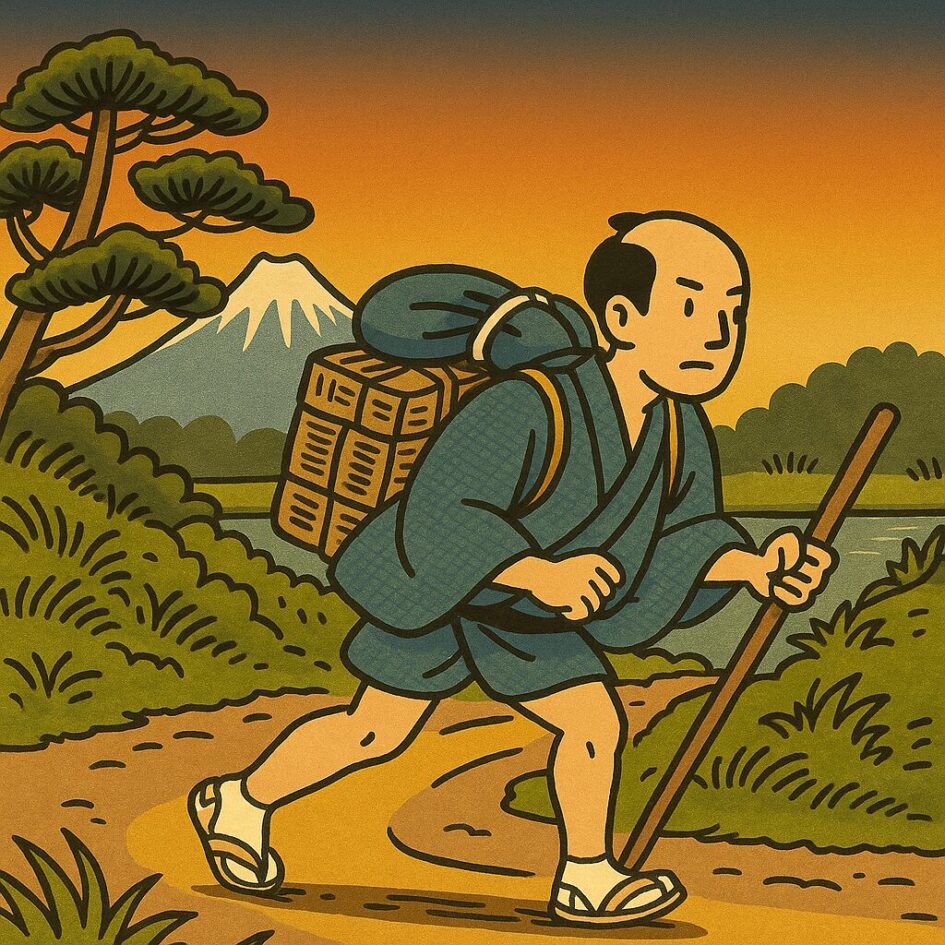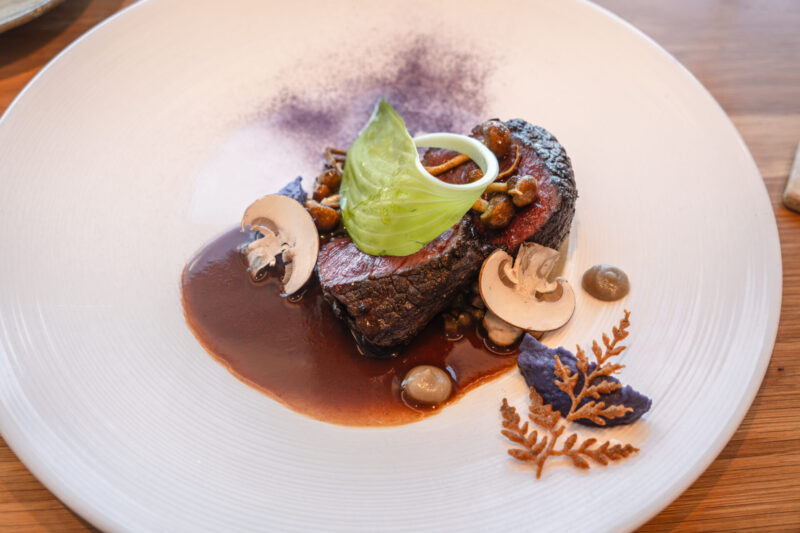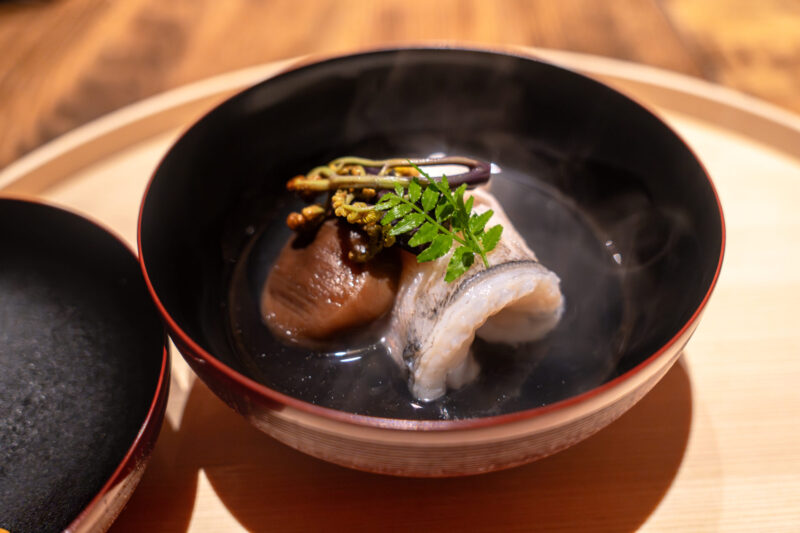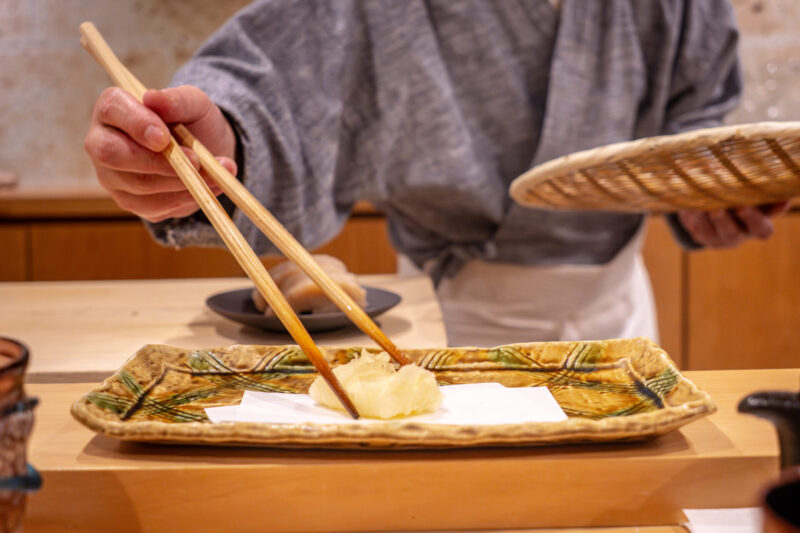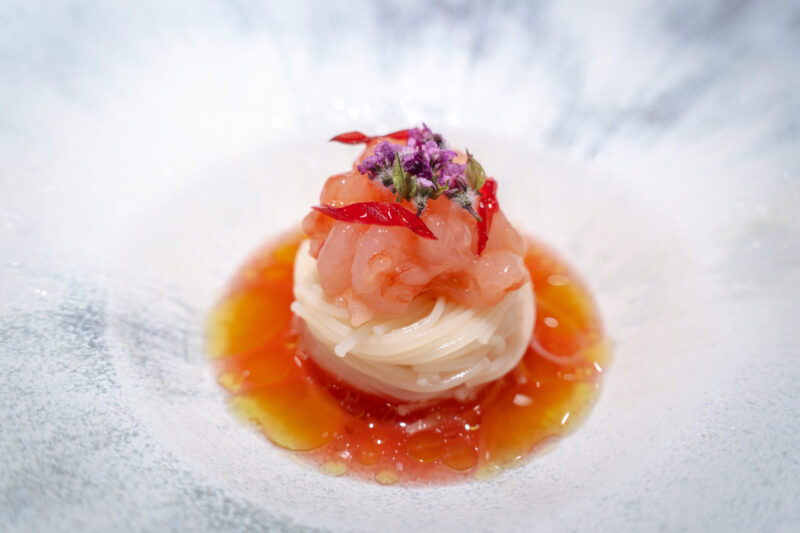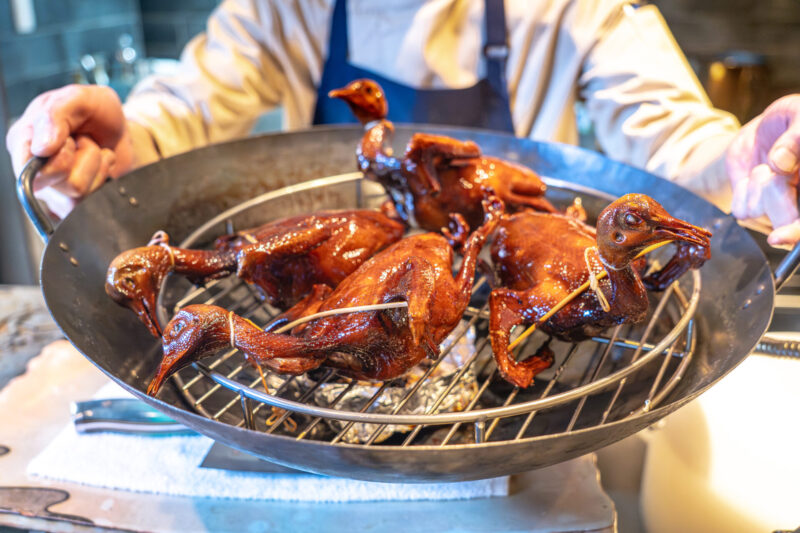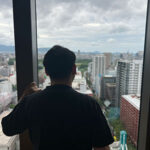CONTENTS
- Prologue
- DAY 1 | From Fukuoka to Haneda, then on to Yokohama
- To Bashamichi via the Minatomirai Line
- The First Destination: A Panoramic View of Minatomirai
- Lunch in the Sky Above Yokohama
- Strolling from Minatomirai to Sakuragicho
- From Shin-Yokohama to Yaizu: Arriving in a Town of Ocean and Hot Springs
- First, Check-In at the Hotel
- Back to the Station and Onward by Bus for Dinner
- At the End of a Residential Lane, a Quietly Commanding Cha-Kaiseki Restaurant
- Returning to the Hotel, Wrapped in the Evening’s Afterglow
- DAY 2 | A Morning Bus Ride to the Home of “Asa-Ra”
- Starting with “Reiko-men”: Cold Noodles with the Fragrance of Mochi Wheat
- And Toward Another “Sanctuary”—But…
- From Yaizu to the Next Stop: Hamamatsu
- Checking In and Enjoying the Time Before Dinner
- A Walk Through the Castle Grounds and a Rest at Starbucks in the Park
- Dinner at Seirin: A Refined Culinary Experience in Motojō Town
- DAY 3 | A Hamamatsu Specialty: Unagi at the Renowned Atsumi
- Another Hamamatsu Favorite: Gyoza at Mutsugiku
- A Quick Local Getaway on the Rails
- A Relaxing Train Ride Around Lake Hamana
- A Sudden Panic—But a Lesson Learned
- Onward to Nagoya via the Meitetsu Line
- Arrival in Nagoya and Check-In at the Hotel
- Dinner at “Lito”: A Modern Italian Hideaway in Hisaya-odori
- Closing the Day with a View of Nagoya’s Nightscape
- DAY 4 | A Morning Overlooking Nagoya — The Final Day Begins
- At the Journey’s End — Reflecting on a Tasteful Passage
Prologue
The Tokaido once connected Edo to Kyoto.
In times past, travelers made their way through the fifty-three post towns, experiencing regional climates firsthand while savoring local foods and encounters along the way.
Today, travel is faster and more efficient.
Yet, when you slow down and trace the path from Haneda to Yokohama, Yaizu, Hamamatsu, Nagoya, and finally Kyoto,
you begin to notice the distinct aromas and flavors that still live and breathe in each region.
The vivid freshness of seafood in port towns, the deep umami cultivated through mountain fare and fermentation culture, the delicate techniques woven by skilled artisans—
every dish is steeped in the local terroir, its history, and the present moment.
A journey through the Tokaido, guided by taste.
A pilgrimage of gastronomy begins, carving new memories along this storied passage.
DAY 1 | From Fukuoka to Haneda, then on to Yokohama
An early morning flight from Fukuoka Airport brings me to Haneda.
Right after landing, I transfer to the Keikyu Line and switch at Keikyu Kamata onto the main line.
From there, I ride toward Yokohama, my first destination on this flavorful road.
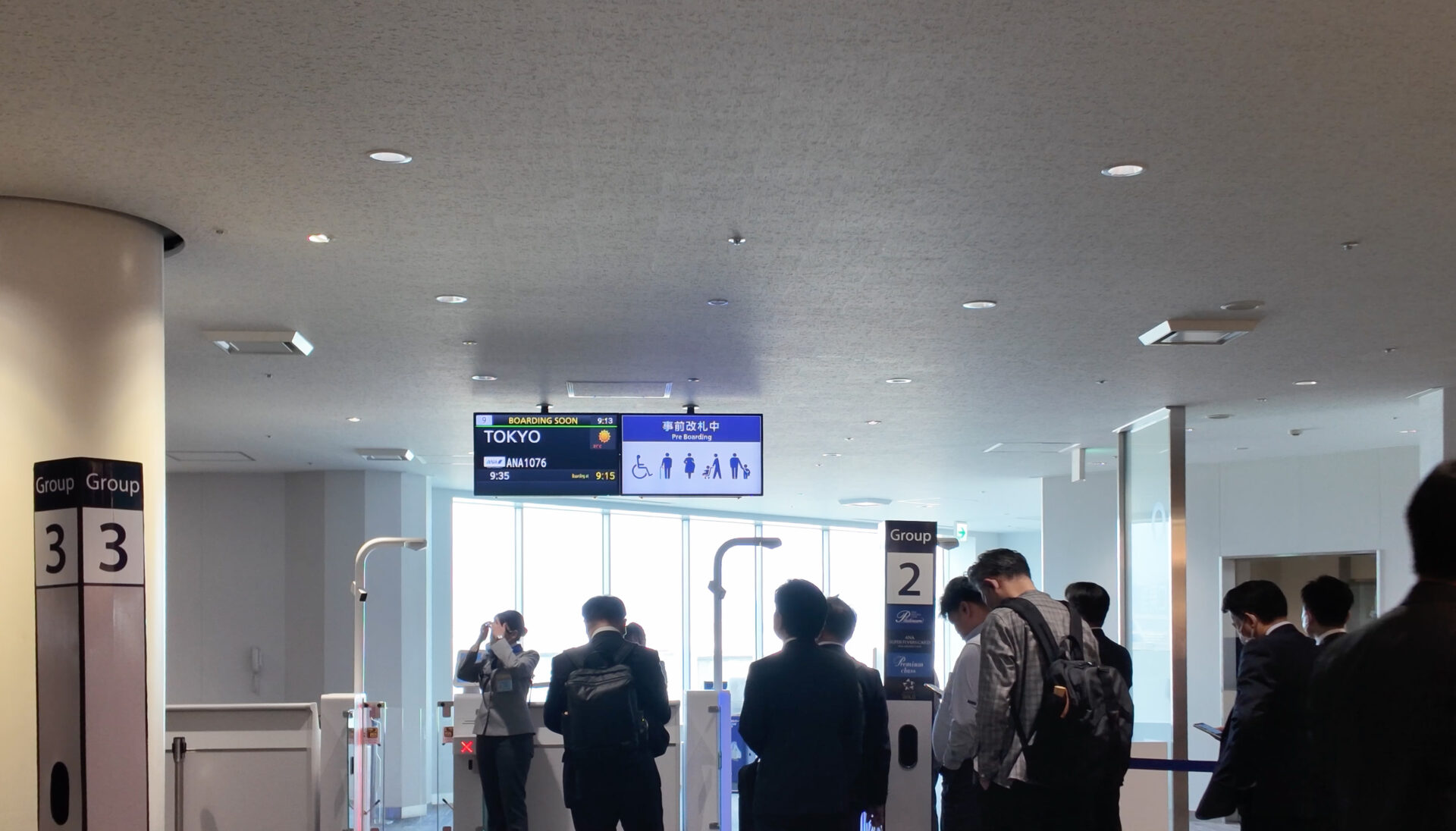
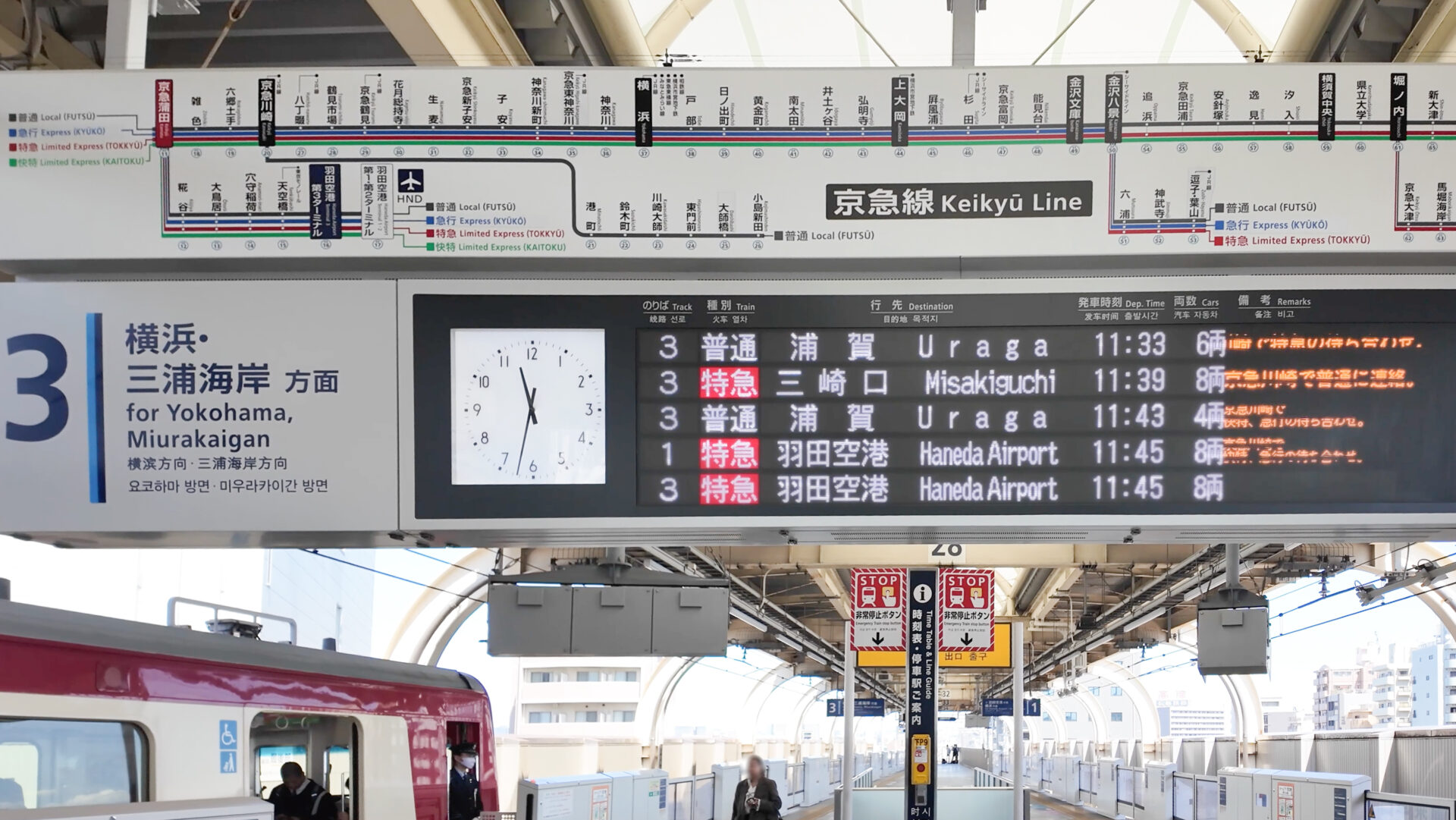
To Bashamichi via the Minatomirai Line
At Yokohama Station, I transfer to the Minatomirai Line and ride a few stops to Bashamichi Station.
Exiting through Exit 1a, I’m greeted by an unmistakably Yokohama scene—Pikachu and Eevee perched atop a red-and-white mailbox.
A whimsical touch unique to a city with strong ties to Pokémon.
Eevee holds a letter in its mouth as Pikachu faces it from across the box—a playful spirit that brings a smile.
These “Pokémon Postboxes,” installed in this historic birthplace of Japan’s postal service, have become beloved local symbols, even as temporary fixtures.
In this area where history and modernity intersect, I continue on to my next stop.
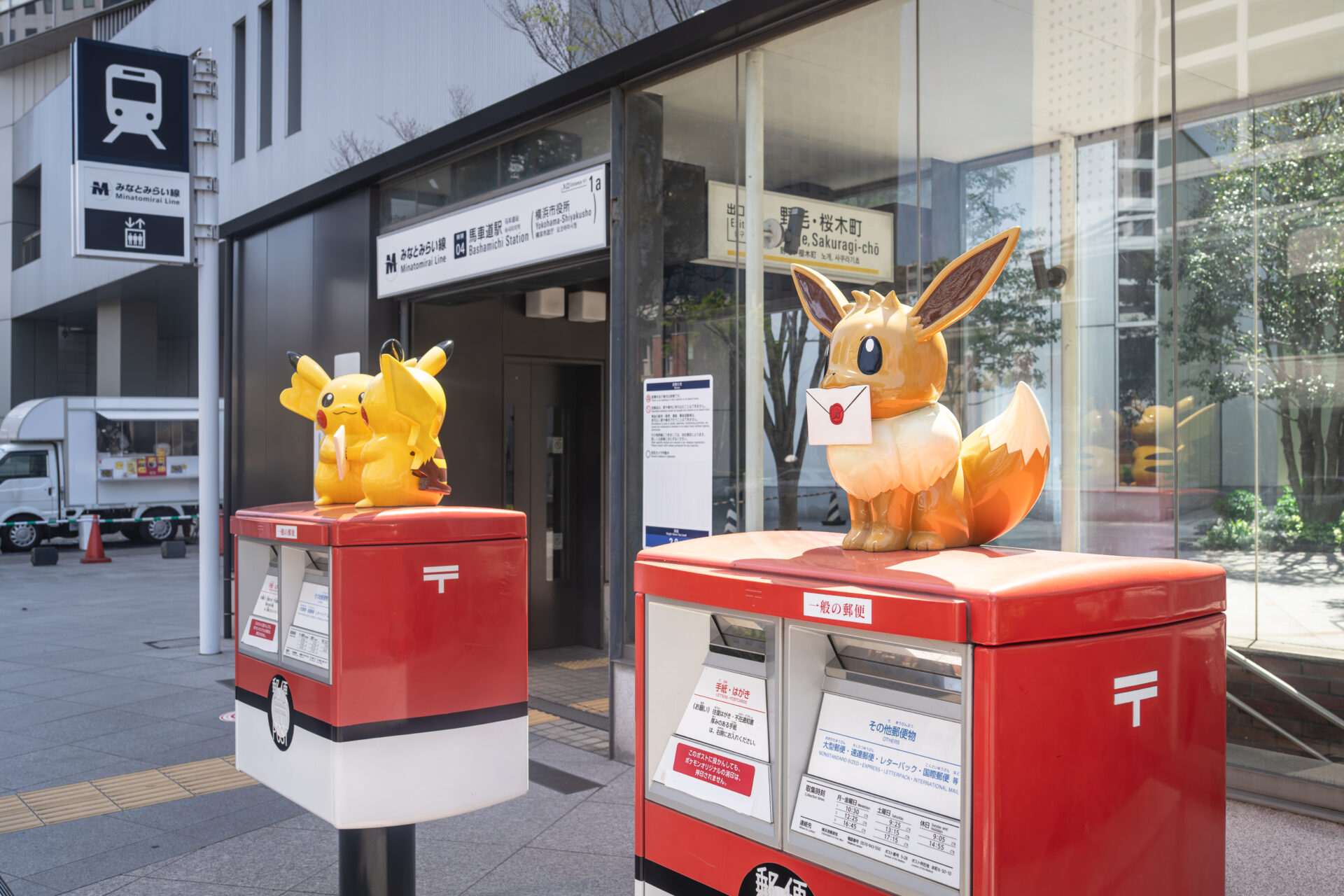
The First Destination: A Panoramic View of Minatomirai
Just a few minutes’ walk from Bashamichi Station, standing tall and striking is the Kitanaka BRICK & WHITE building.
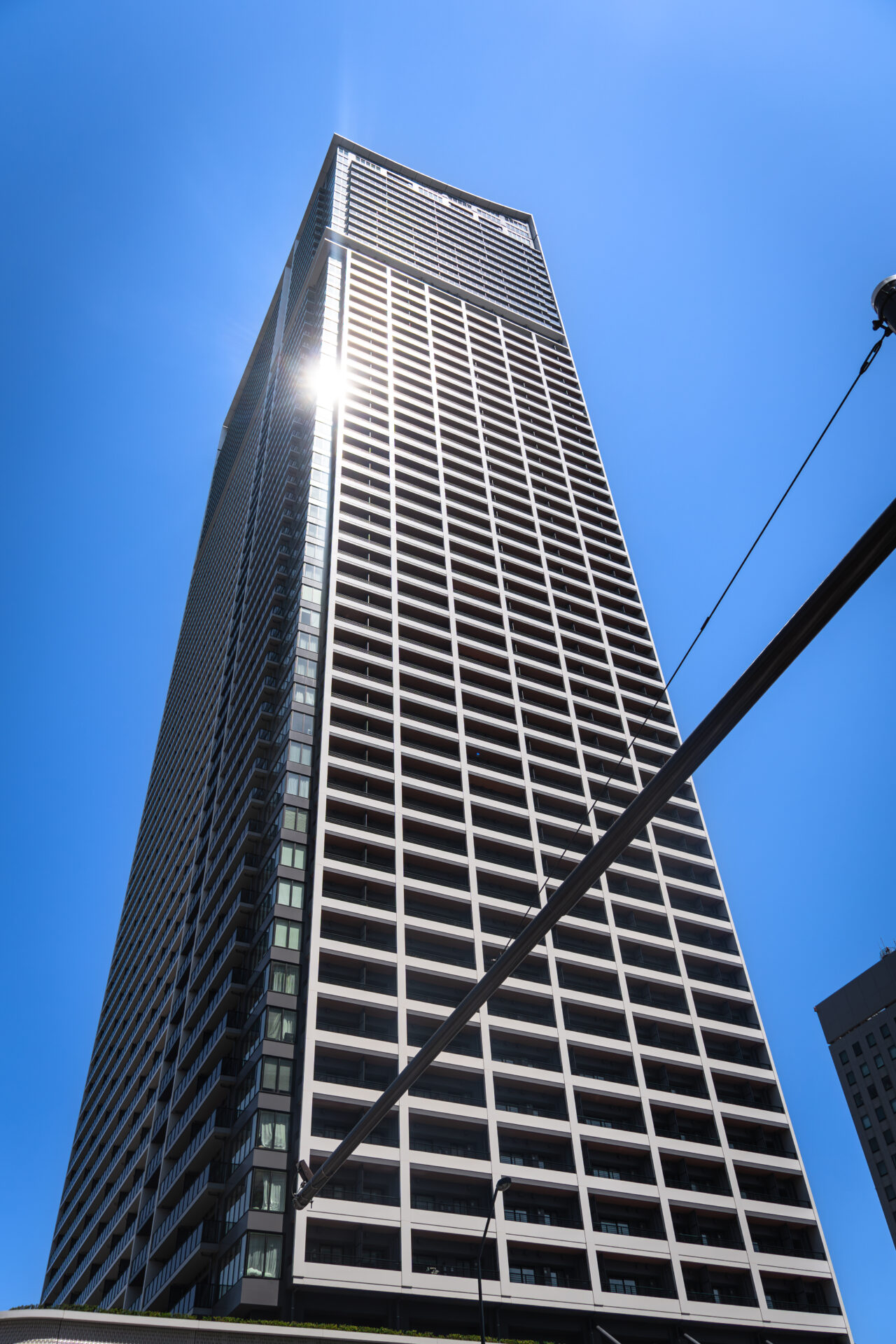
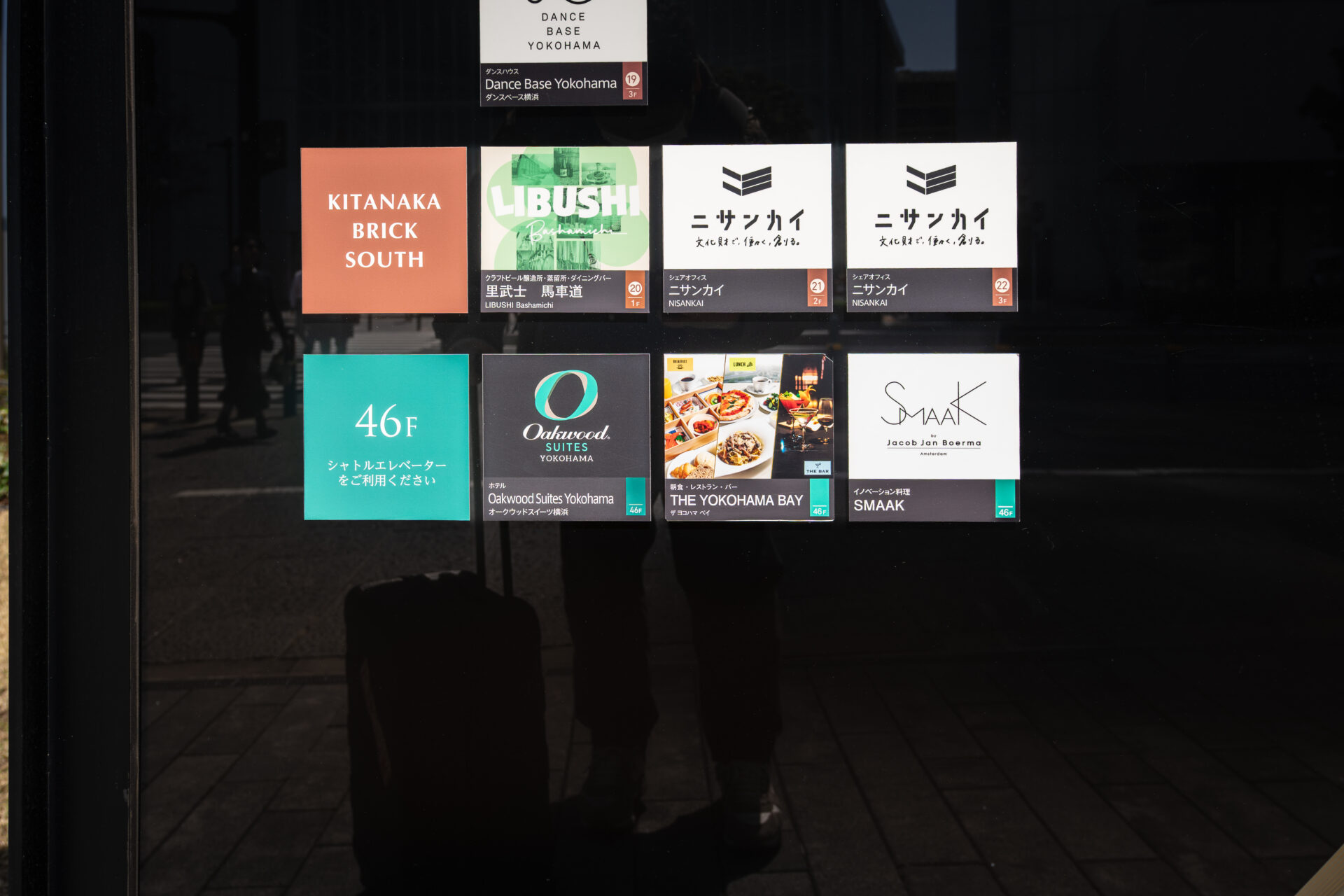
From this height, I take in the sweeping view of Yokohama—
the Landmark Tower right ahead, and below, the cityscape stretching toward the Red Brick Warehouse.
Even this view alone signals the quiet start of an extraordinary journey.
A convergence of business and residence, culture and everyday life—
and within this space lies today’s dining experience.

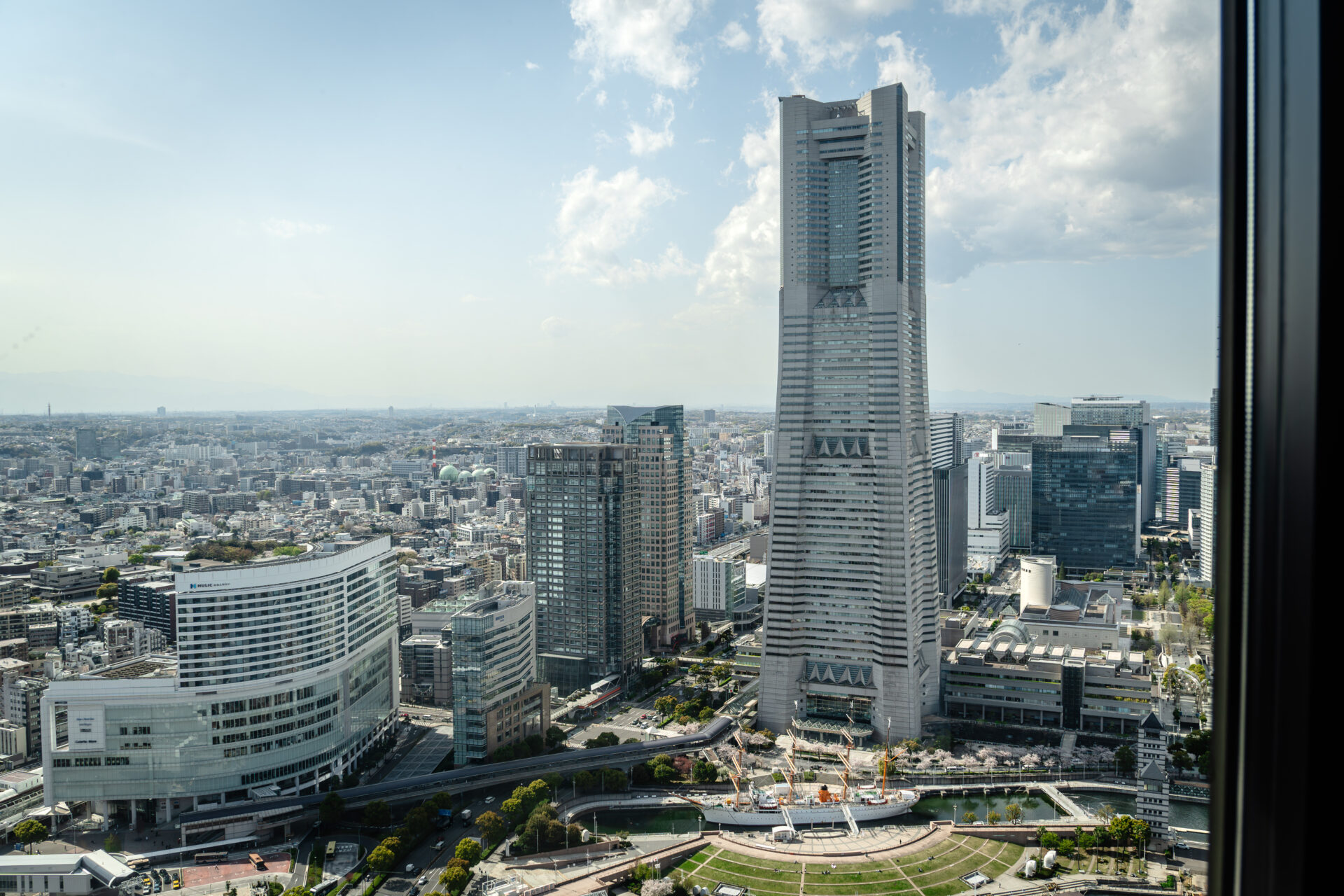
Lunch in the Sky Above Yokohama
The first culinary stop: SMAAK by Jacob Jan Boerma, a restaurant on the 46th floor of Oakwood Suites Yokohama.
Supervised by three-Michelin-star Dutch chef Jacob Jan Boerma, this modern Dutch cuisine showcases a refined harmony of aromas and acidity, paired with a stunning panoramic view of Yokohama.
This day’s lunch was a composition of surprises and perfect balance—
from the very first plate, all five senses were gently awakened.
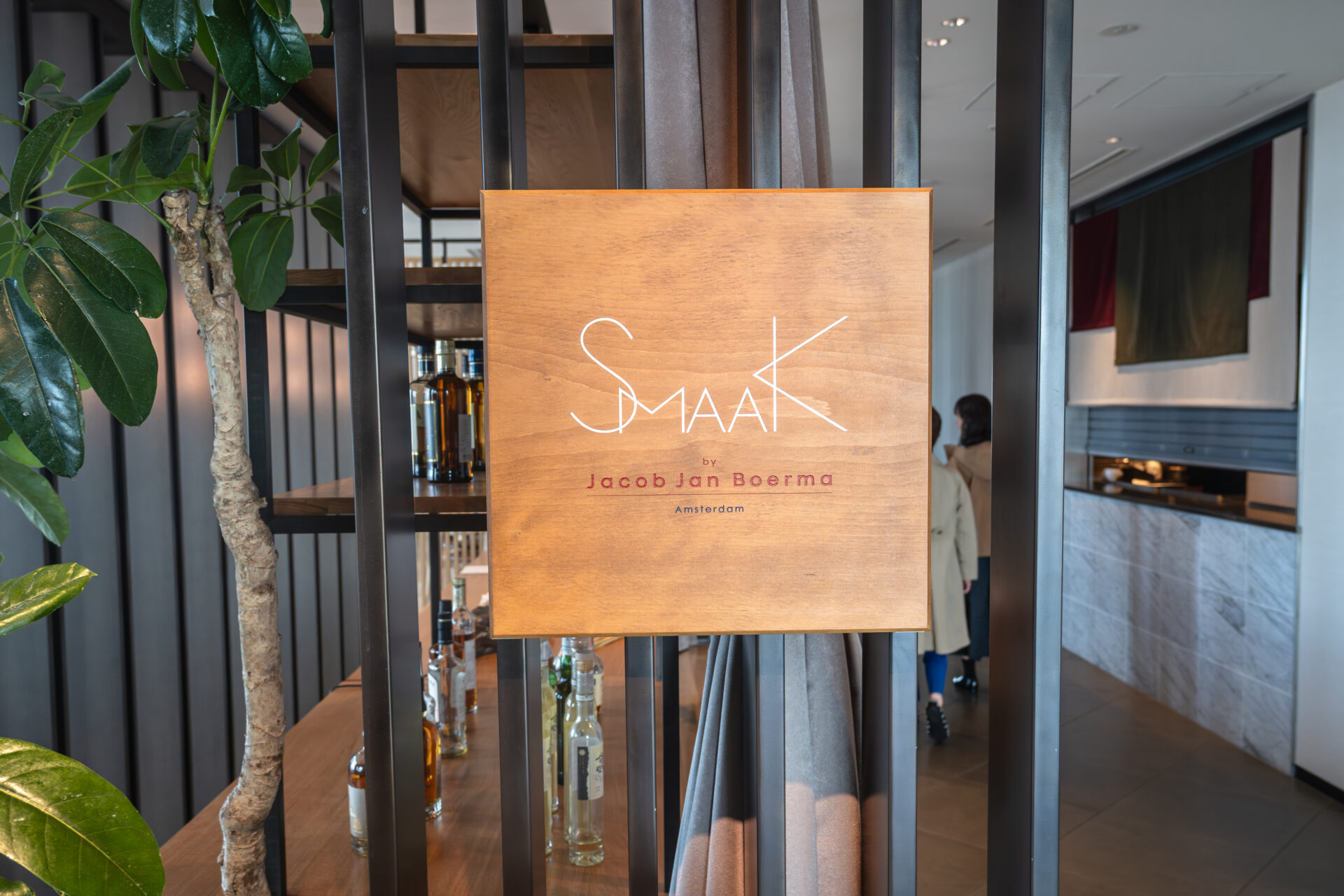
For a detailed review of this lunch, please see the article linked below.
▼ Read the full SMAAK lunch experience here
- ADDRESS
46F, Yokohama Kitanaka Knot, 5‑57‑2 Kitanakadori, Naka‑ku, Yokohama, Kanagawa 231‑0003, Japan
- OPEN
Lunch: 12:00–15:00 (Last order 13:30)
Dinner: 18:00–22:00 (Last order 20:00)
Closed on Mondays (Open if Monday is a public holiday; closed following Tuesday)
- AWARD
Selected for the Tabelog 2025 Top 100 Innovative Restaurants in Japan
Strolling from Minatomirai to Sakuragicho
After lunch, I take a leisurely walk down the gentle slope toward Sakuragicho Station.
The sky stretches high above, and the sea breeze drifts softly through the Minatomirai afternoon.
The Cosmo Clock 21 Ferris wheel, the skyline along the bay, the people strolling the waterfront—everything feels calm and unhurried.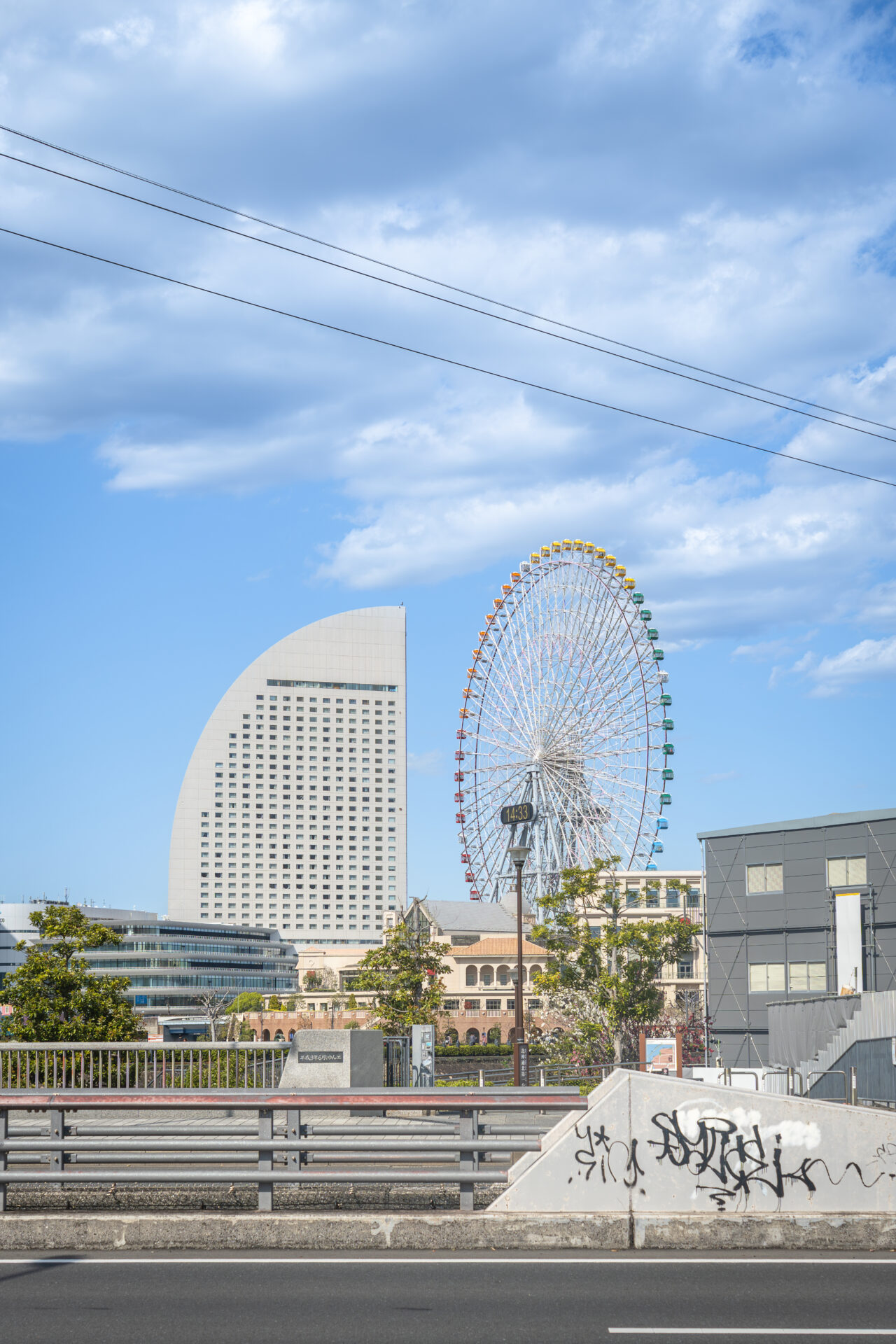
Passing by the YOKOHAMA AIR CABIN and Kishamichi Promenade, I take my time walking along the waterside.
The whole town radiates a sense of openness and lightness befitting a port city,
and the lingering taste and mood of lunch still quietly echo within me.
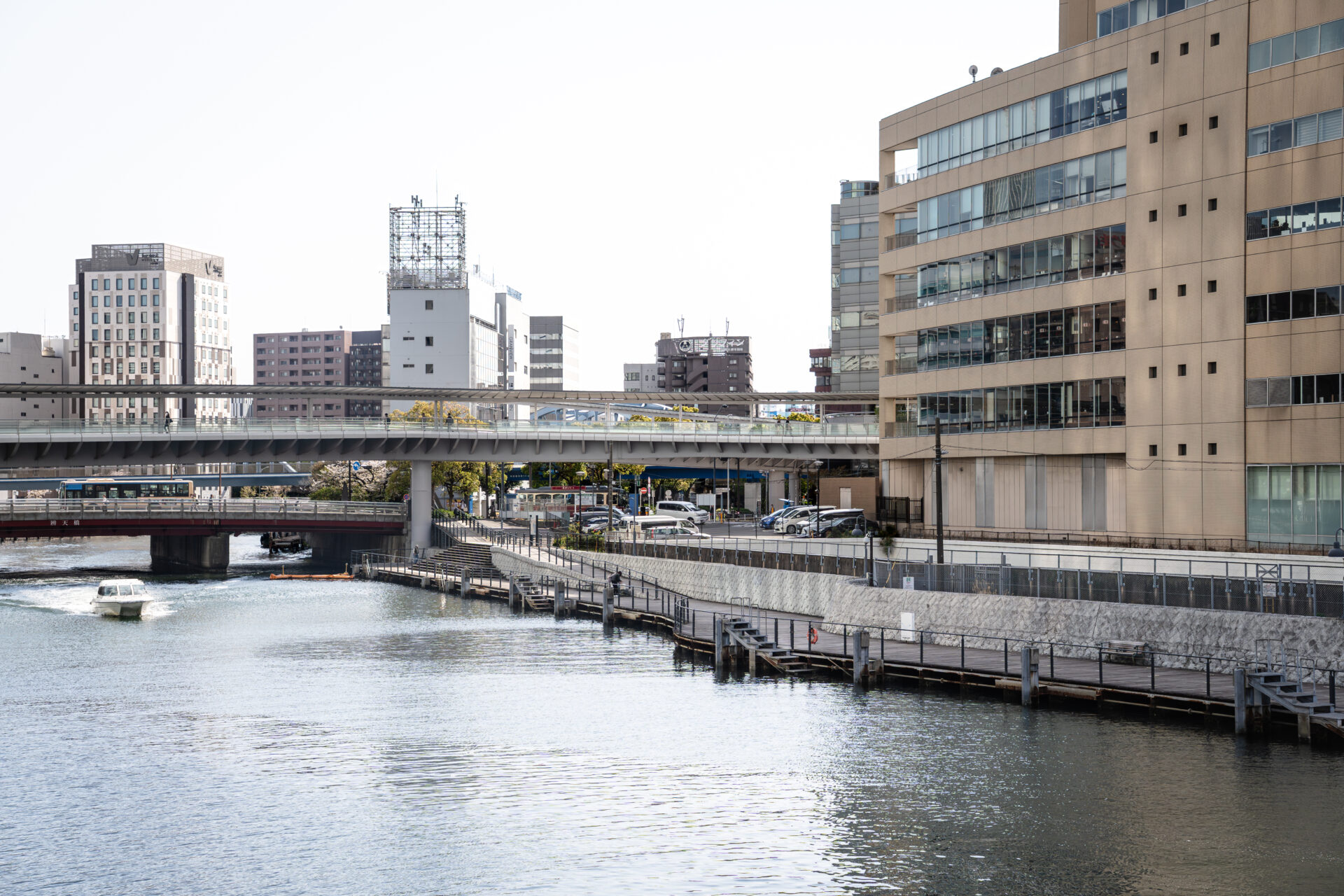
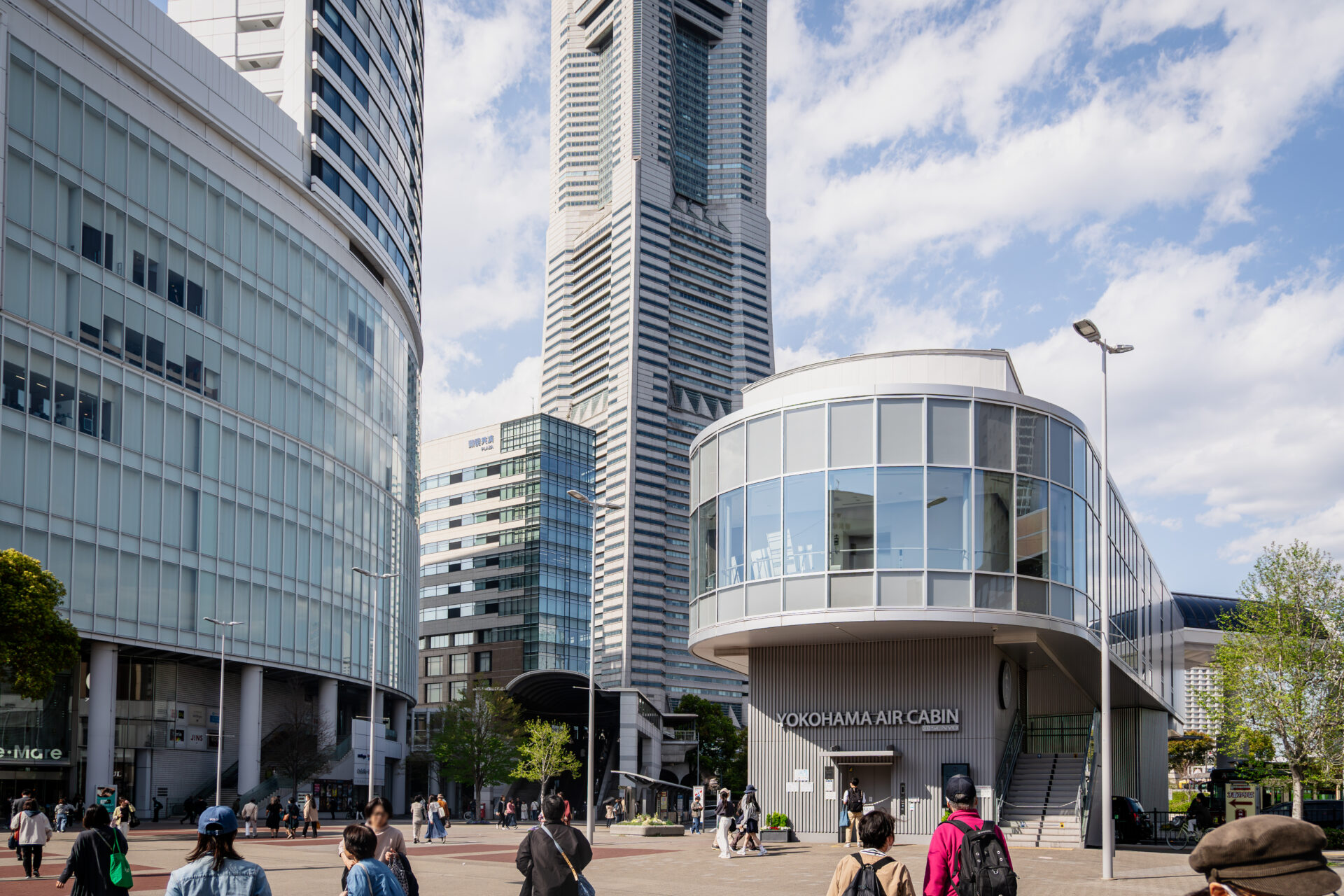
Arriving at Sakuragicho Station, I glance up one more time at the Yokohama sky before boarding the next train.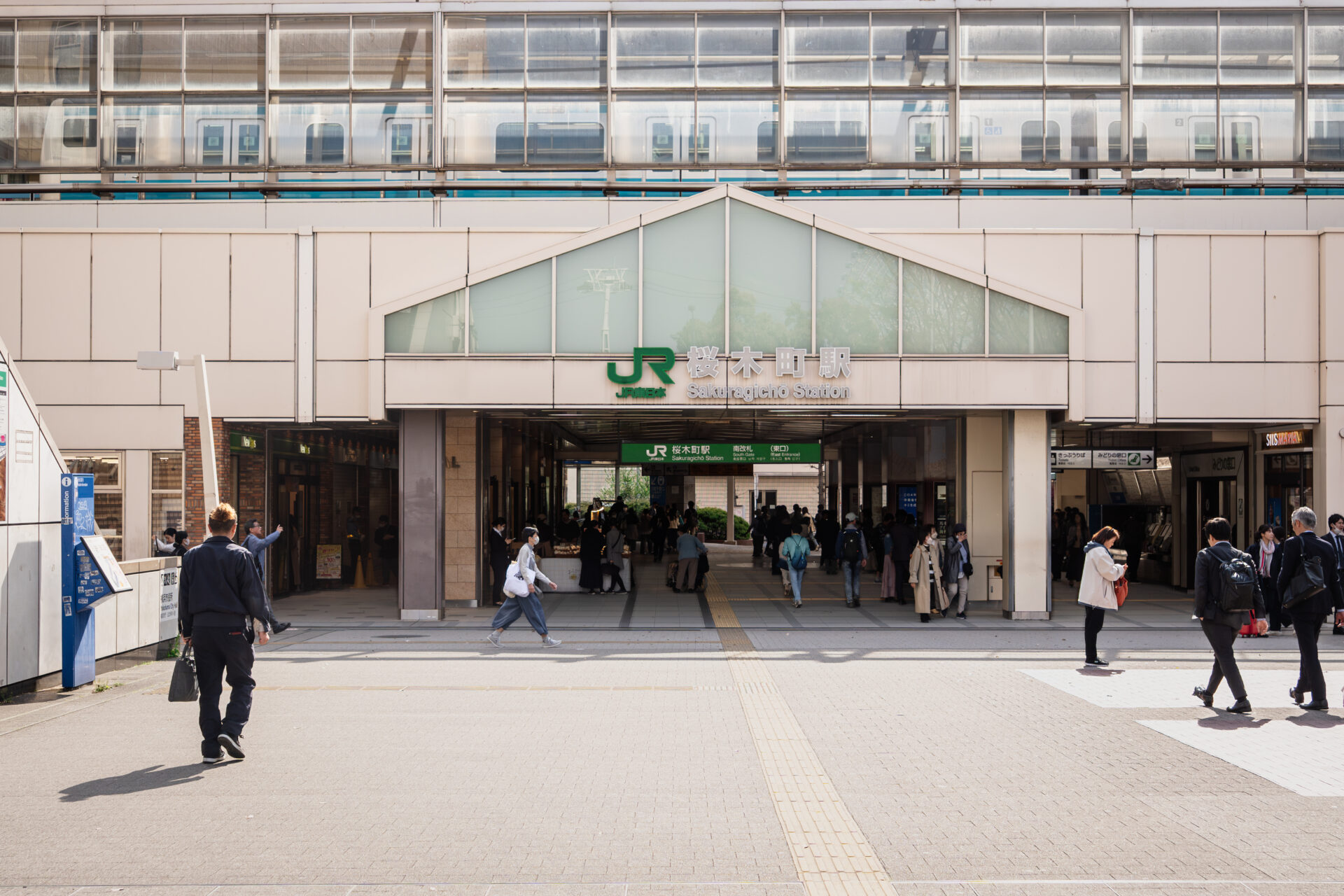
From Shin-Yokohama to Yaizu: Arriving in a Town of Ocean and Hot Springs
From Yokohama, I head to Shin-Yokohama Station and board the Tokaido Shinkansen.
After transferring to a local line at Shizuoka Station, I arrive at Yaizu Station, a seaside town graced by the soothing ocean breeze.
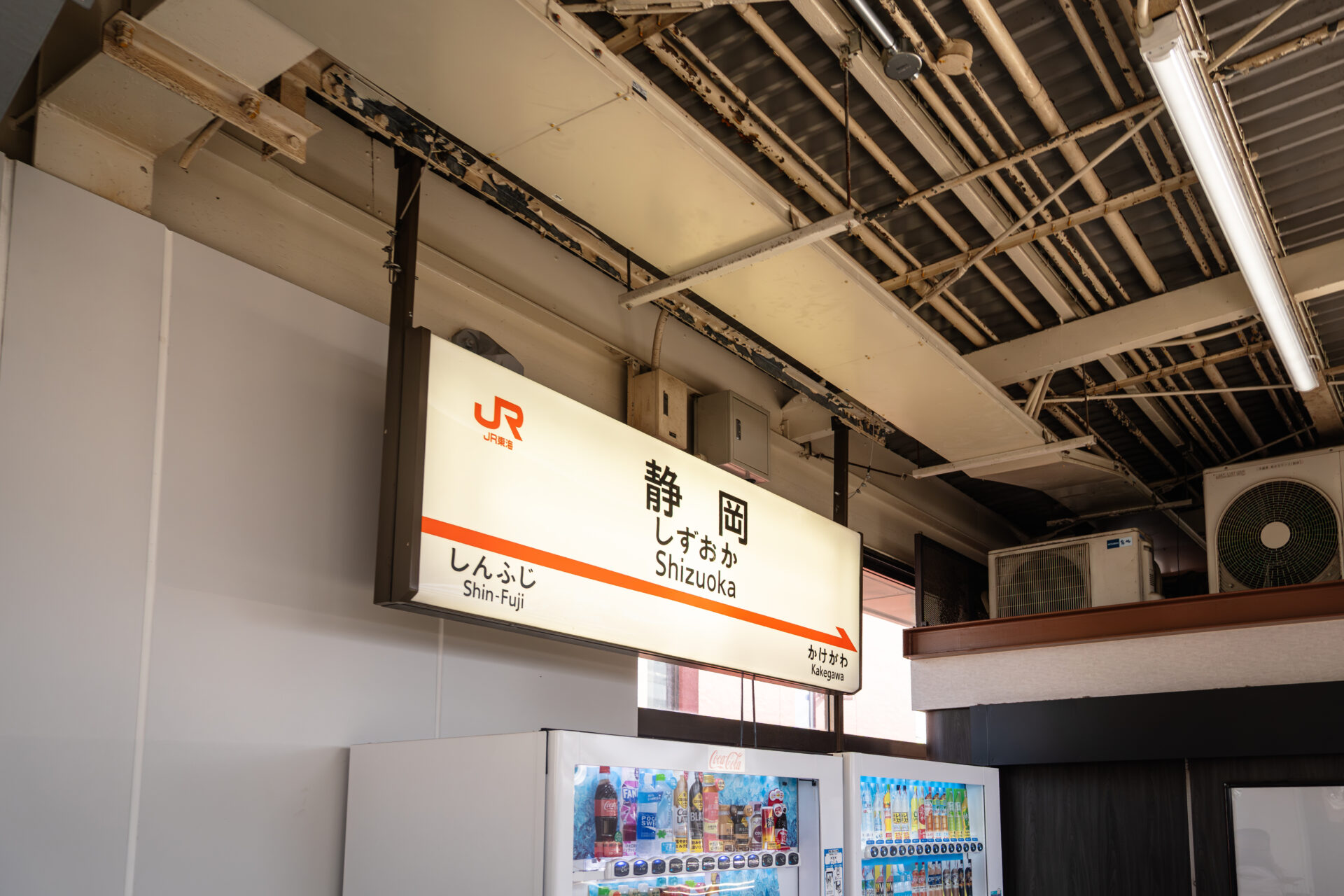
Locals and travelers alike soak their feet in the warm water, creating a serene, unhurried atmosphere that immediately sets the town apart.
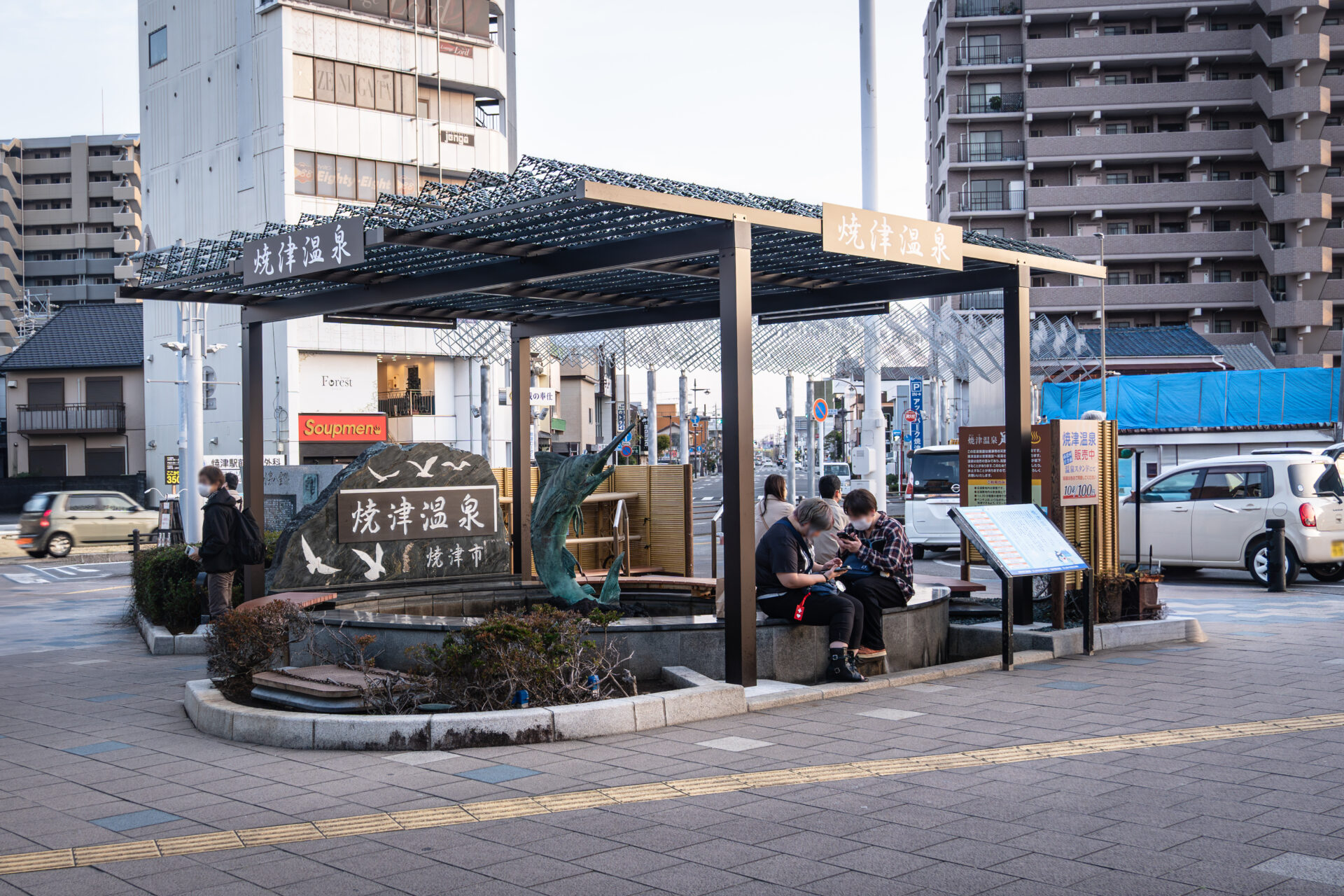
It’s a different side of the Tokaido—one that contrasts with the hustle of Tokyo or Yokohama.
Here in Yaizu, a town of fish and hot springs, the local character begins right from the station.
First, Check-In at the Hotel
After a quick pause by the foot bath, I head to my hotel, just a few minutes’ walk from the station.
Tonight’s accommodation is Kuretake Inn Yaizu Ekimae, a business hotel located near Yaizu Station.
The exterior is modest, but the interior is clean and well-kept, and the location makes it especially convenient.
I drop off my bags and take a short rest in the room.
With the fatigue of travel reset, I’m ready to embrace the next culinary encounter that Yaizu has to offer.
Back to the Station and Onward by Bus for Dinner
After a short break at the hotel, I return to Yaizu Station.
From the nearby bus stop, I board a local bus that takes me toward tonight’s dinner destination.
There’s nothing flashy or overly touristy about the town, but Yaizu flows with a kind of peaceful, everyday rhythm.
Through the window, I watch fishing ports drift by, shop signs in quiet neighborhoods, and rows of low, gentle rooftops.
Known as a “city of fish,” Yaizu already has my appetite stirring in anticipation of tonight’s culinary experience.
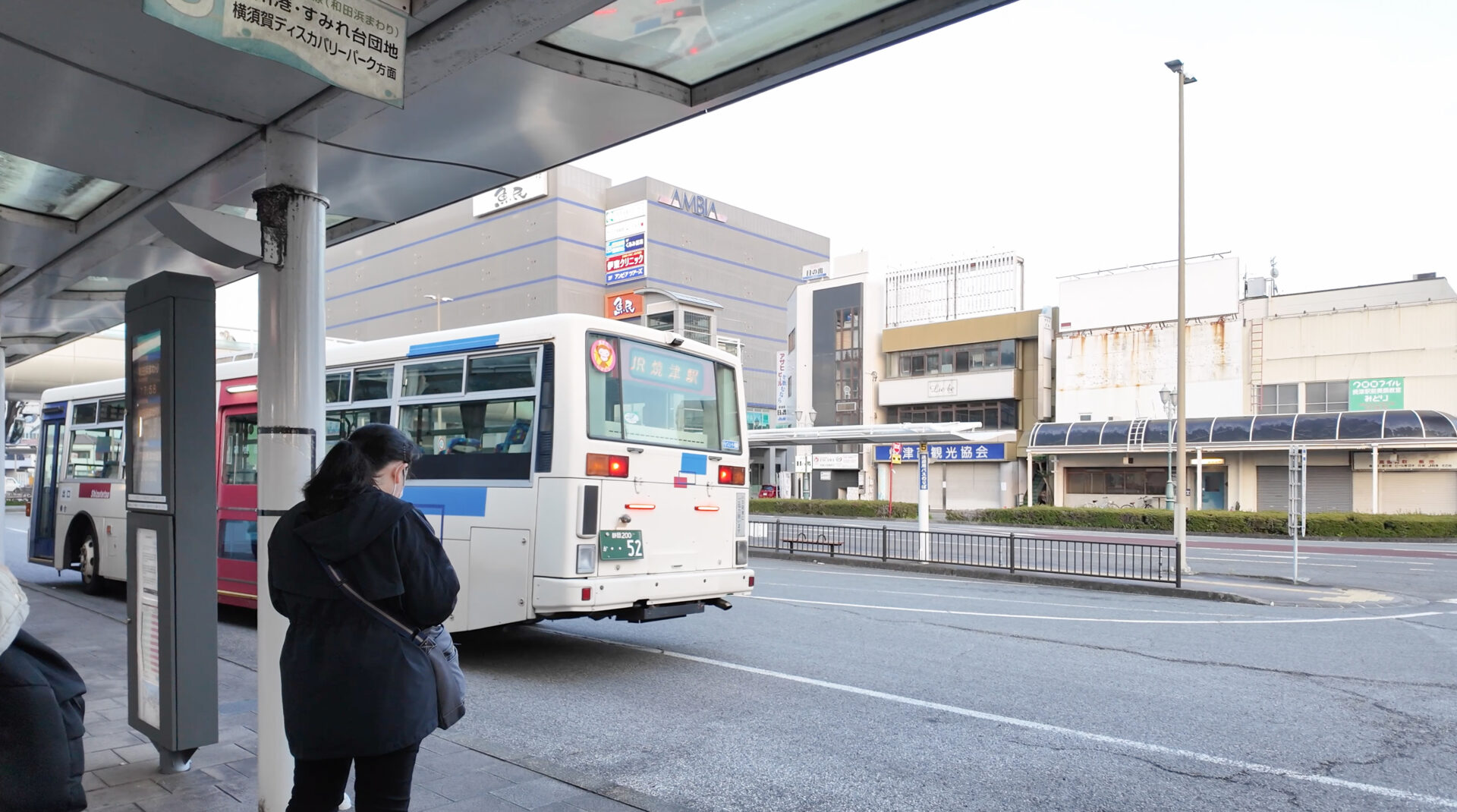
At the End of a Residential Lane, a Quietly Commanding Cha-Kaiseki Restaurant
Getting off the bus and walking down a narrow path, I come upon a quietly elegant establishment:
Cha-Kaiseki Onjaku (温石)—a refined restaurant specializing in tea ceremony-style kaiseki cuisine.
The earthen walls entwined with greenery, a discreet wooden signboard, and a deep crimson noren curtain at the entrance—
the atmosphere feels more like being welcomed into a tea house than a restaurant.
Even from the outside, it’s clear this is not just a meal—it’s a space where time and atmosphere are served alongside the cuisine.
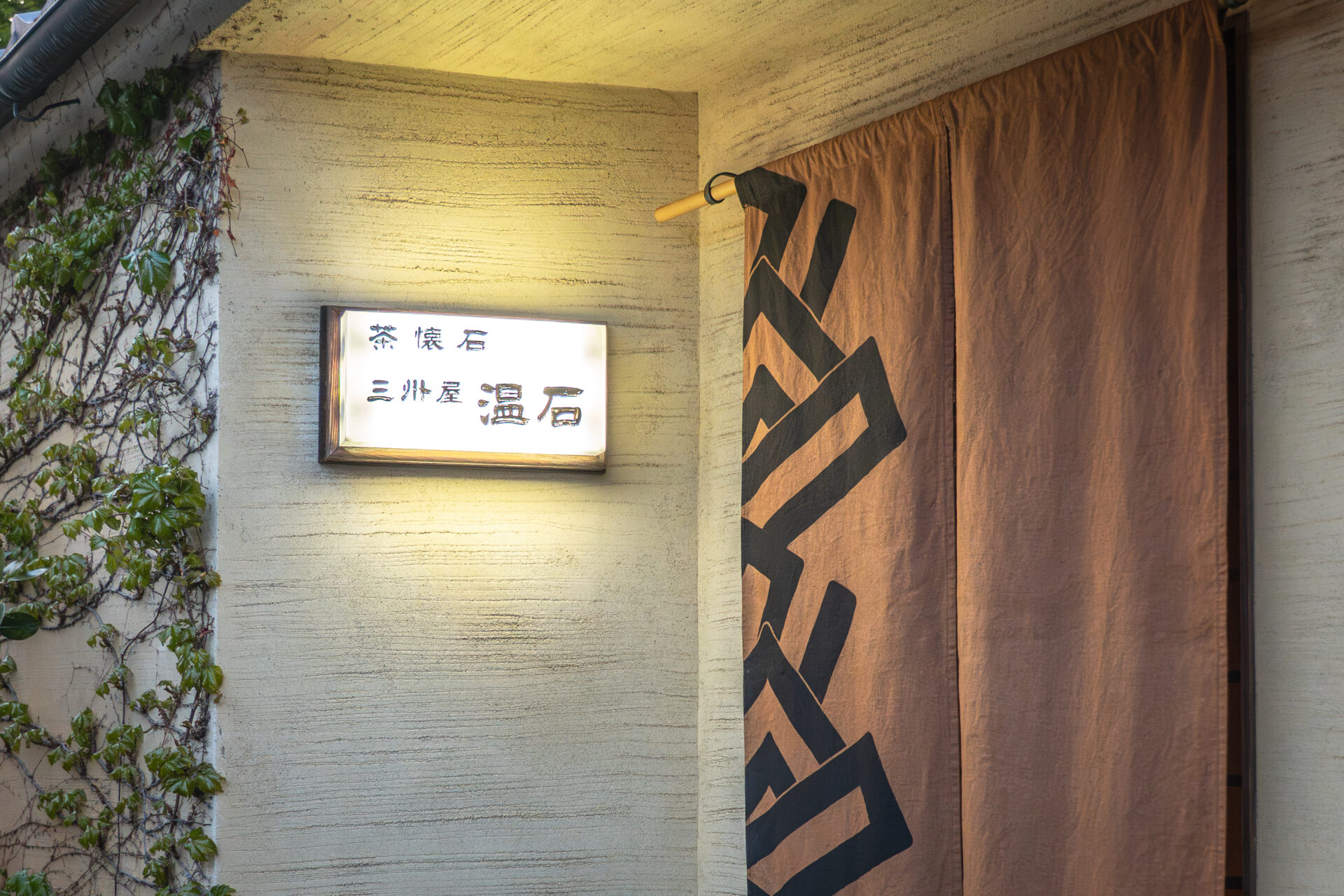
For a full report on the meal and ambiance at Onjaku, please see the detailed article below:
▼ Read the full dinner experience at Cha-Kaiseki Onjaku
- ADDRESS
6-14-12 Honmachi, Yaizu-shi, Shizuoka, Japan
- OPEN
Lunch: Starts at 12:00 PM (fixed start time for all guests)
Dinner: Starts at 6:30 PM (fixed start time for all guests)
Advance reservation only
Closed: Irregular (please check in advance)
Opening hours may vary. It is recommended to check before your visit.
- AWARD
Tabelog Award 2025: Awarded Gold
Tabelog Top 100 Japanese Restaurants EAST 2025: Selected
Past Tabelog Awards:
- 2024: Gold
- 2023: Gold
- 2022: Silver
- 2021: Silver
- 2020: Bronze
Gault & Millau: Listed with a rating of 16/20, featured continuously from 2022 to 2025
Returning to the Hotel, Wrapped in the Evening’s Afterglow
Stepping out after dinner, I find Yaizu wrapped in deep quiet.
The lights of the residential streets flicker past the bus window, and the faint scent of the sea hangs in the air.
I savor the lingering flavors of the meal as I return to the hotel, gently ending the day.
The scent, the warmth, the texture of the tableware—
Each dish from Onjaku slowly unfurls in my memory, leaving a soft imprint.
It was a night touched by the spirit of this place and the sincerity of the chef.
With that quiet impression, Day 1 comes to a graceful close.
DAY 2 | A Morning Bus Ride to the Home of “Asa-Ra”
On the morning of Day 2, I board a local bus from the Yaizu Station terminal.
The town is still just waking up, and I’m heading toward a spot I’ve been eager to visit.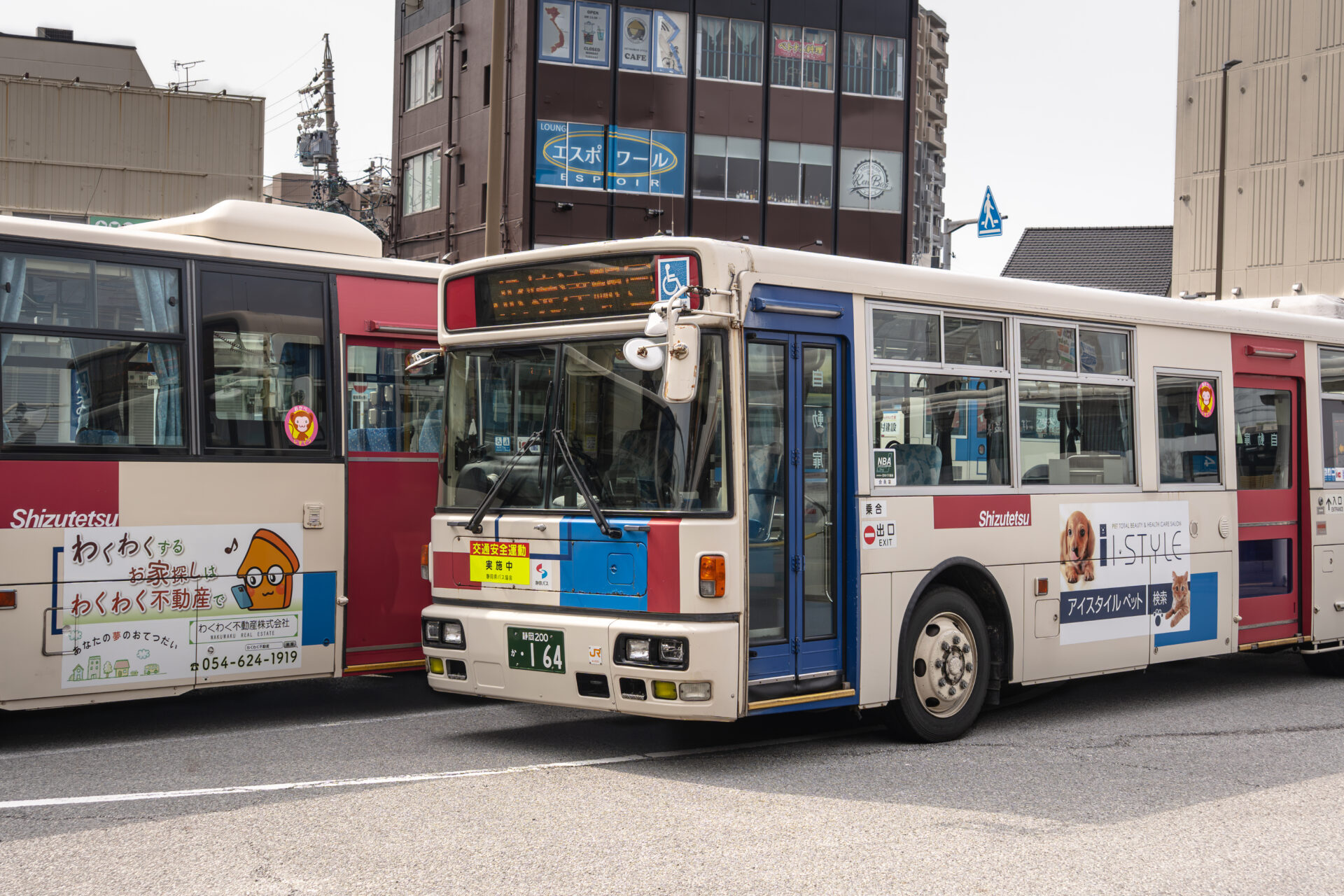
Yaizu is also known as a mecca for asa-ra—“morning ramen.”
Among the local favorites, there’s one shop in particular that’s said to attract chefs themselves.
Even the chef at Onjaku I visited last night is a regular. That’s how highly regarded this place is.
The destination: Mensobo LEO (麺創房LEO), easily recognizable by its bright yellow noren.
With quiet excitement, I step through the curtain I’ve long wanted to pass.
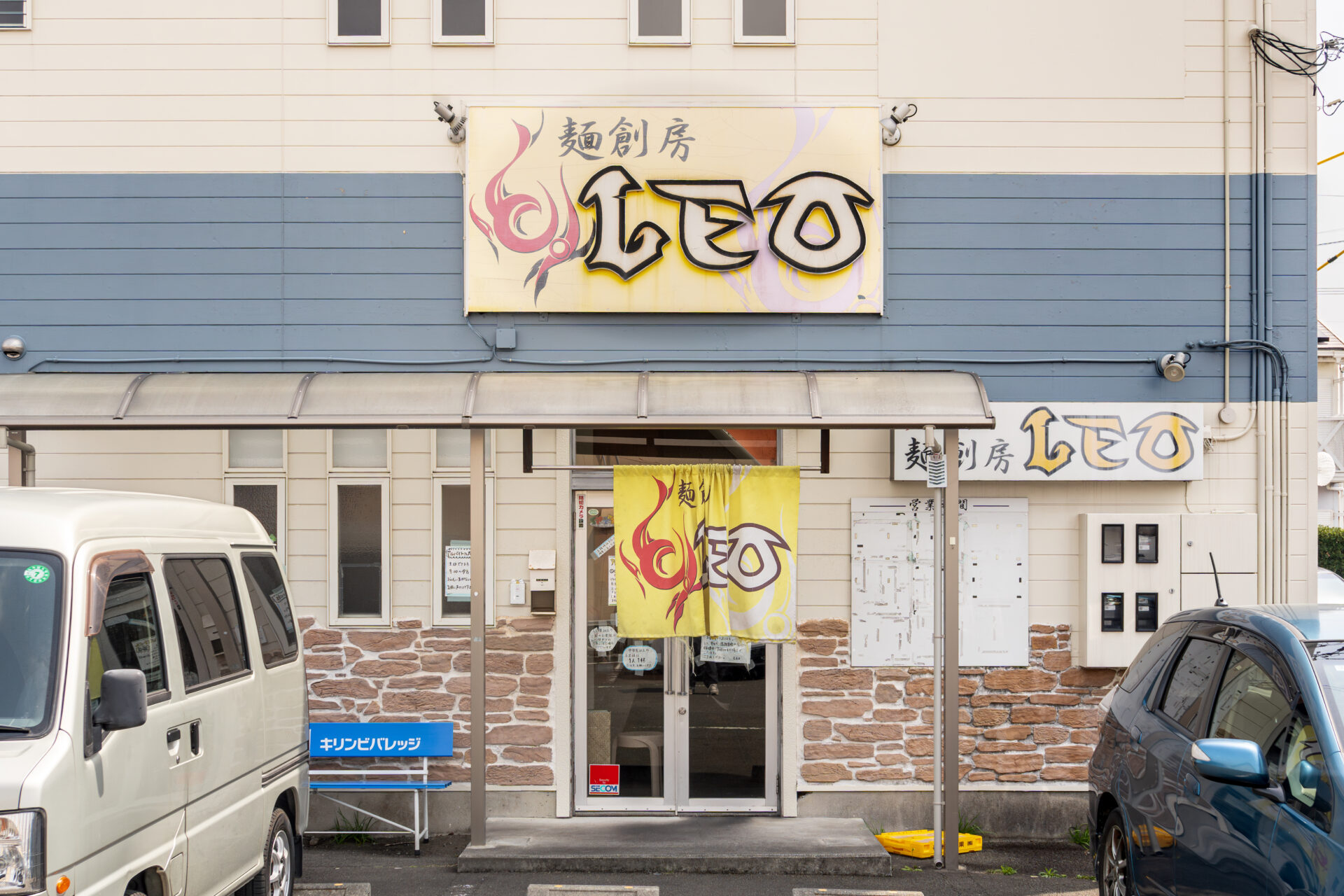
Starting with “Reiko-men”: Cold Noodles with the Fragrance of Mochi Wheat
My first bowl is their popular Reiko-men (冷香麺)—a chilled noodle dish.
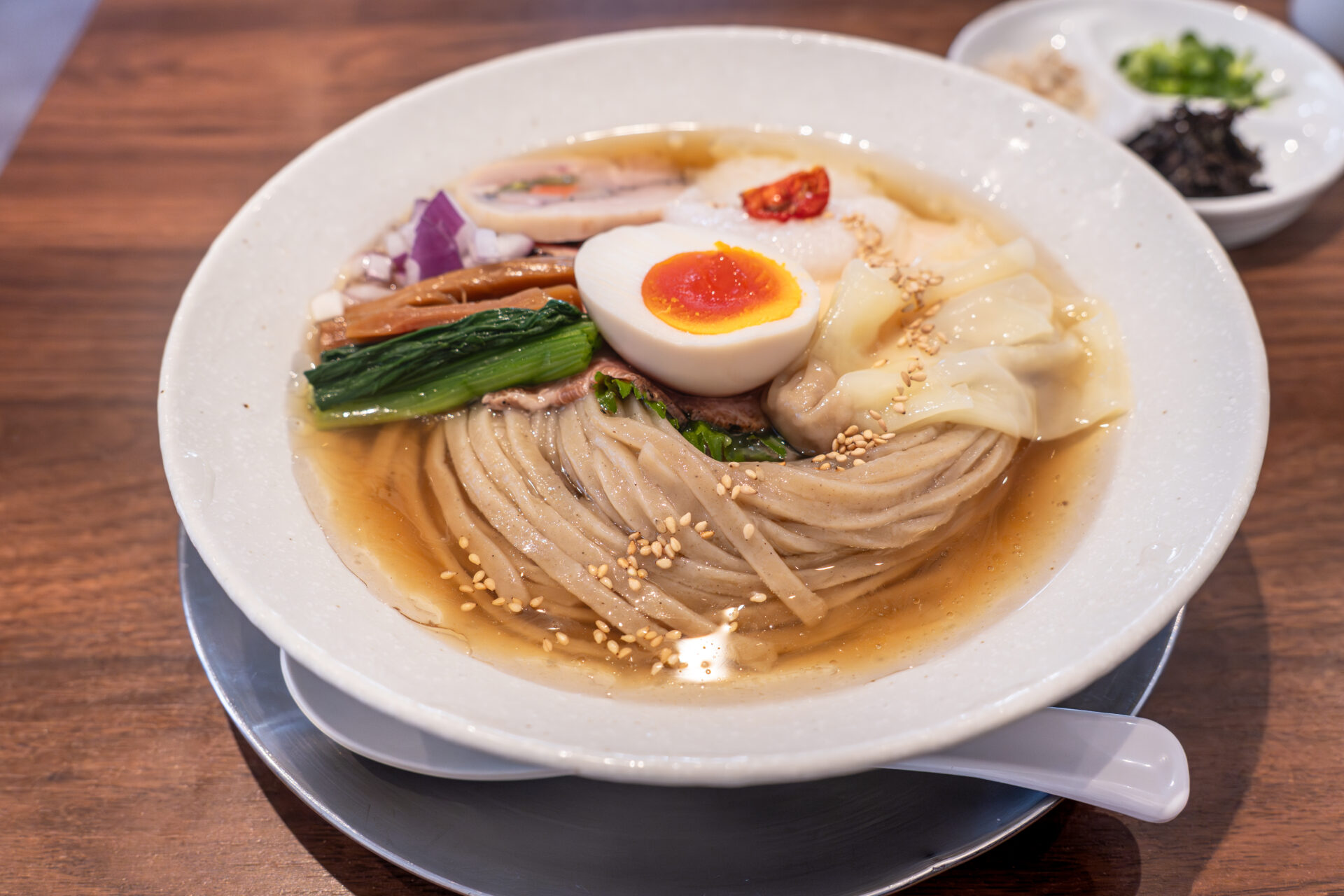
Thicker noodles, tightened thoroughly with cold water, are made from domestic mochi wheat.
From the first slurp, the aroma and springy texture evoke the name perfectly—like fragrant, chewy mochi in noodle form.
They’re smooth on the surface, but with a satisfying bounce.
The delicate sauce clings just enough to enhance the natural sweetness and aroma of the noodles.
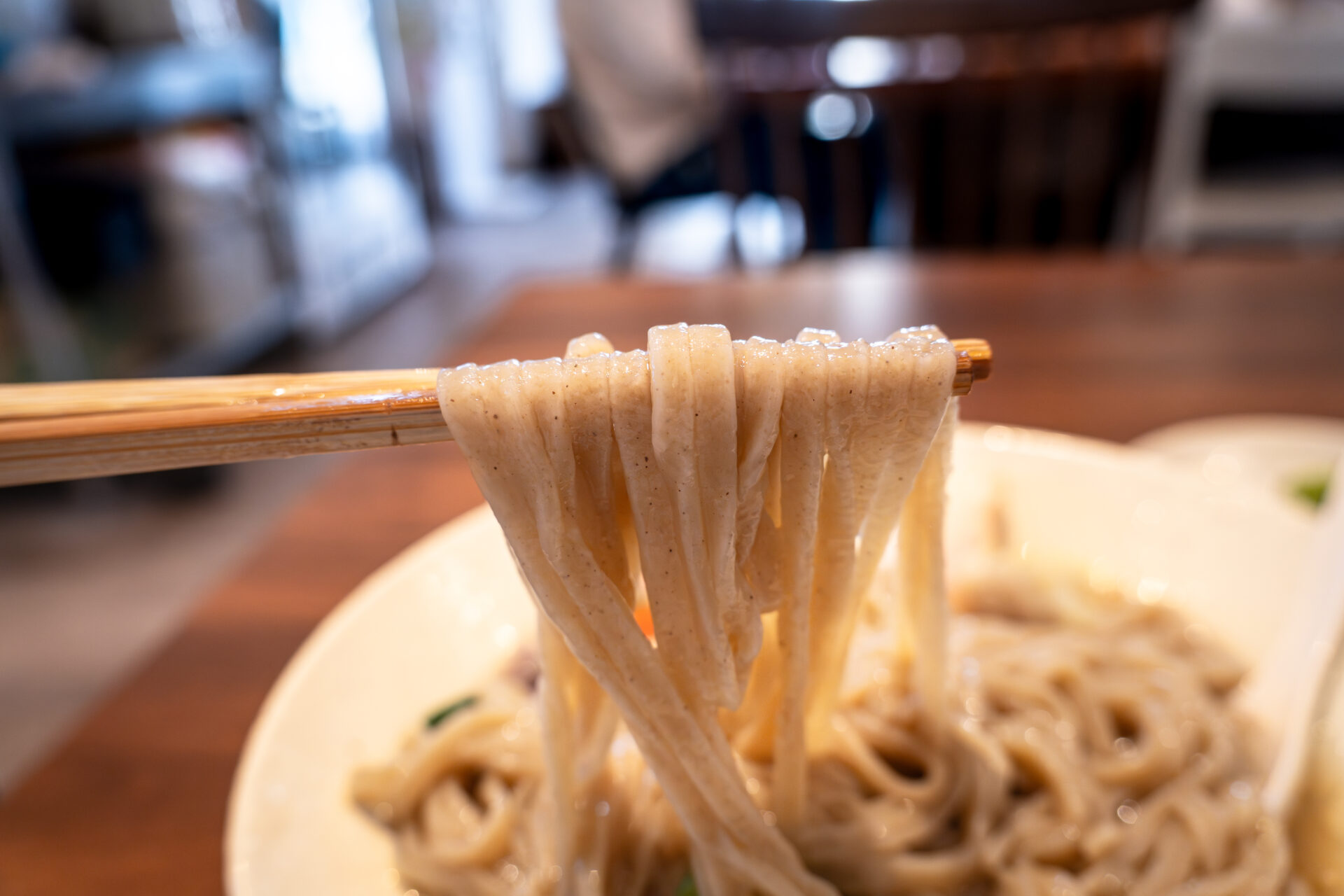
Toppings include sous-vide chashu, wontons, menma, scallions, and a fragrant sheet of roasted nori.
There’s even a plate of condiments designed for flavor shifts as you eat, adding to the fun and depth.
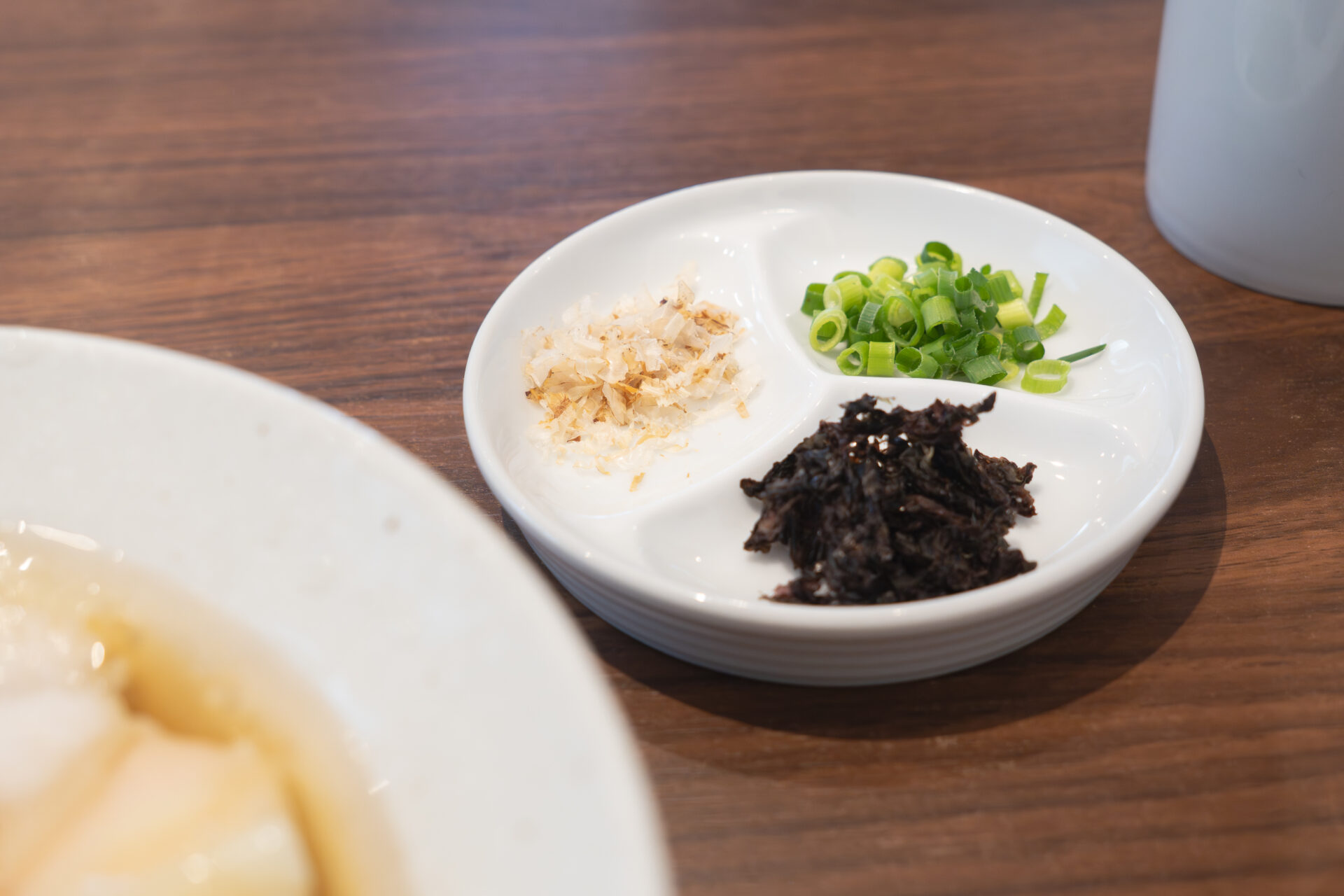
Honestly, it was exactly to my taste.
The ingredients and presentation felt more like a composed dish than a bowl of ramen.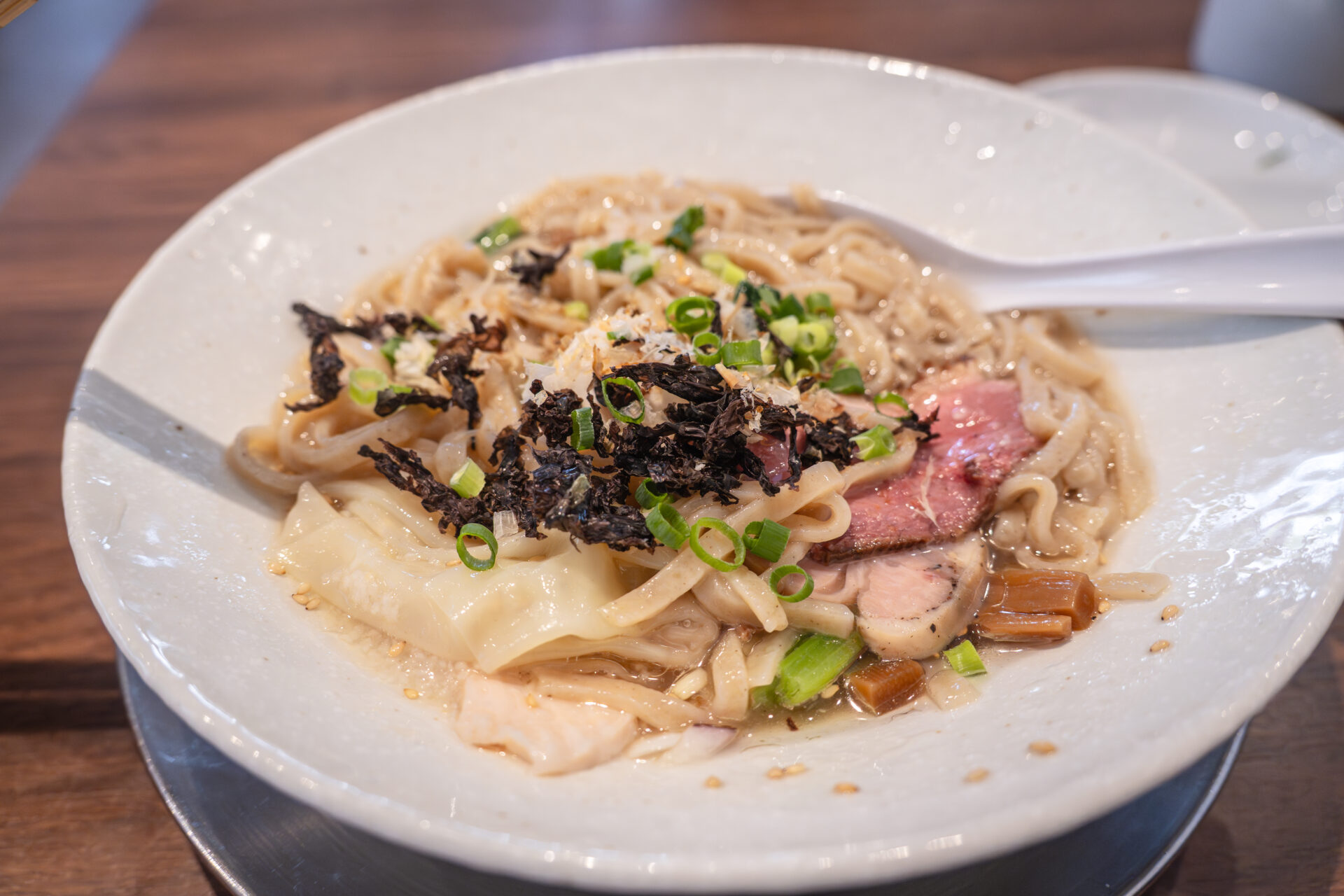
A Bowl of Balance: House Soy Sauce and Artfully Paired Noodles
Next up was their Special Shoyu Ramen, featuring their signature Tomoe Soy Sauce (巴醤油).
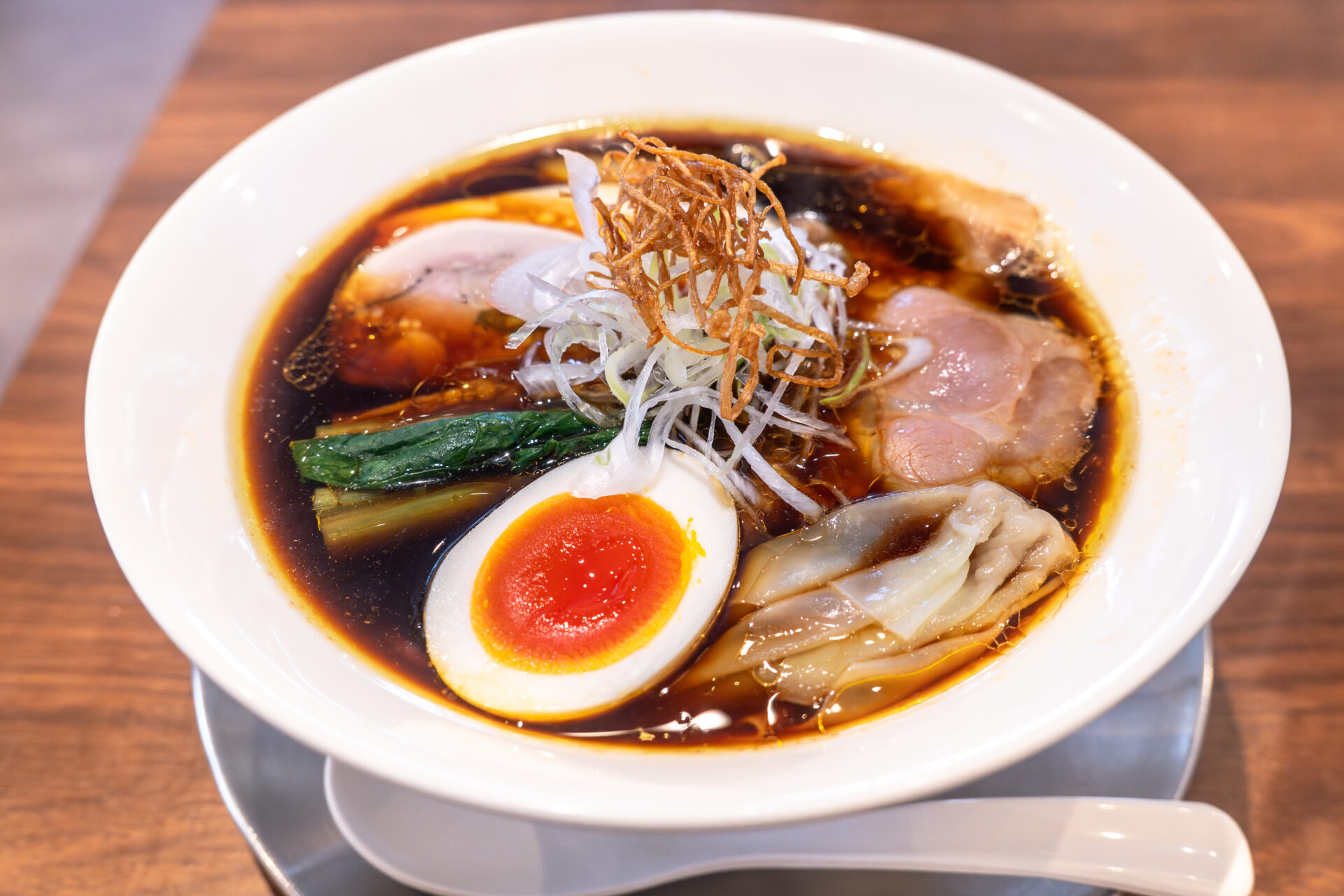
From the moment the spoon touched the broth, a mellow, rich aroma rose up.
The flavor was layered and deep, with a clear soy profile but zero harshness—just an unfolding wave of umami.
Paired with it: house-made, medium-thick straight noodles.
Smooth on the tongue, firm to the bite. Each chew released the grain’s full character and melded perfectly with the broth.
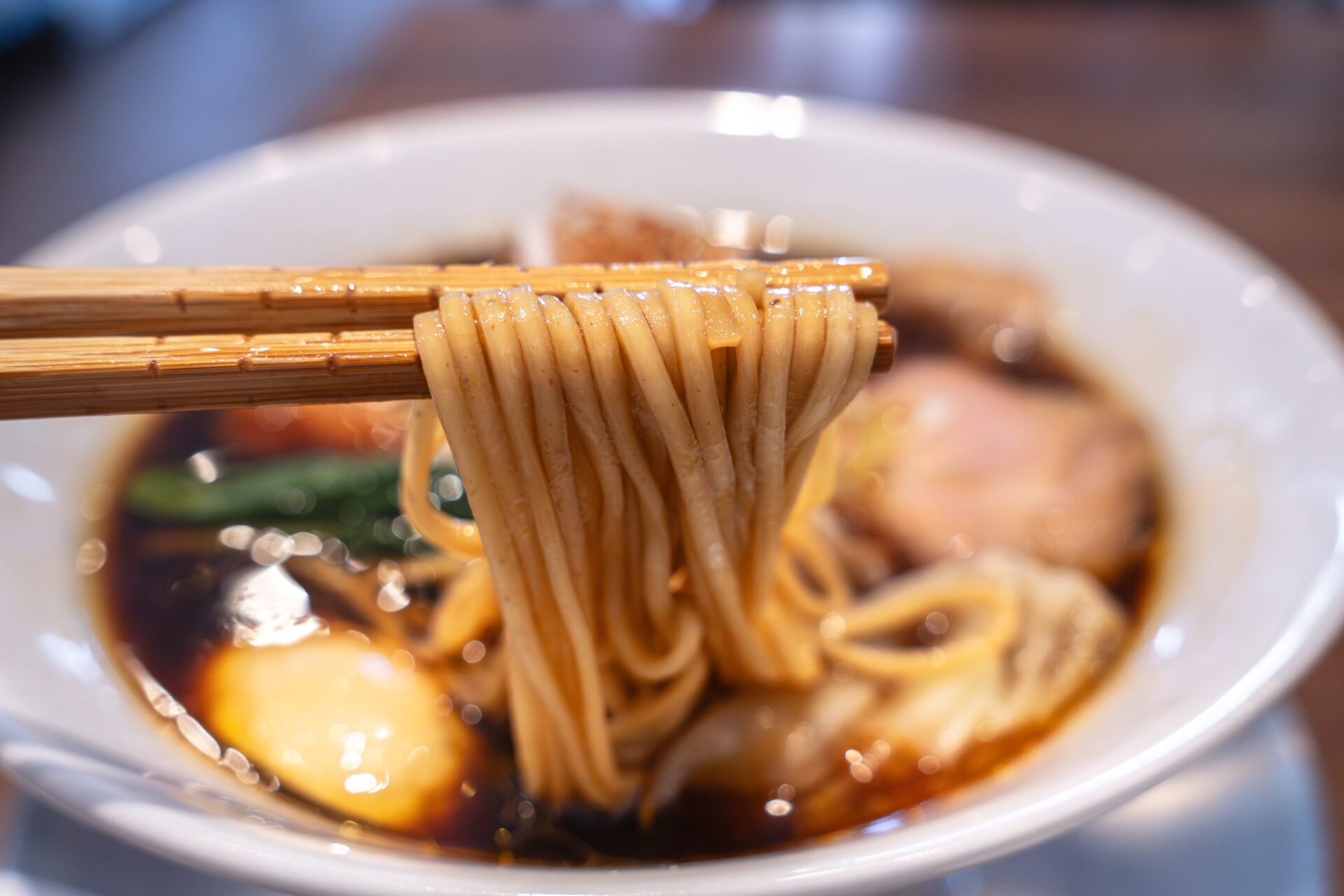
The toppings showed the same attention to detail.
Sous-vide chashu was tender and juicy. The seasoned egg was cooked to perfection.
Wontons, greens, shredded scallions, and threads of chili—all in harmony, no excess, no gaps.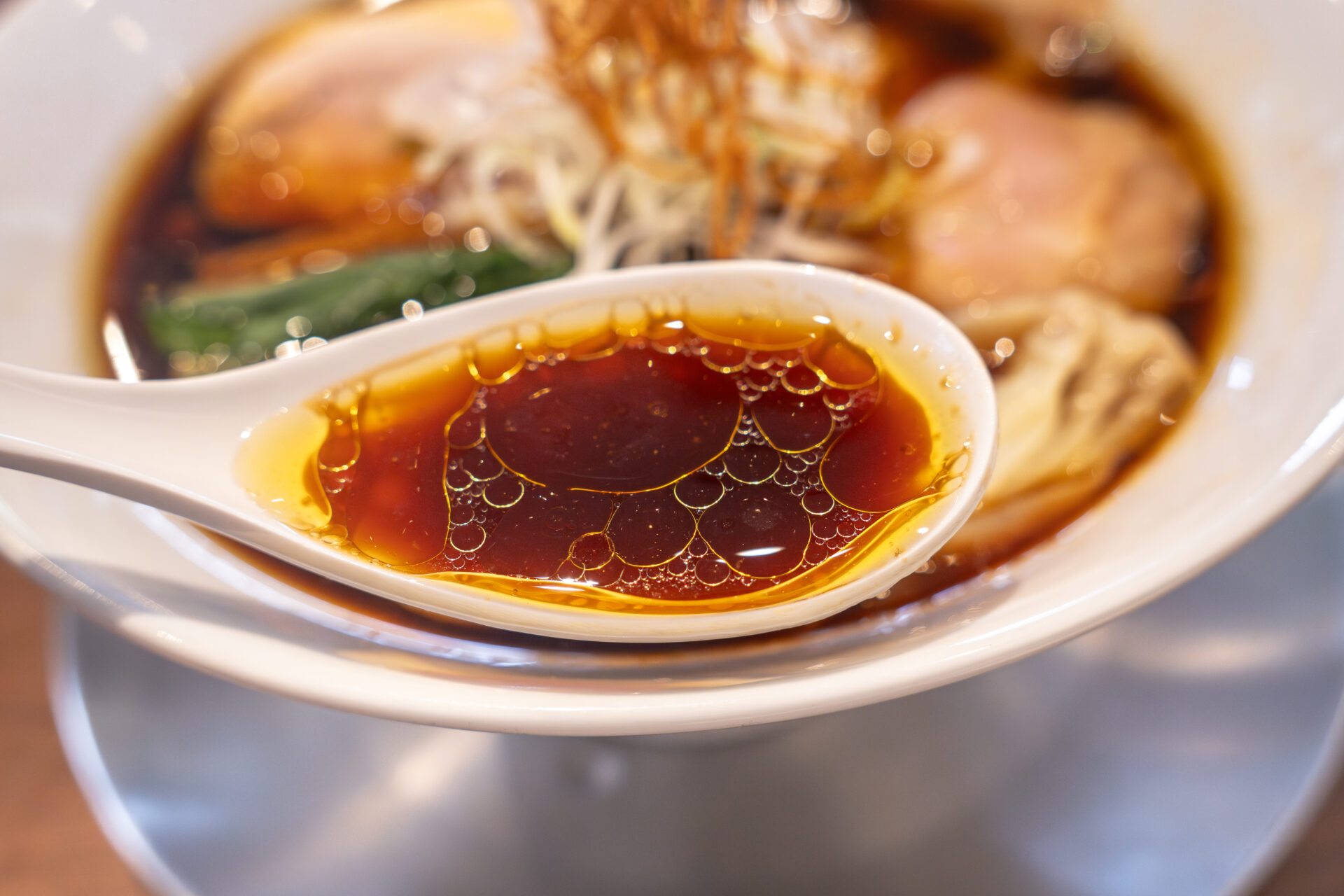
It was a bowl that combined deliciousness with precision and quiet confidence.
With a Memory and a Bottle of Soy Sauce
After the meal, I had the chance to briefly chat with the chef—thanks to a kind introduction.
To my surprise, he gifted me a bottle of their house-made Tomoe Soy Sauce to take home. A completely unexpected treasure.
From chilled dishes to clear soups to seasonal specials, the menu here is vast.
And yet, for every variation, they produce corresponding noodles in-house.
This level of dedication is rare anywhere, let alone in a small city.
Not just in taste, but in composition and execution, this shop is clearly among Japan’s best.
This morning made one thing certain: I now have a solid reason to return to Yaizu.
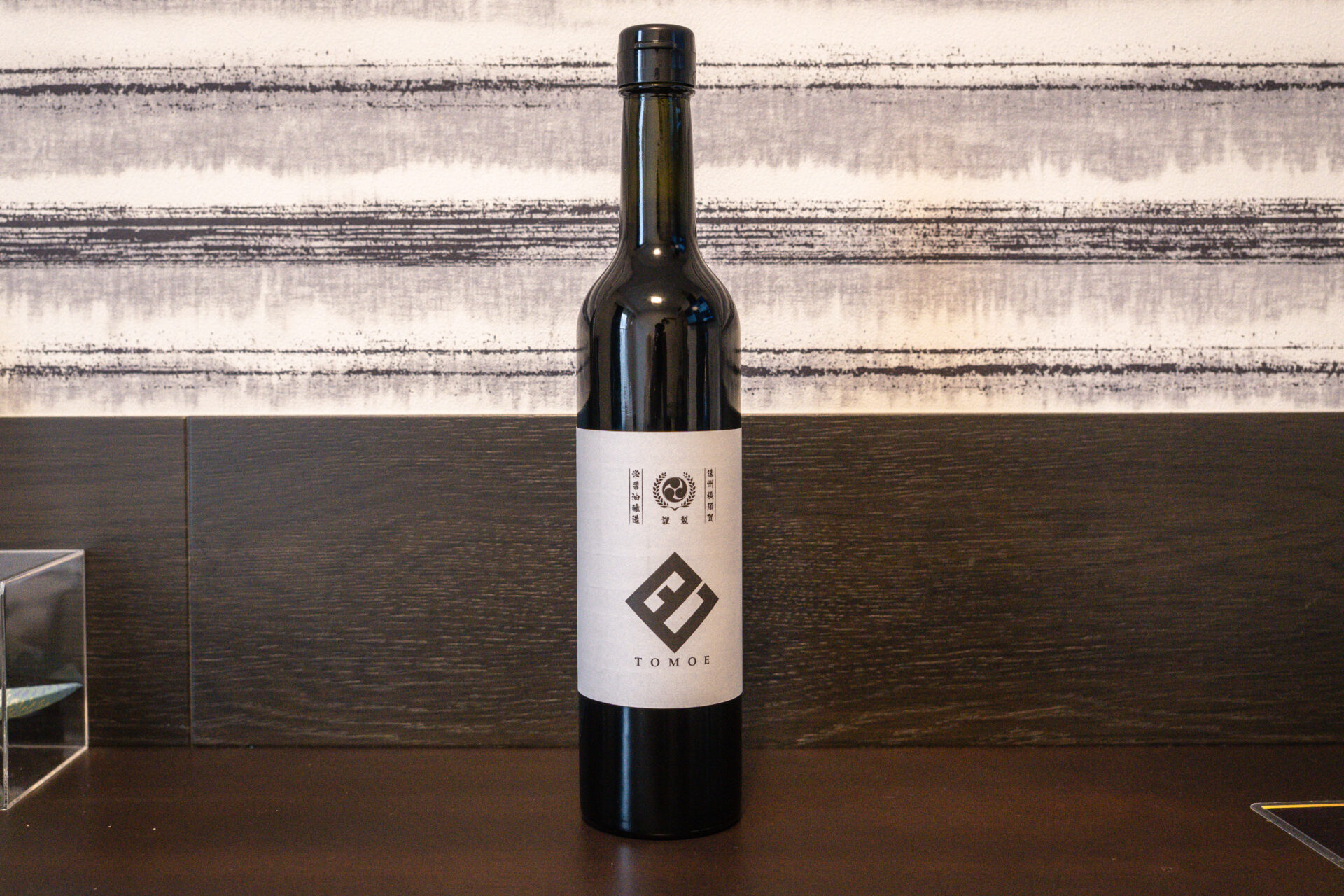
And Toward Another “Sanctuary”—But…
After a blissful morning ramen at LEO, both my stomach and heart fully content, I set off for my next destination:
Sasue Maeda Fish Shop—a name that is inseparable from the story of Yaizu.
It’s a renowned institution, trusted by top chefs from across Japan.
The dinner I enjoyed at Onjaku the night before simply wouldn’t be the same without their fish.
Imagining the moment I would finally pass through the noren curtain, I arrived at the storefront—
Only to be met with a sign: “Opens at 12:00.”
It was still morning.
With few ways to pass the time nearby and my next appointment approaching, I had no choice but to move on with regret.
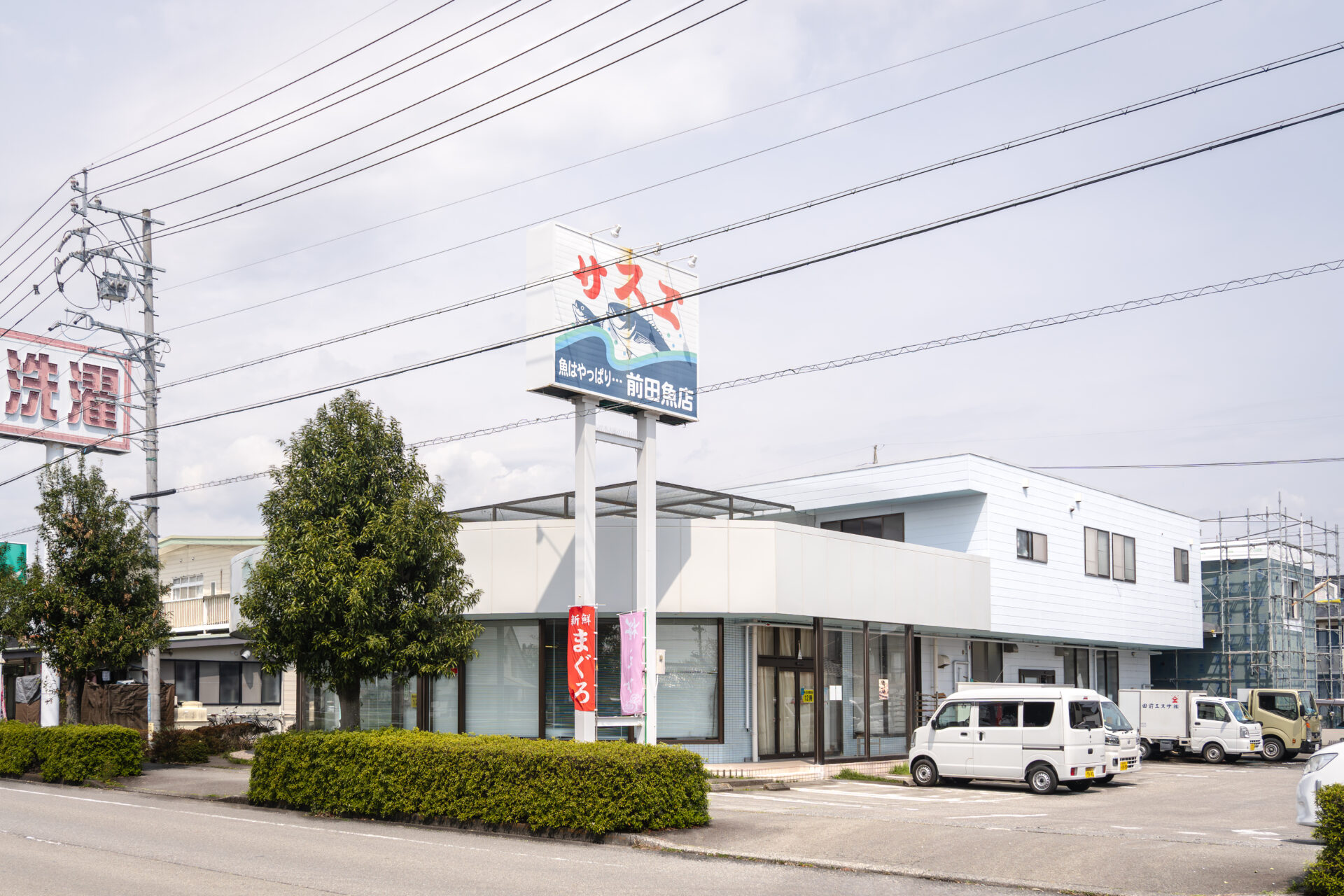
On a nearby manhole cover, I spotted an image of bonito and Mt. Fuji—
a quiet but vivid reminder that this is a town of the sea and of fish.
With a silent vow of “Next time for sure,” I left Yaizu behind.
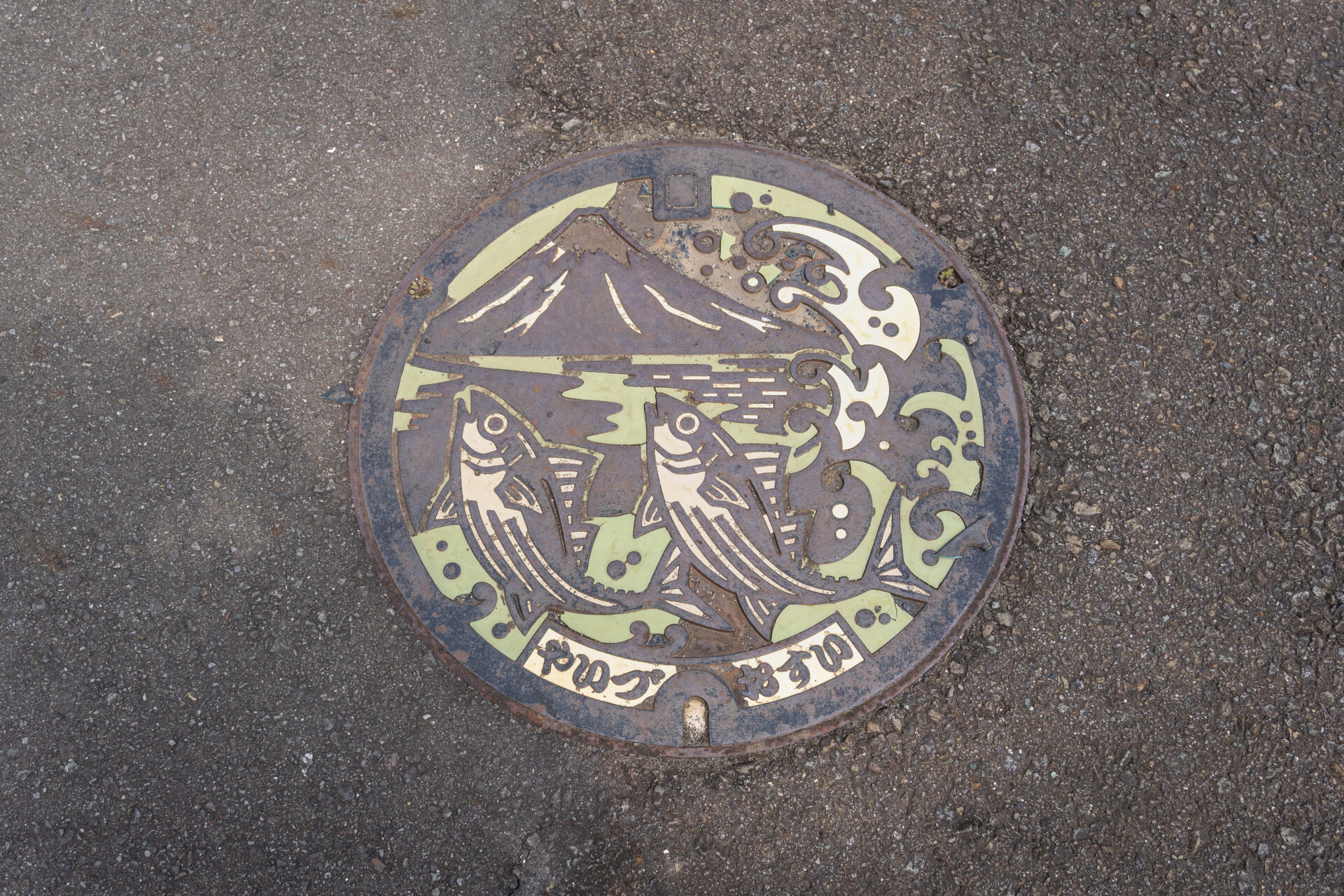
From Yaizu to the Next Stop: Hamamatsu
Next on the itinerary was Hamamatsu.
From JR Yaizu Station, I boarded the Tokaido Line and headed westward at a relaxed pace.
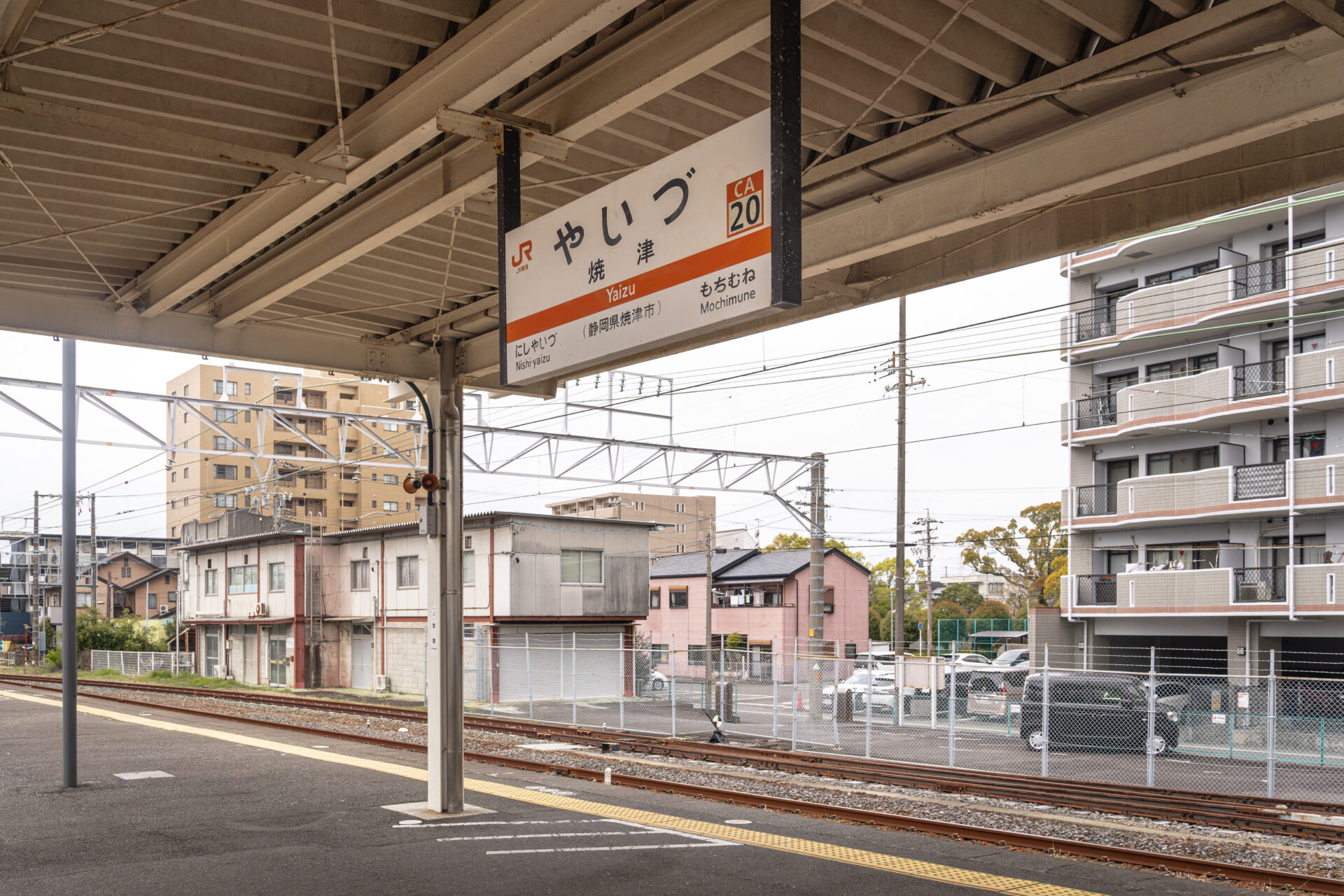
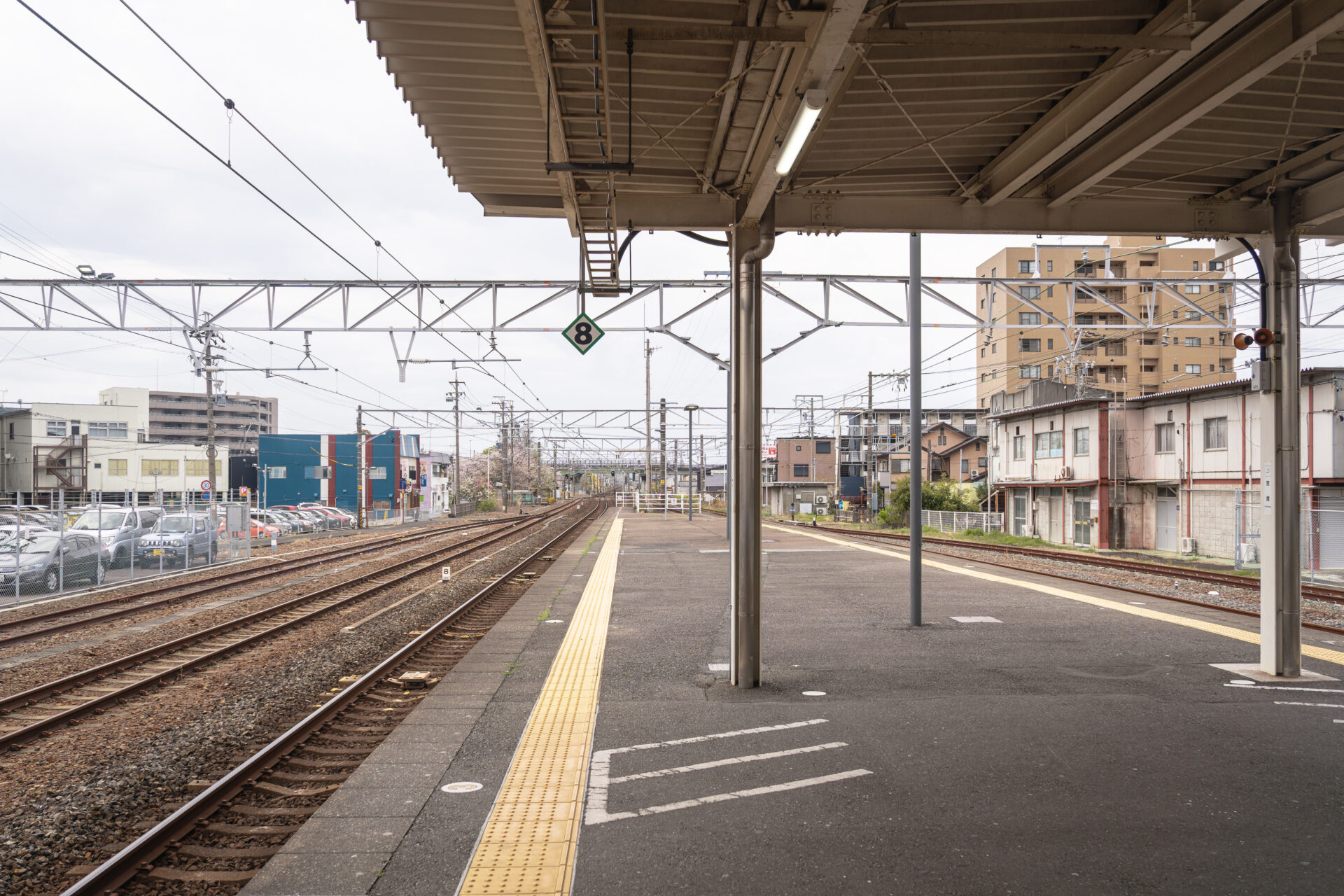
he LED display read “Toward Hamamatsu / Toyohashi.”
Watching the landscape gradually change from the train window, I felt as though I were continuing a chapter in the story of the Tokaido.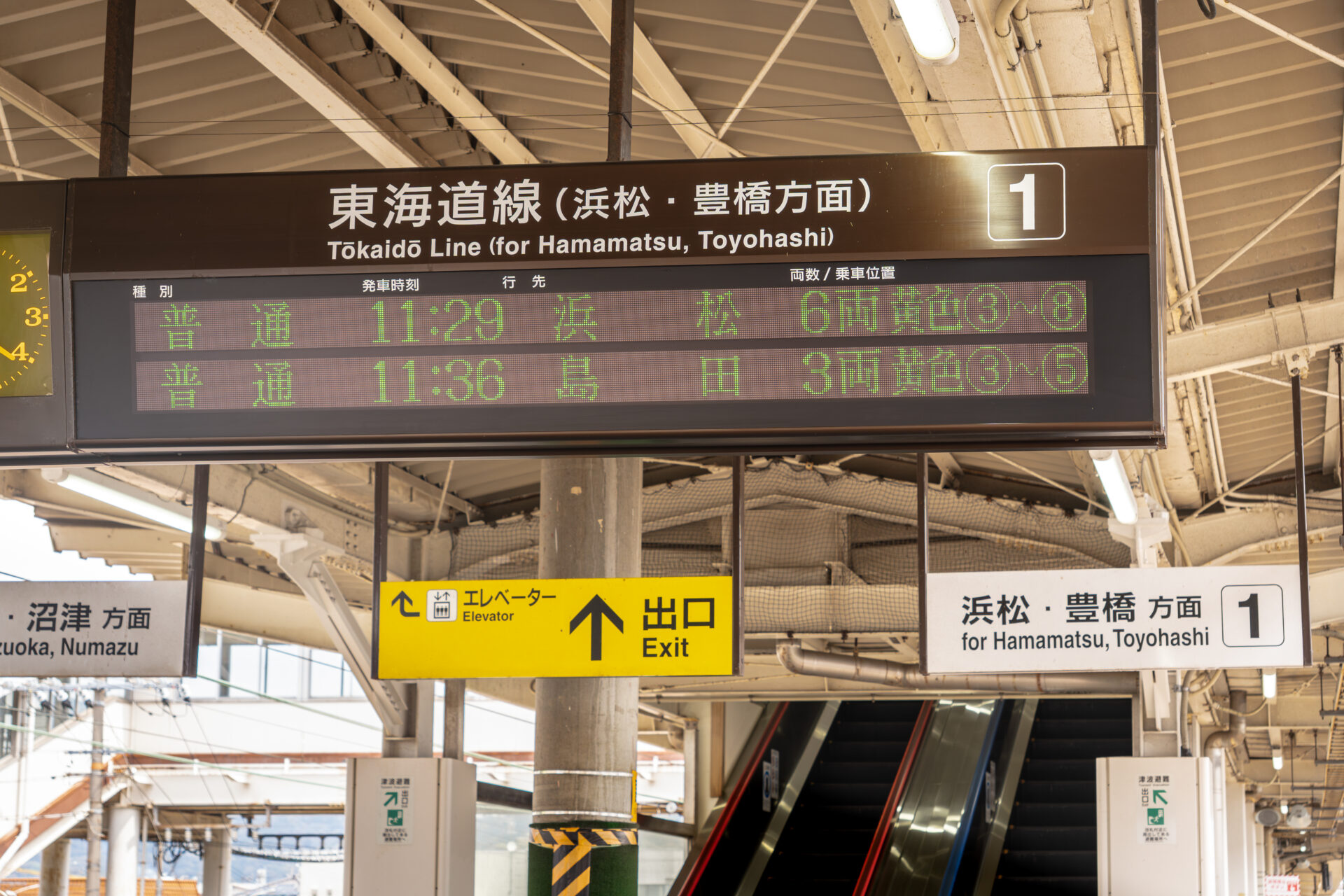
Soon, I arrived at Hamamatsu Station.
A lively weekday afternoon filled the station square, with people going about their day.
Here begins a new encounter—with another city, and with another flavor.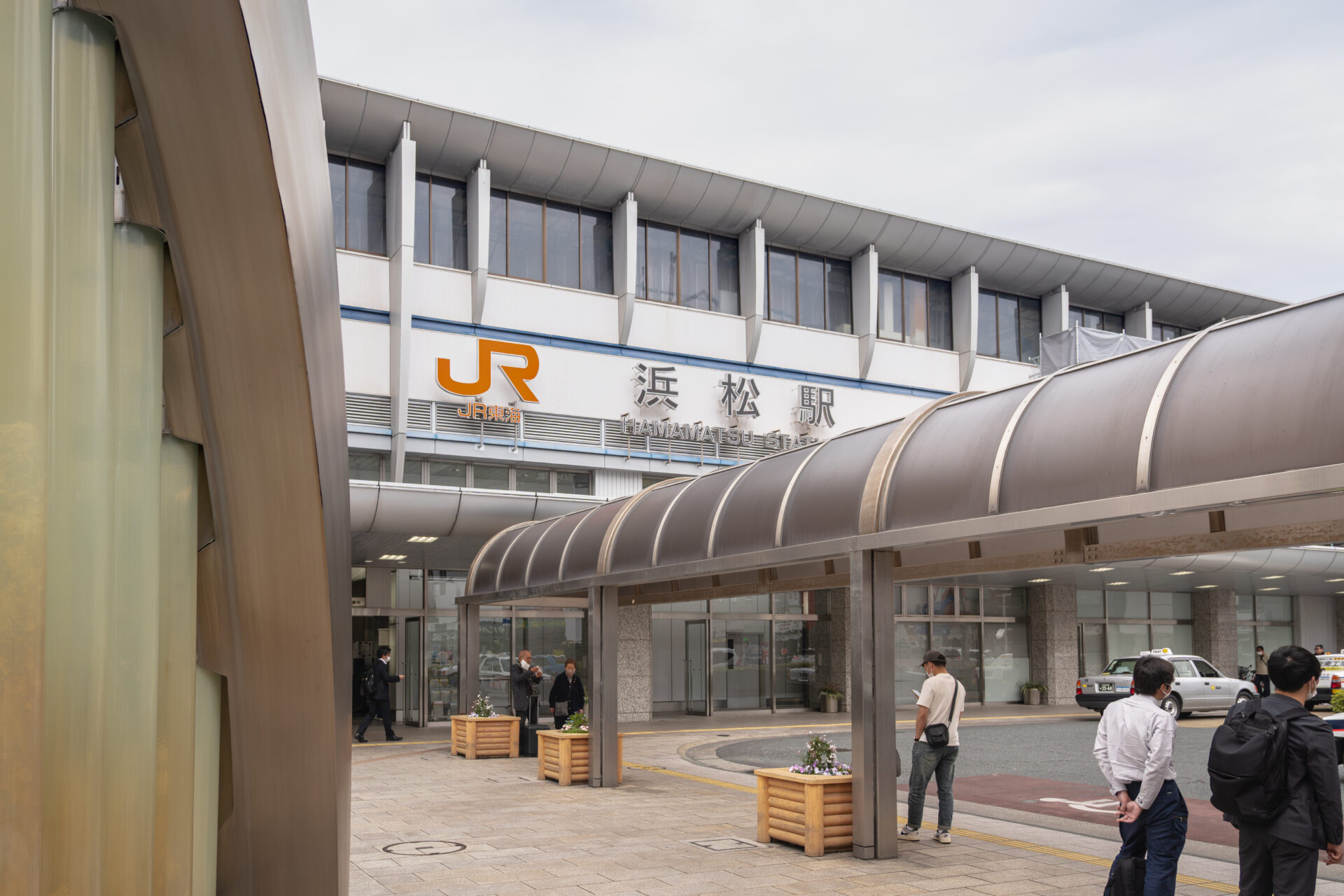
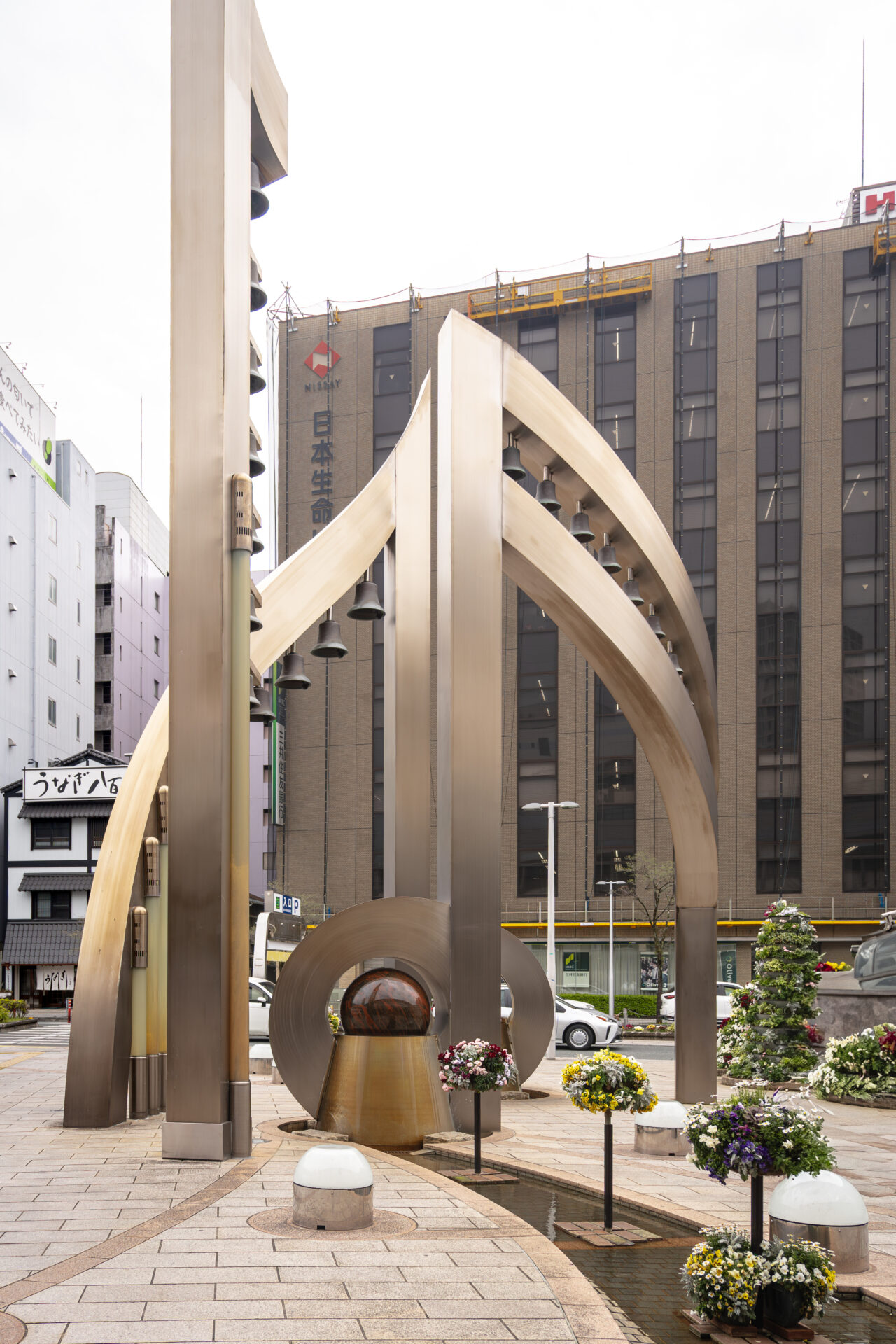
Checking In and Enjoying the Time Before Dinner
After dropping off my luggage and taking a brief rest, I decided to go for a light stroll while the sun was still high.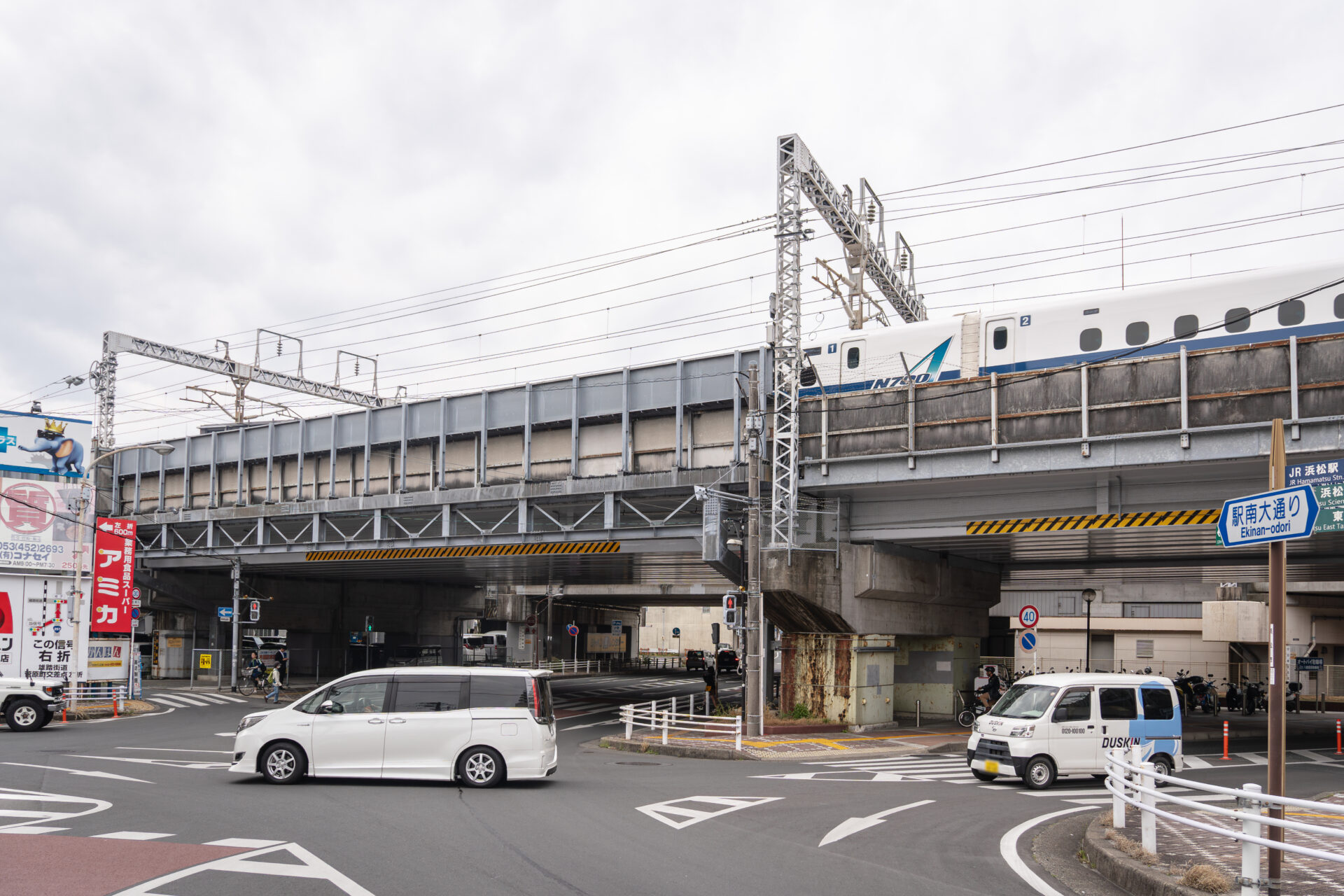
I headed for Hamamatsu Castle Park, located in the center of the city.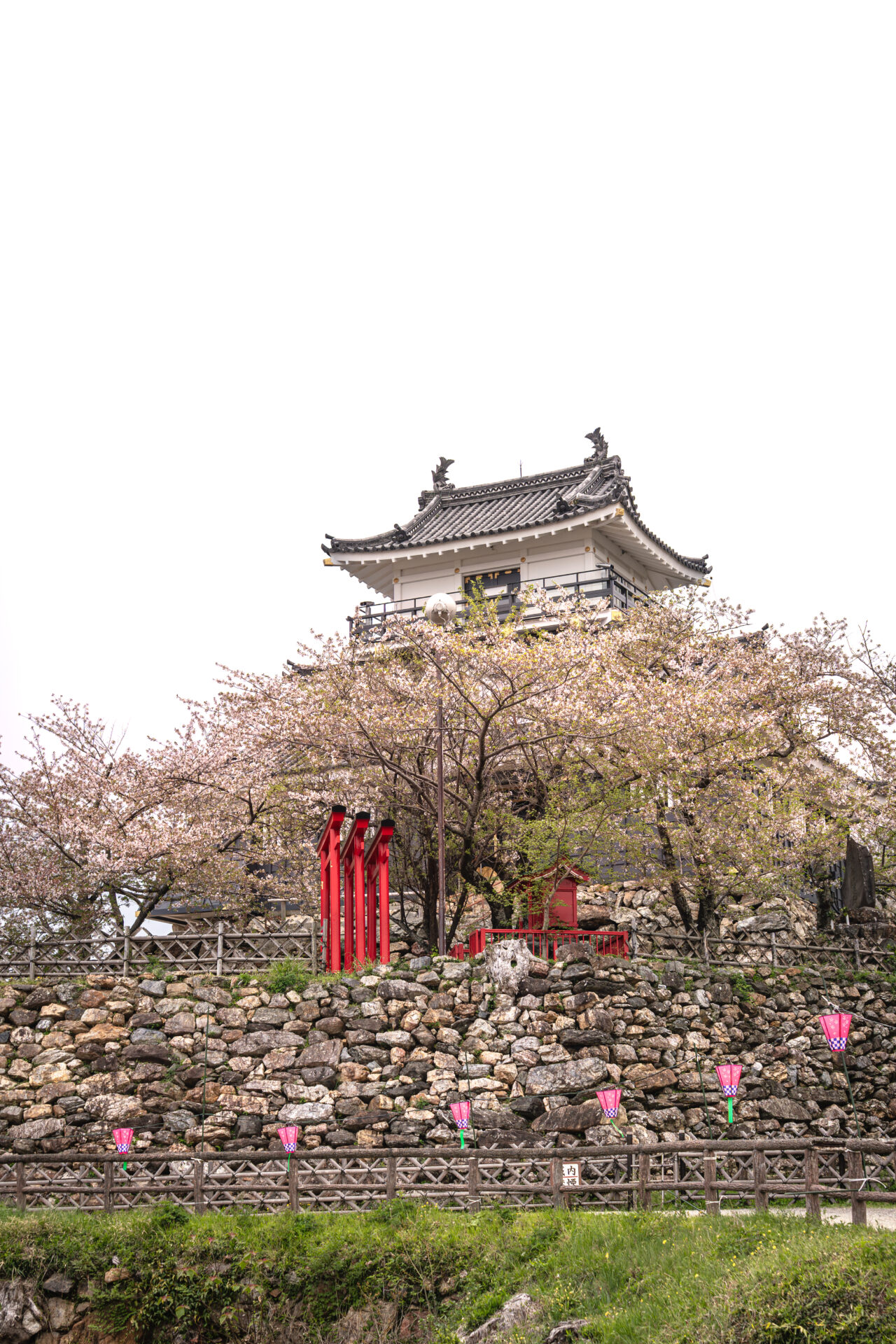
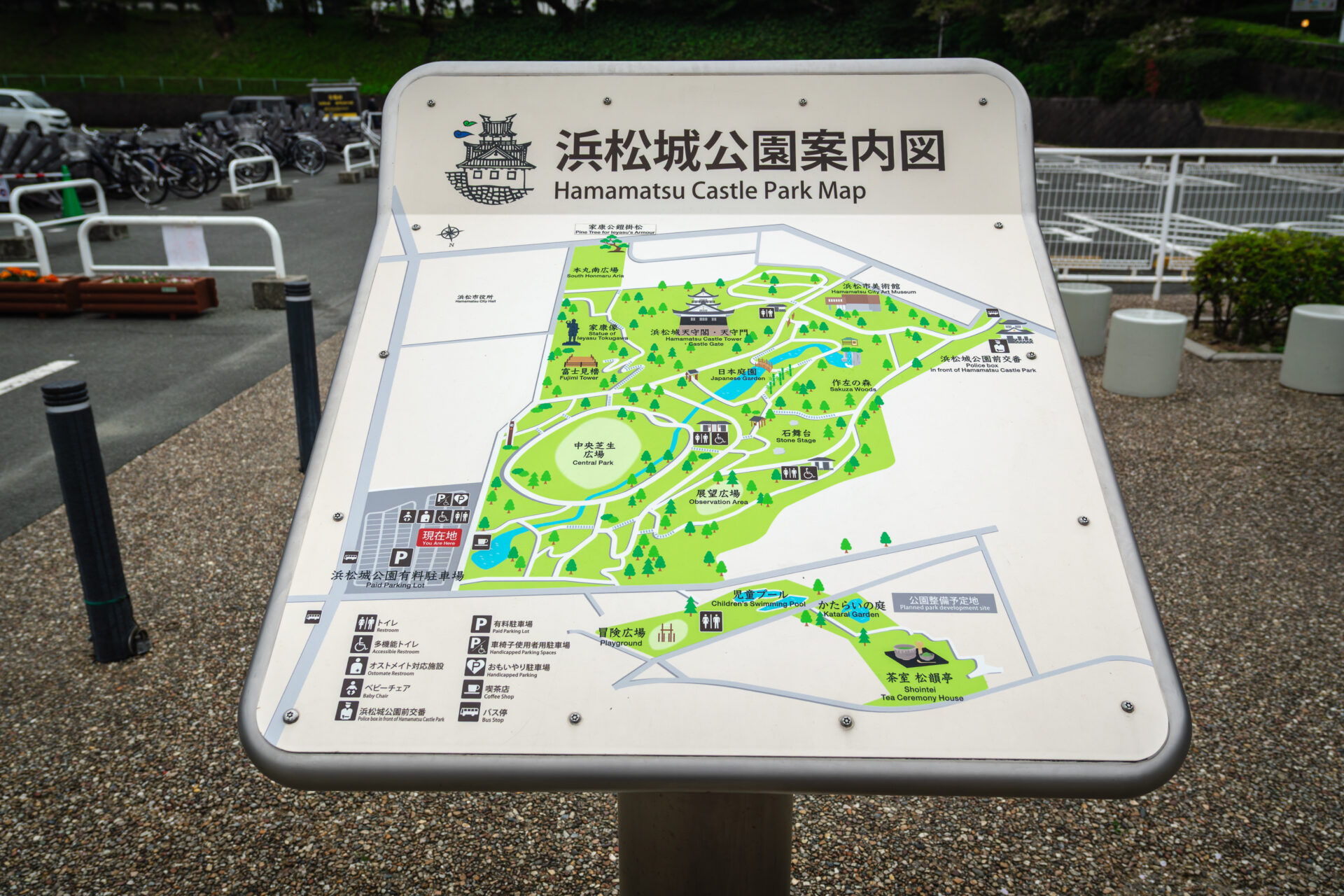
Once the stronghold of Tokugawa Ieyasu, Hamamatsu Castle is affectionately known as the “Castle of Success.”
A statue of the young Ieyasu stands beside the keep, gazing over the city beyond the stone walls still adorned with the last cherry blossoms.
The bloom was nearly over, but the fluttering green leaves and scattered petals swaying in the breeze left behind a quiet trace of spring.
With only a few tourists around, the calm atmosphere allowed for a slow, reflective moment.
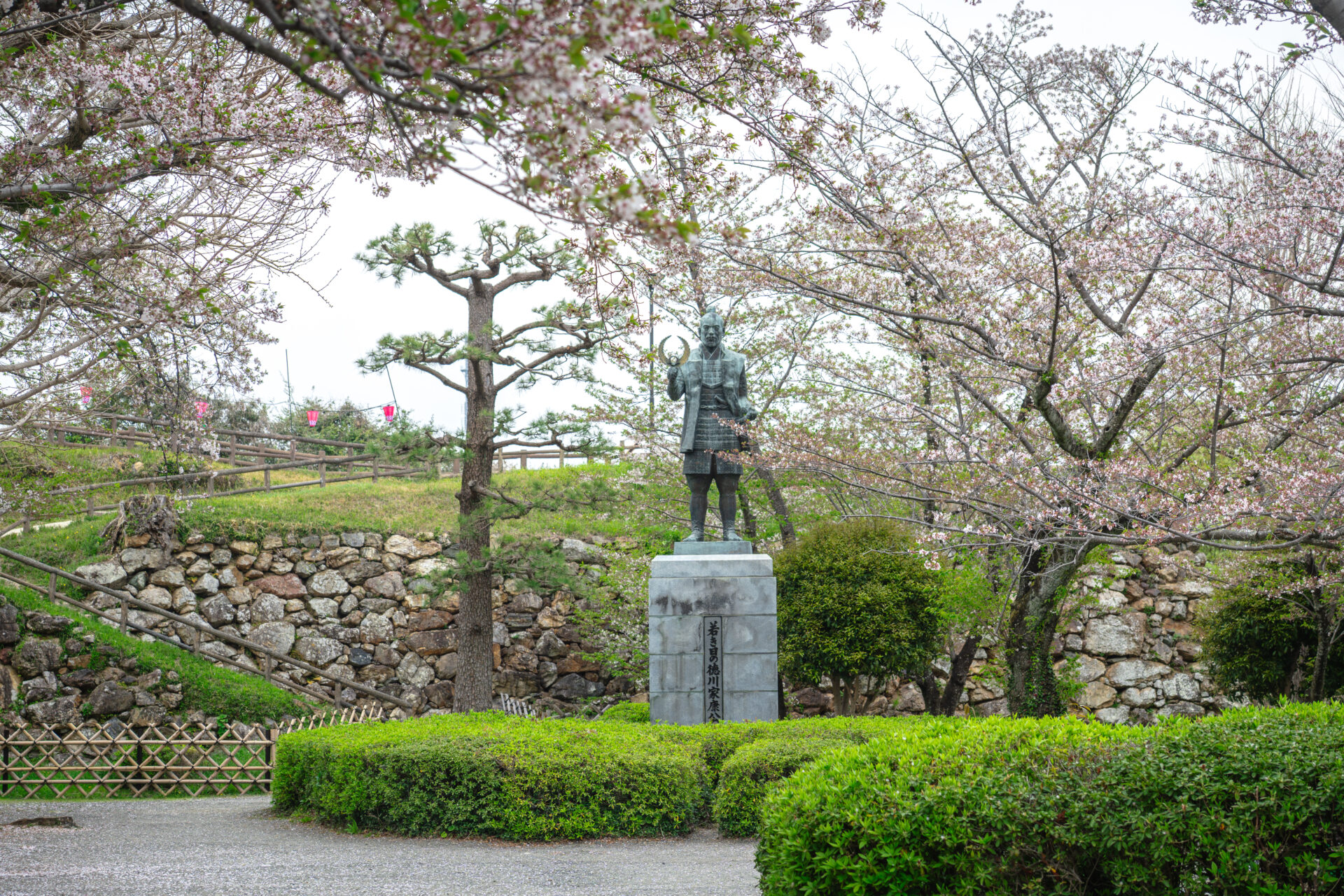
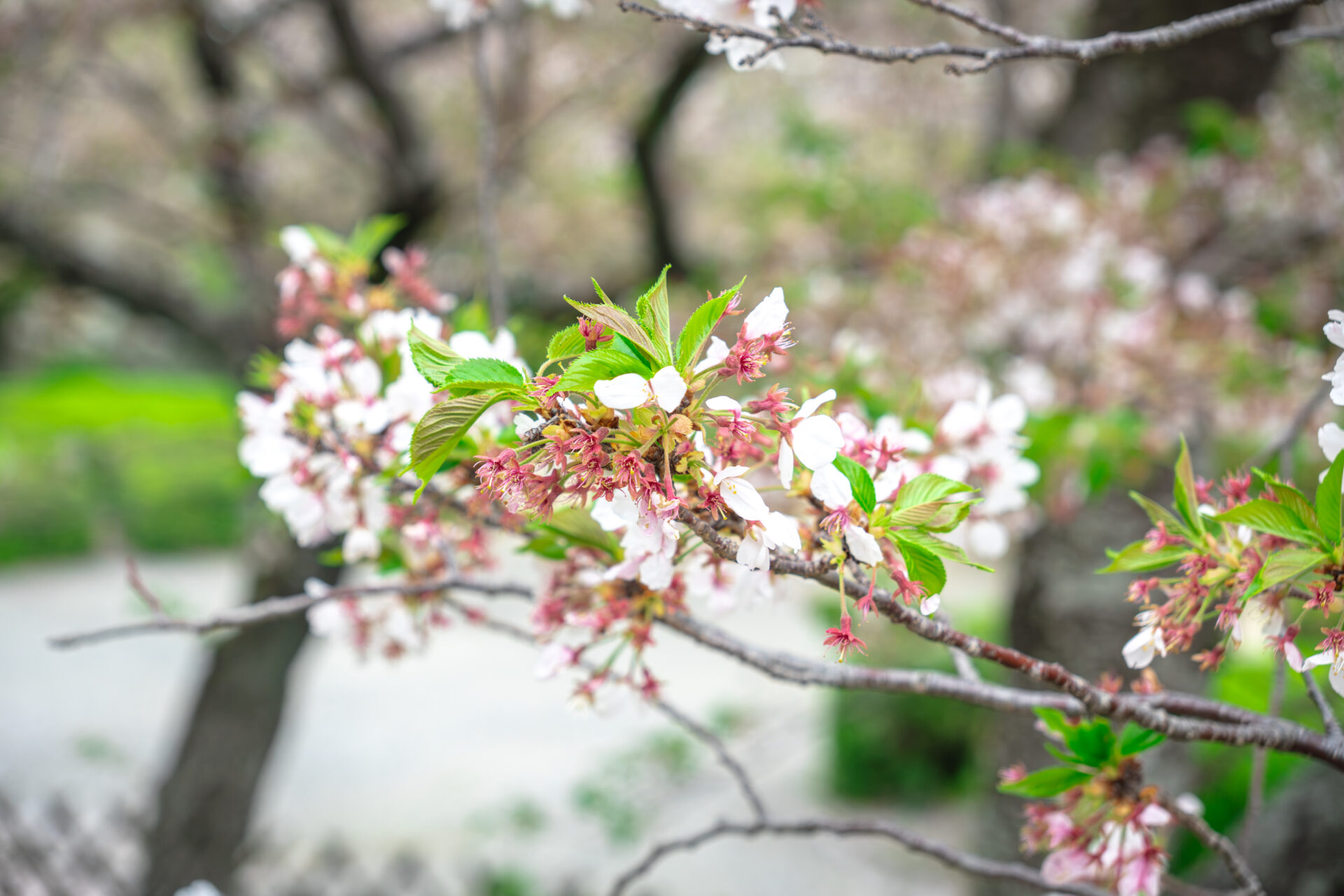
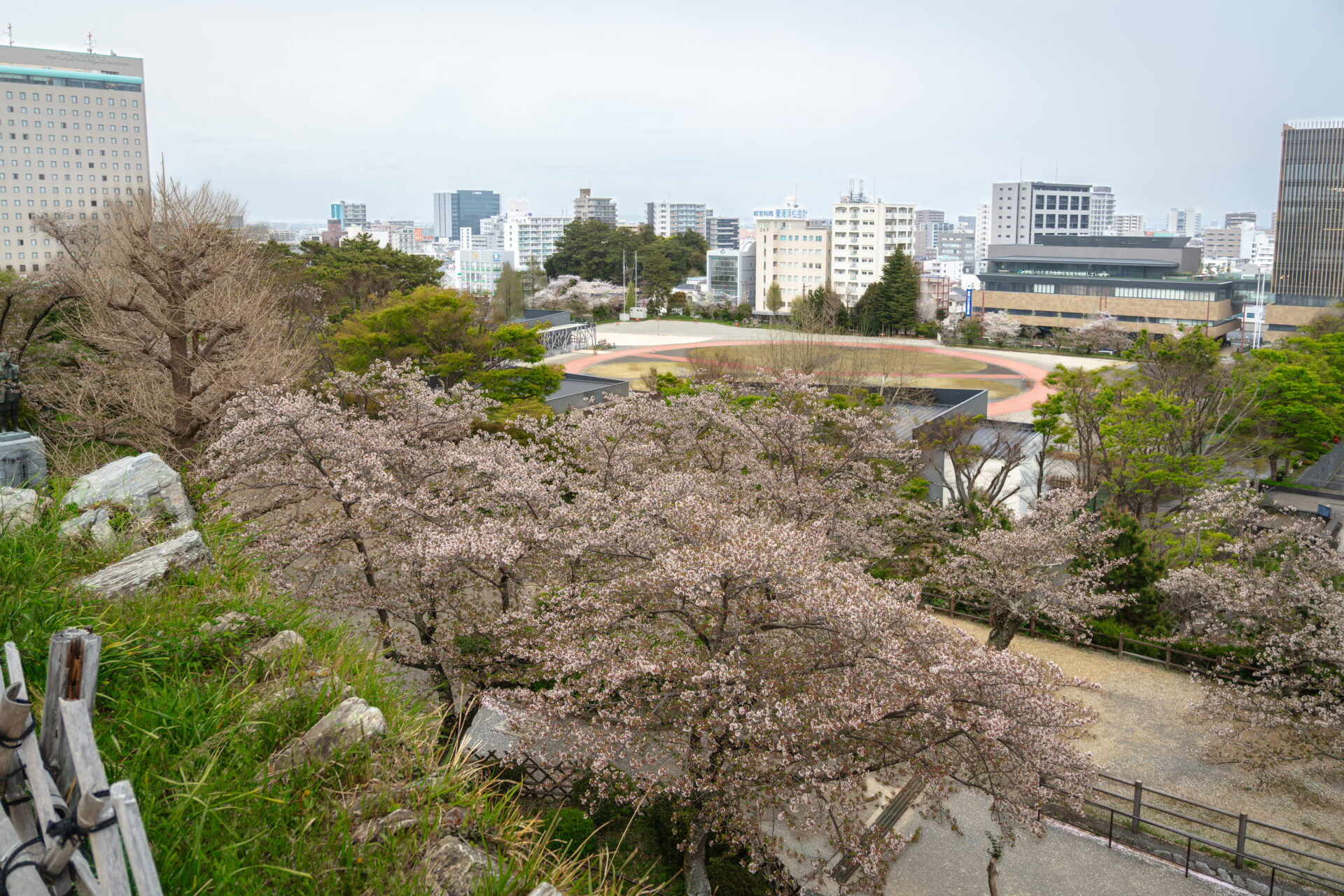
As the sun began to dip, it was almost time for tonight’s dinner.
These peaceful, non-urban interludes are one of the great joys of travel.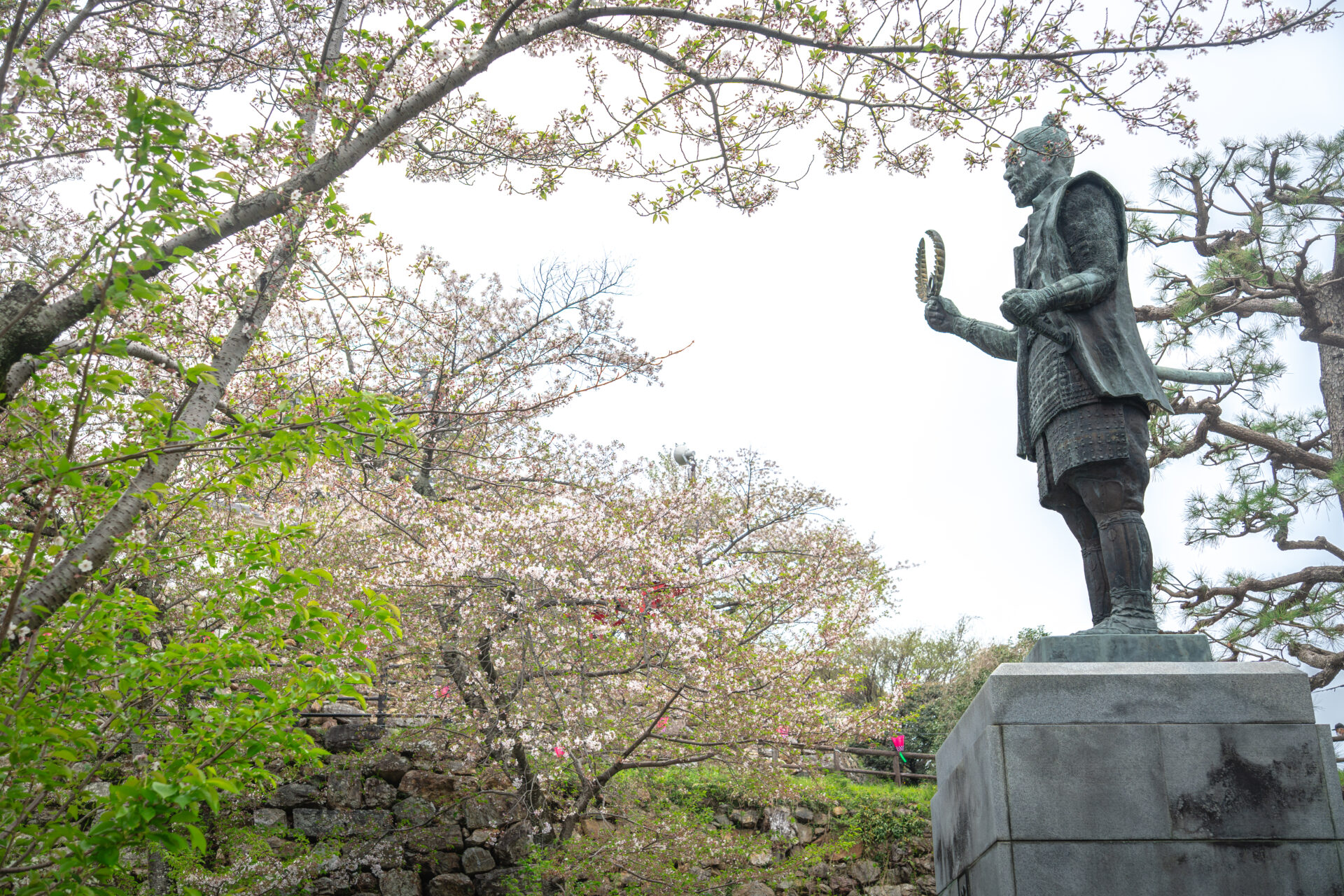
A Walk Through the Castle Grounds and a Rest at Starbucks in the Park
Leaving the stone walls behind, I strolled through the lush green park toward Starbucks Hamamatsu Castle Park Store.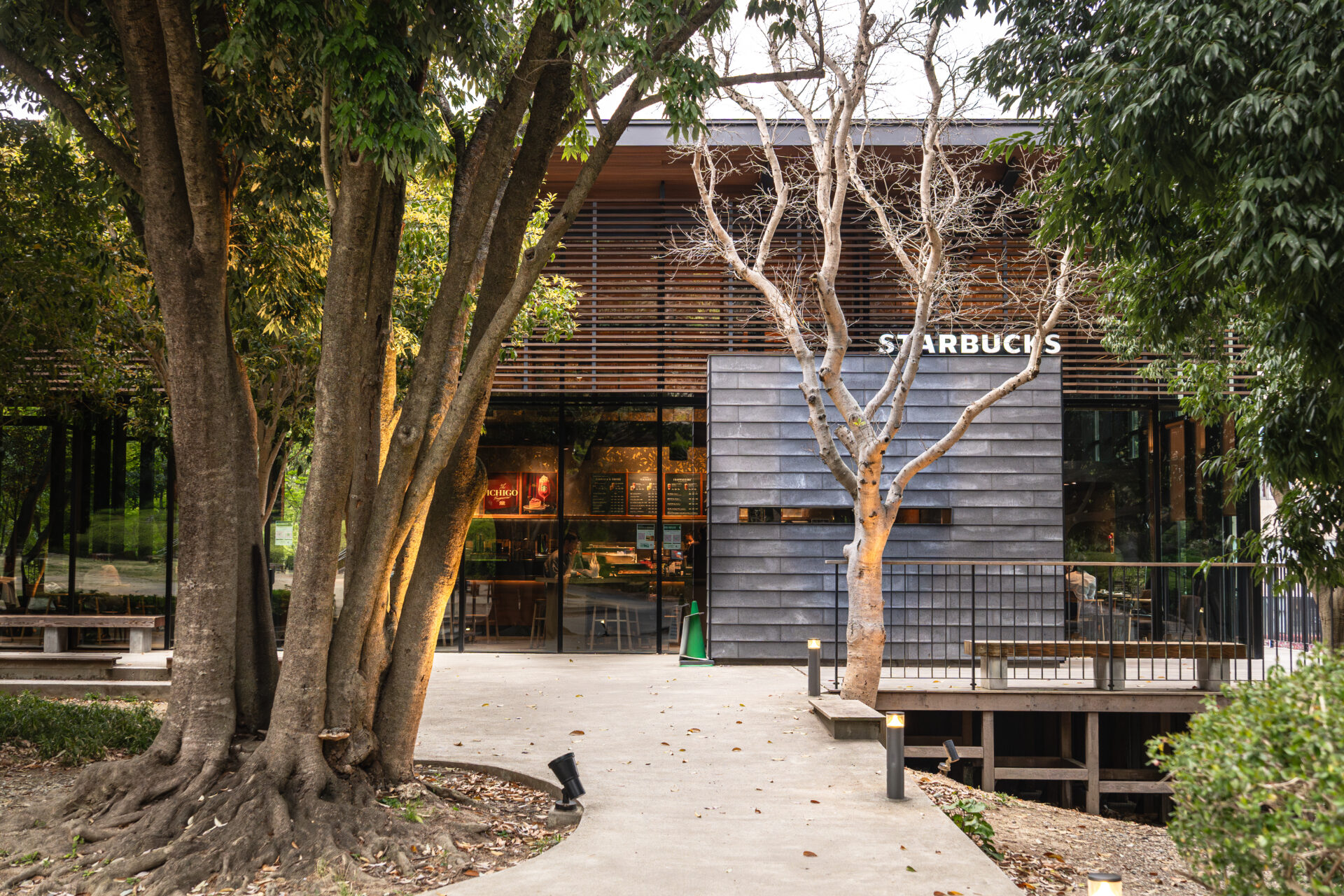
The glass-walled building blends into the forested surroundings—
more like a museum in the woods than a café in a tourist spot.
You could sit on a park bench or enjoy the greenery from a window seat.
With a café latte in hand, I relaxed both body and mind, still warm from the afternoon walk, gently preparing for the evening meal.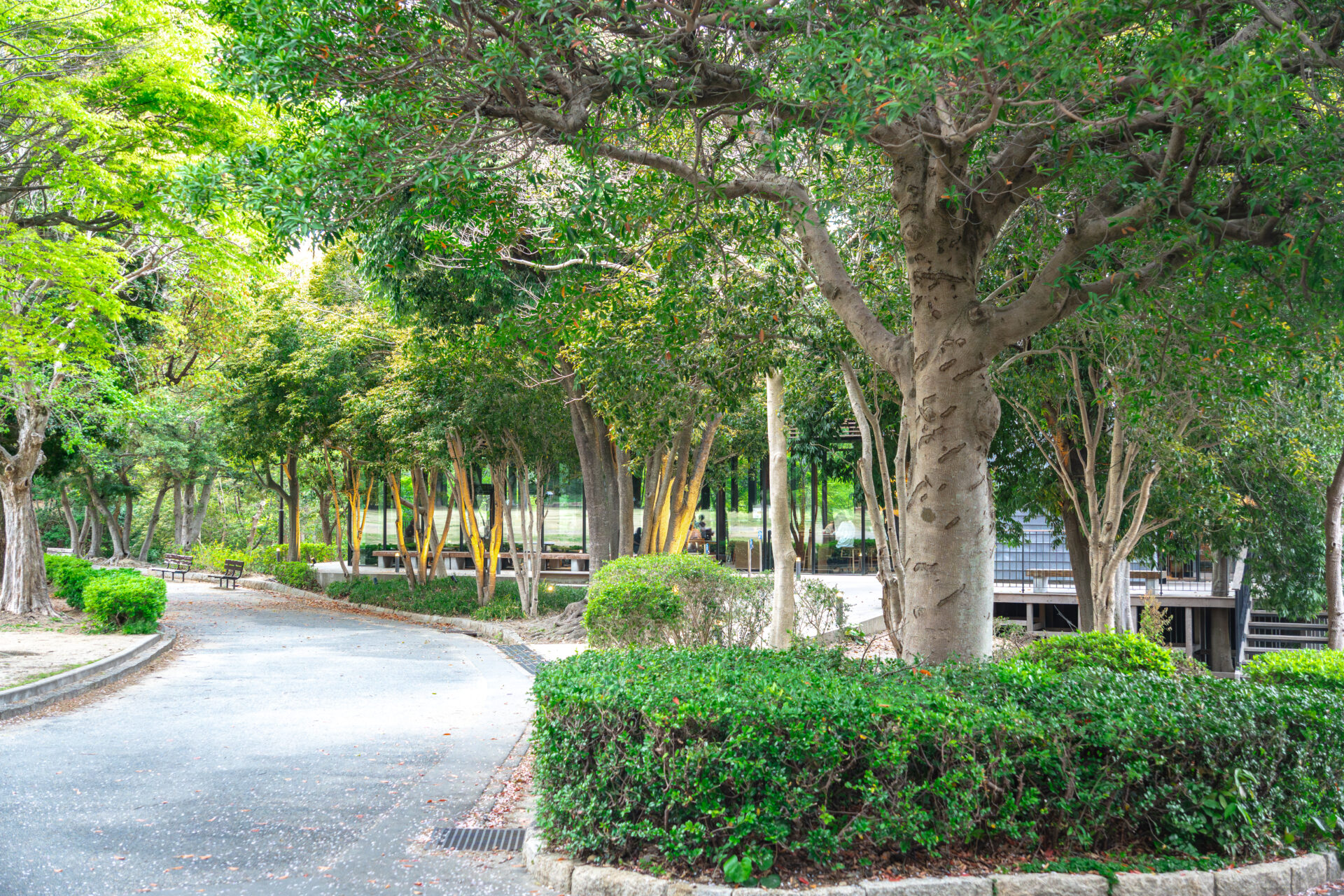
Dinner at Seirin: A Refined Culinary Experience in Motojō Town
The evening’s final destination was Seirin (勢麟), a reservation-only kappo restaurant tucked away in the Motojō area, not far from Hamamatsu Station.
A softly glowing lantern and a noren adorned with a red sea bream welcome guests at the elegant entrance.
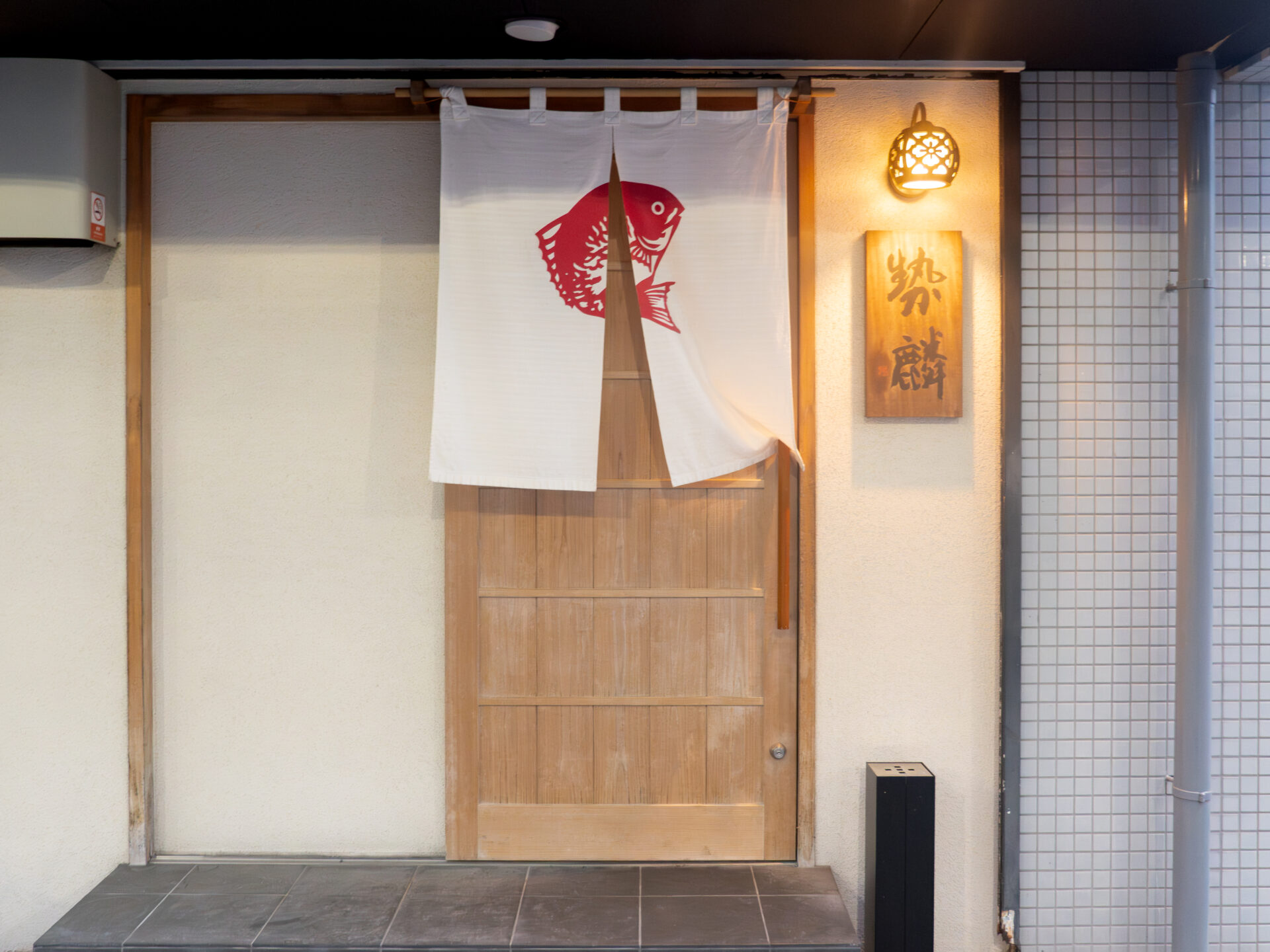
※For detailed notes on the dishes, please refer to the separate article below:
- ADDRESS
Arusu Bldg. 1F, 222‑25 Motoshirocho, Naka‑ku, Hamamatsu, Shizuoka, Japan
- OPEN
Dinner only (reservation required)
18:00‑21:00 (two seatings)
Opening hours may vary. It is recommended to check before your visit.
- AWARD
Tabelog Silver 2025, Gold 2023/24; Tabelog Japan Cuisine EAST Top 100 2023 & 2025
There, I took my time savoring local, seasonal ingredients of Hamamatsu, each transformed by the masterful hands of the chef.
And on this night, I was also blessed with a small but meaningful encounter that left a lasting impression.
The journey continues.
With a quiet heart, I returned to my lodging, ready for the next day.
DAY 3 | A Hamamatsu Specialty: Unagi at the Renowned Atsumi
To wrap up my journey in Hamamatsu, I chose to visit one of the city’s most iconic unagi restaurants: Atsumi.
Founded in 1934, this long-standing favorite has been loved by locals for nearly 90 years, and I made sure to book in advance.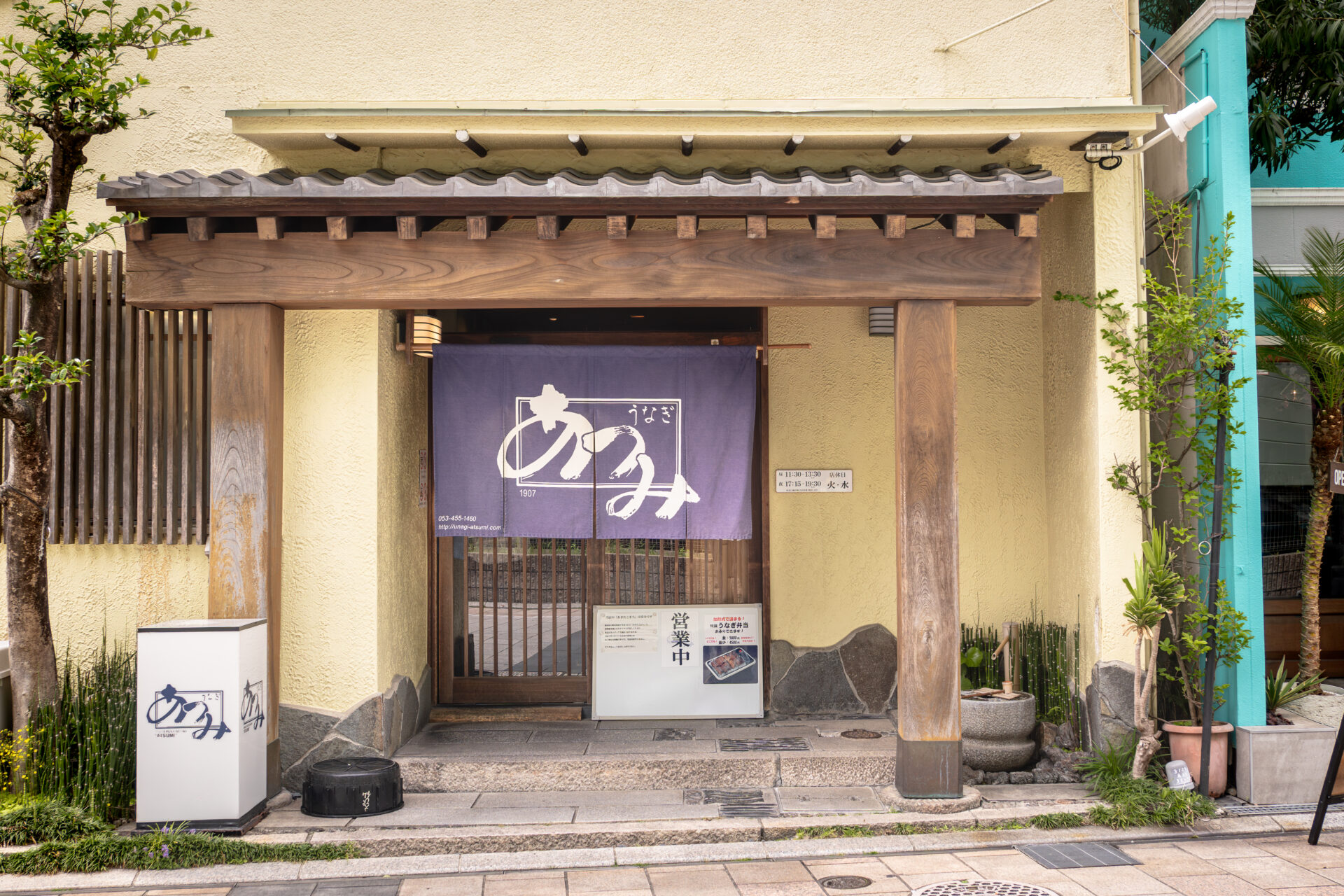
As soon as I stepped inside, the rich, smoky aroma of eel being grilled over charcoal filled the air—my anticipation naturally soared.
I ordered a set with grilled eel liver (kimo-yaki) and the premium eel rice box (unajū – jō), with a switch to liver soup (kimosui) on the side.
The rice used was Akita Komachi, a fragrant variety from Akita Prefecture, which paired perfectly with the sweet-savory eel sauce.
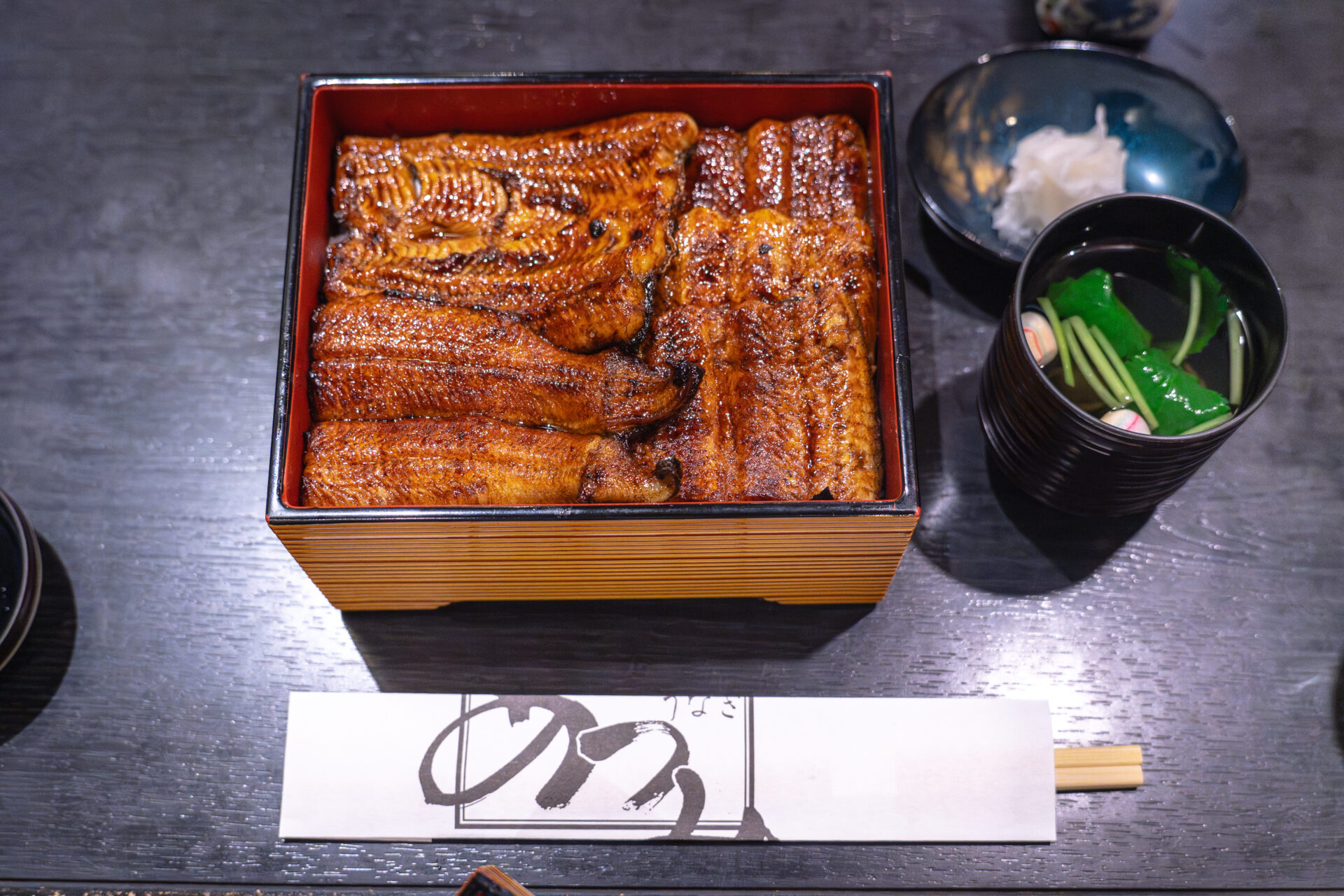

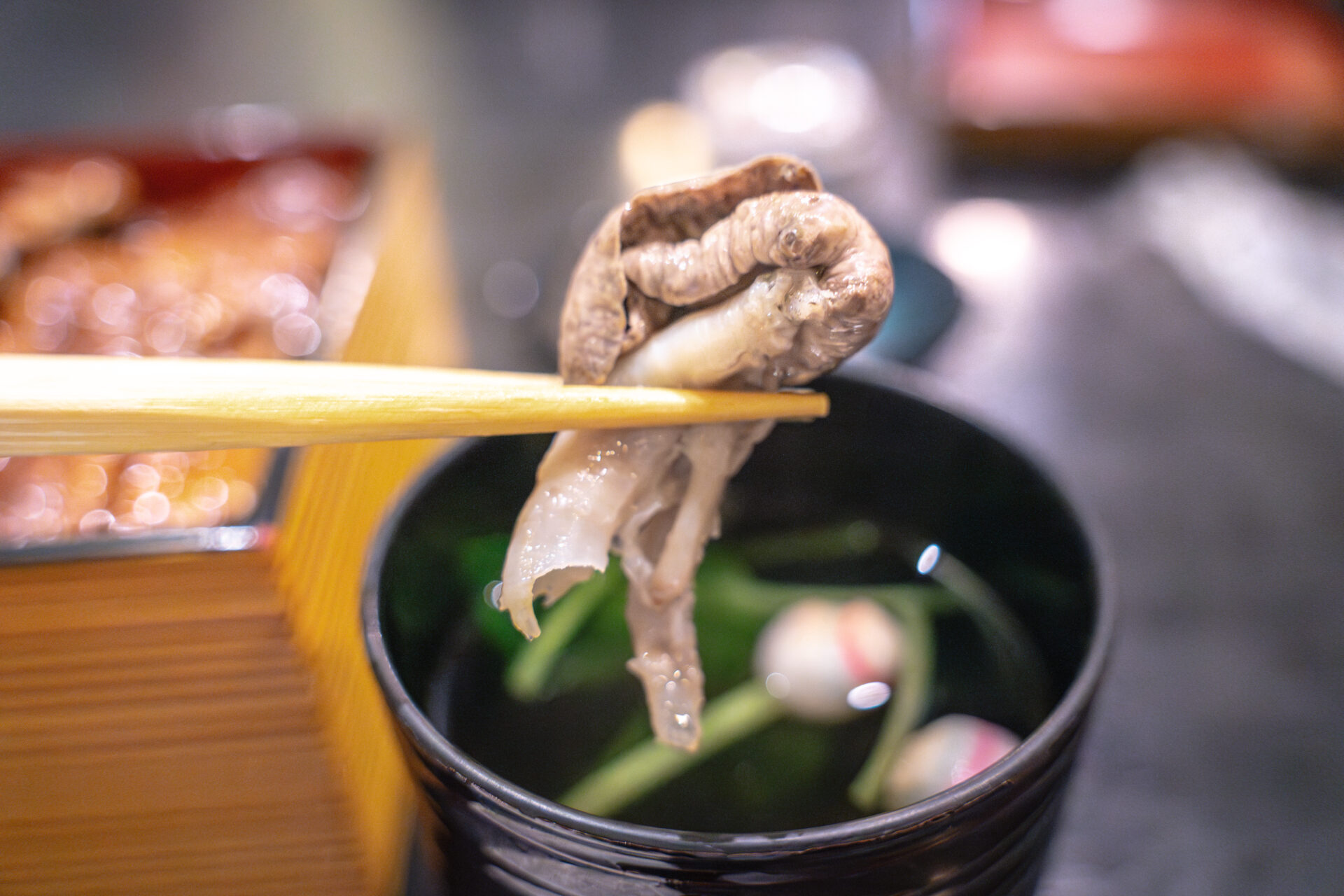
Their grilling technique is based on the Kanto style—steamed then grilled—but they add their own twist by finishing the skin to a crisp.
The contrast between the fluffy, tender meat and the crispy exterior brought out the deep umami of the Lake Hamana eel in every bite.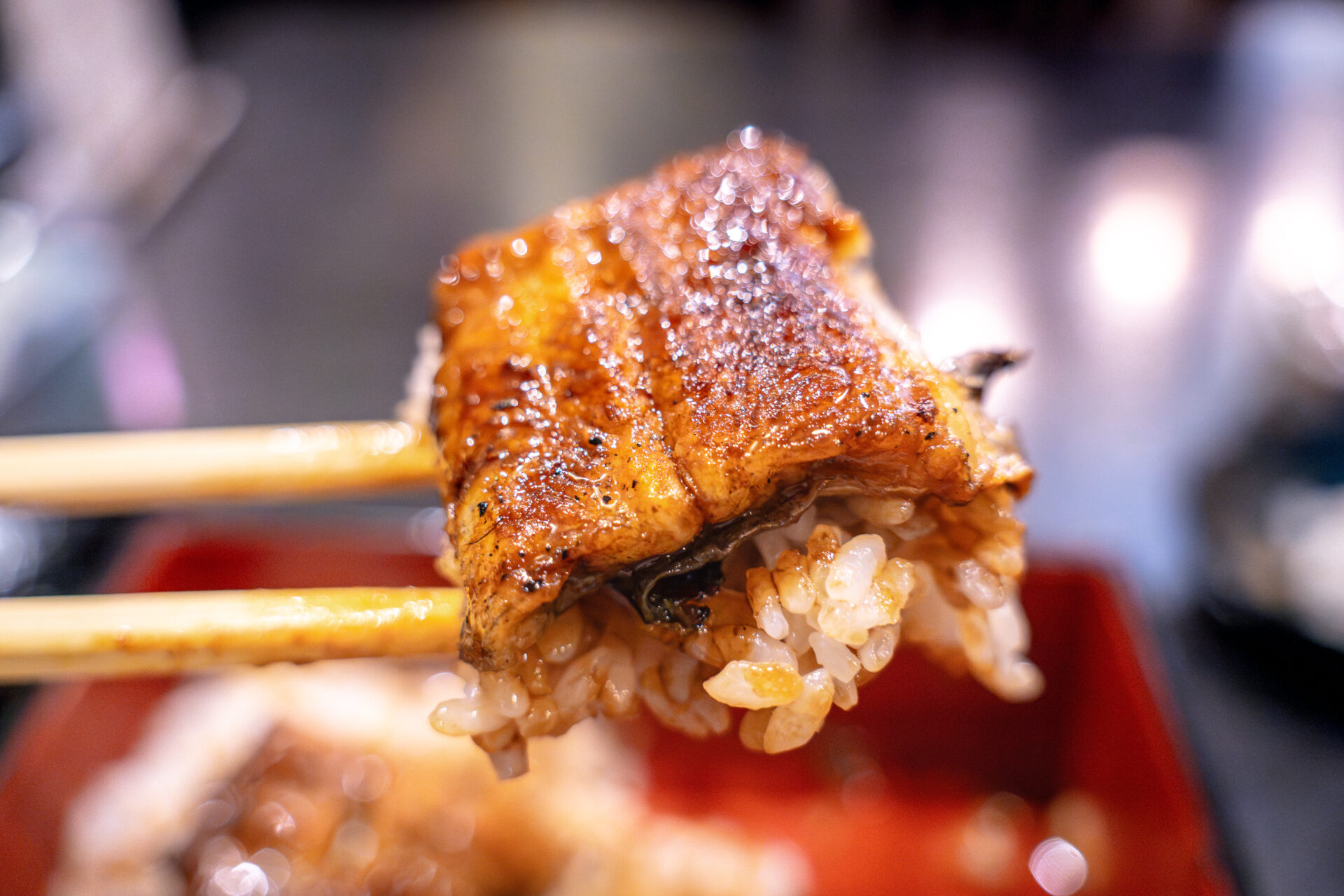
The grilled liver was slightly bitter and richly fragrant, making it an excellent match for sake.
The kimosui soup was comforting and full of depth, with generous pieces of liver adding complexity.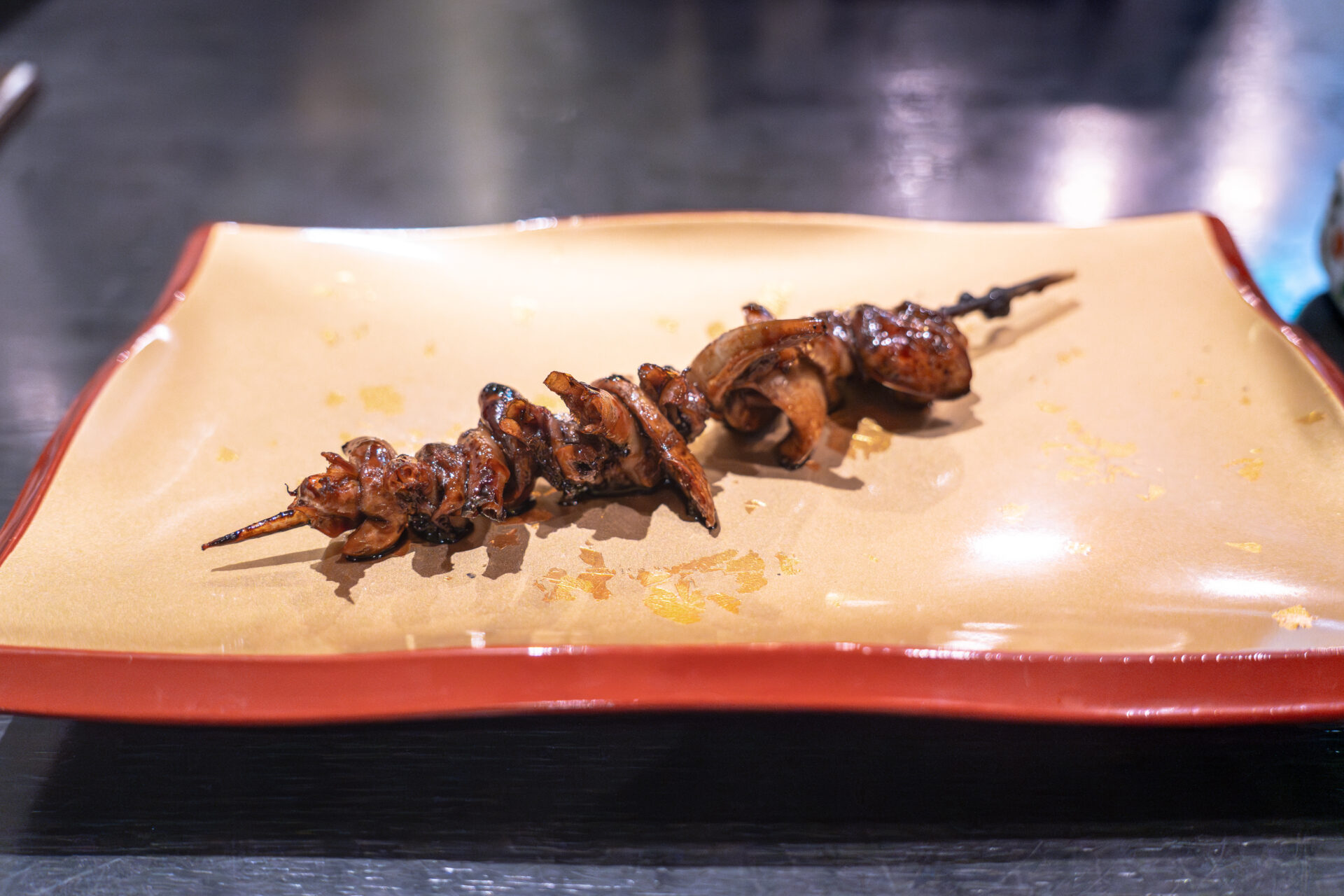
What also left a strong impression was the calm, attentive service and the thoughtful hospitality.
Beyond the high quality of the food, the serene ambiance made the experience all the more soothing.
Getting to enjoy Hamamatsu’s local specialty in such a storied institution was one of the highlights of this journey.
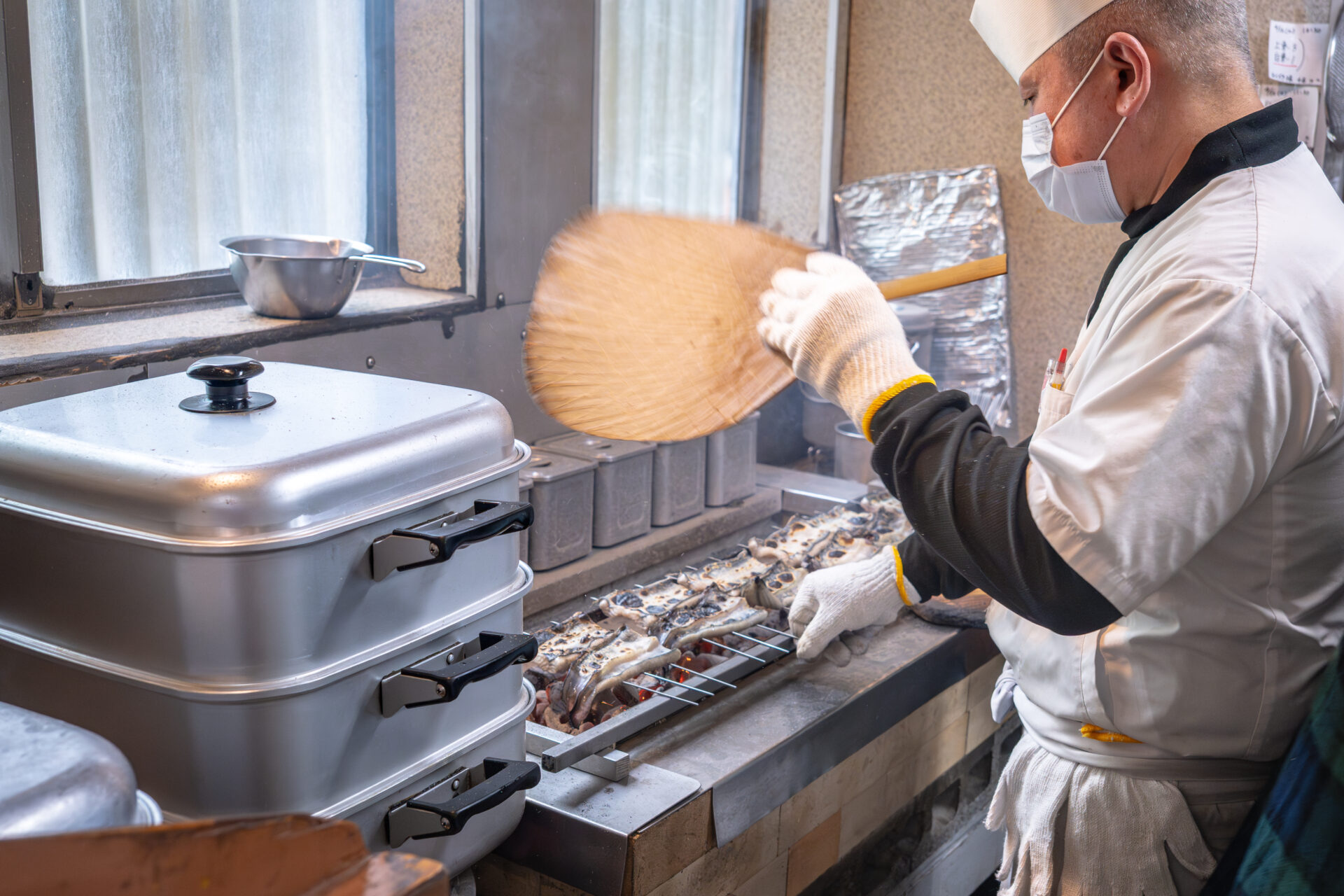
- ADDRESS
70 Chitose-cho, Naka Ward, Hamamatsu City, Shizuoka 430-0934, Japan
Approx. 2 minutes on foot from Shin-Hamamatsu Station / 5 minutes from JR Hamamatsu Station
- OPEN
Open Mon, Thu–Sun (11:30–13:30, 17:15–19:30), closed Tue & Wed, early closing when sold out.
- AWARD
Featured in Tabelog’s “100 Famous Eel Restaurants” (2024)
- COMMENT
- Phone reservations only; cash only; children- and wheelchair-friendly.
Another Hamamatsu Favorite: Gyoza at Mutsugiku
Of course, a trip to Hamamatsu wouldn’t be complete without trying their famous gyoza.
So after the eel feast, I headed to the ever-popular local favorite, Mutsugiku.
Even though I arrived before noon, a long line had already formed.
Locals and tourists alike gather for these gyoza, raising expectations with each passing minute.
Despite having more plans for the day, this was definitely a place worth waiting for.
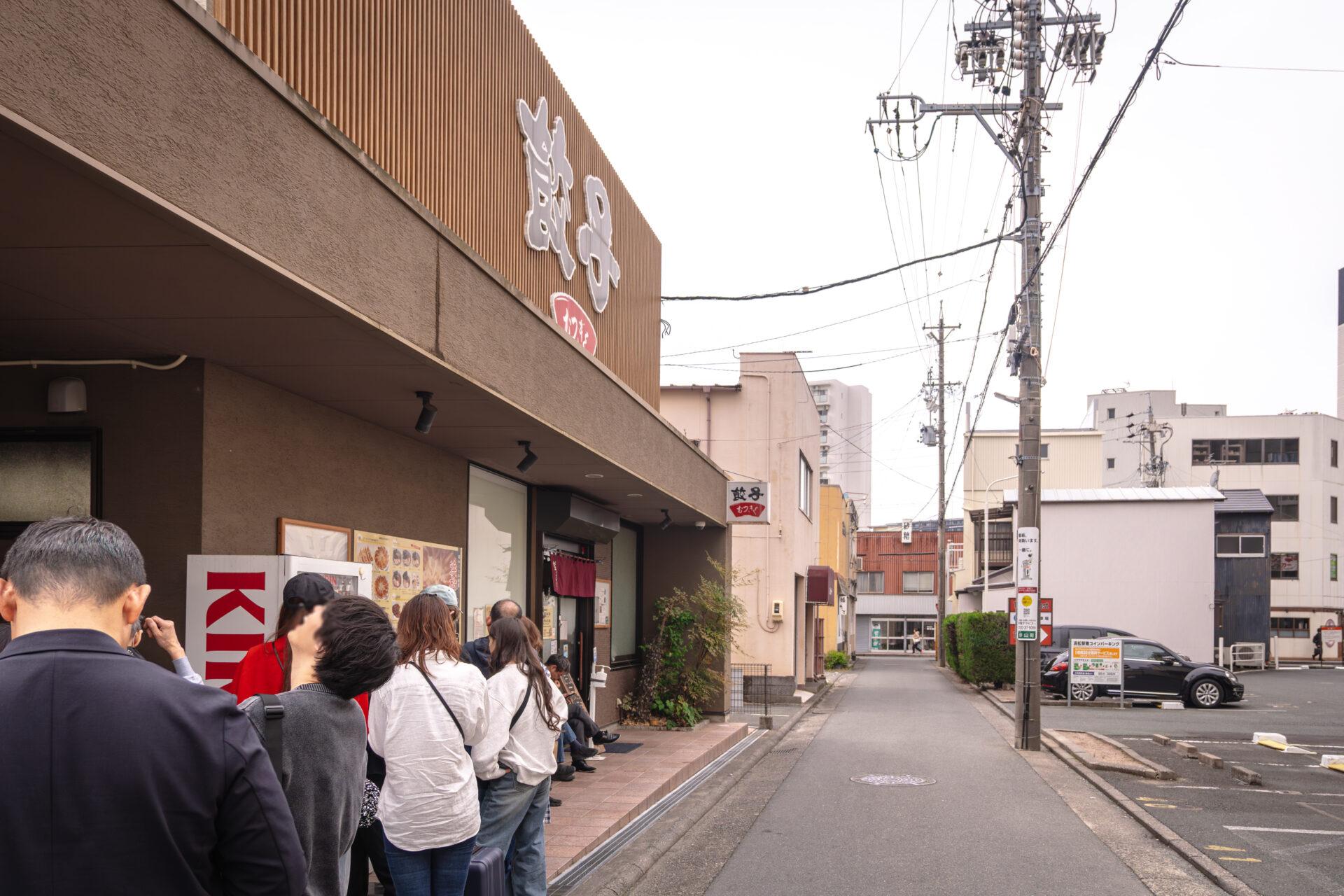
I ordered a set of 12 pan-fried gyoza with rice.
The dumplings were arranged in a perfect circle, with a mound of blanched bean sprouts in the center—a hallmark of the Hamamatsu style.
The gyoza wrappers were golden and crispy, while the filling—full of cabbage and other vegetables—offered a light sweetness and umami.
Surprisingly refreshing, I polished them off easily even after the heavy unagi meal.
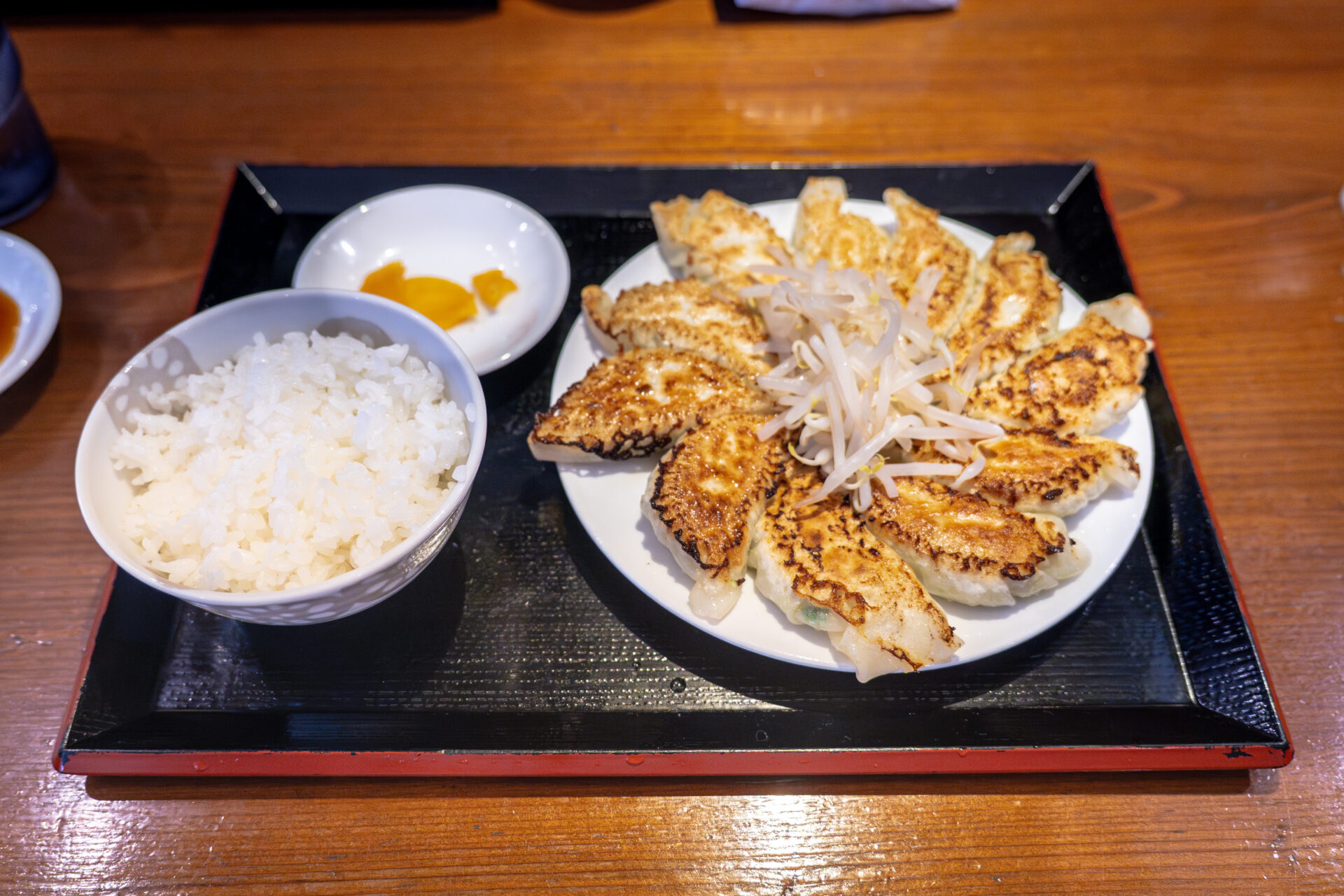
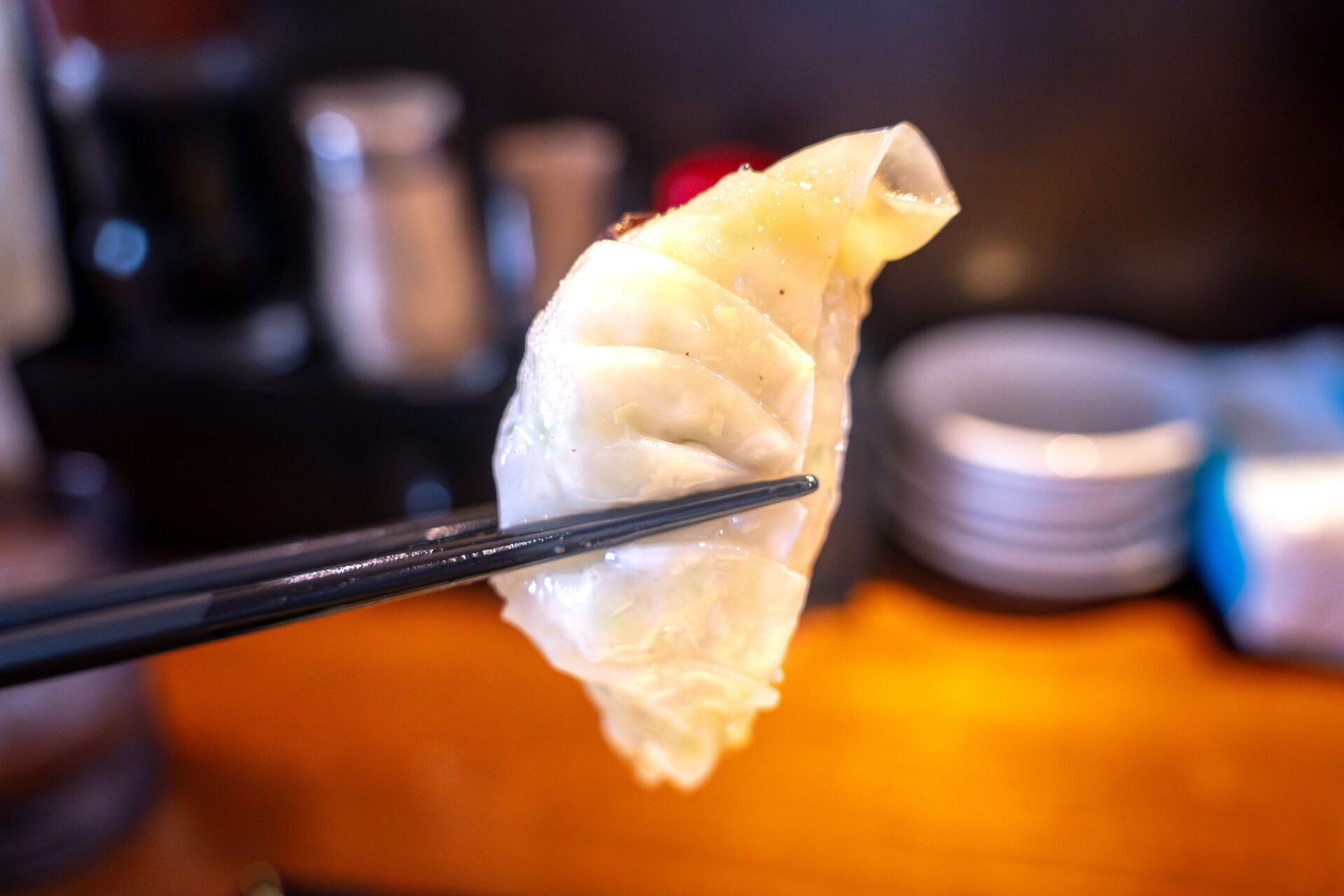
These were absolutely my kind of gyoza—light yet full of flavor.
The satisfaction from both the experience and the taste makes this a must-visit for anyone coming to Hamamatsu.
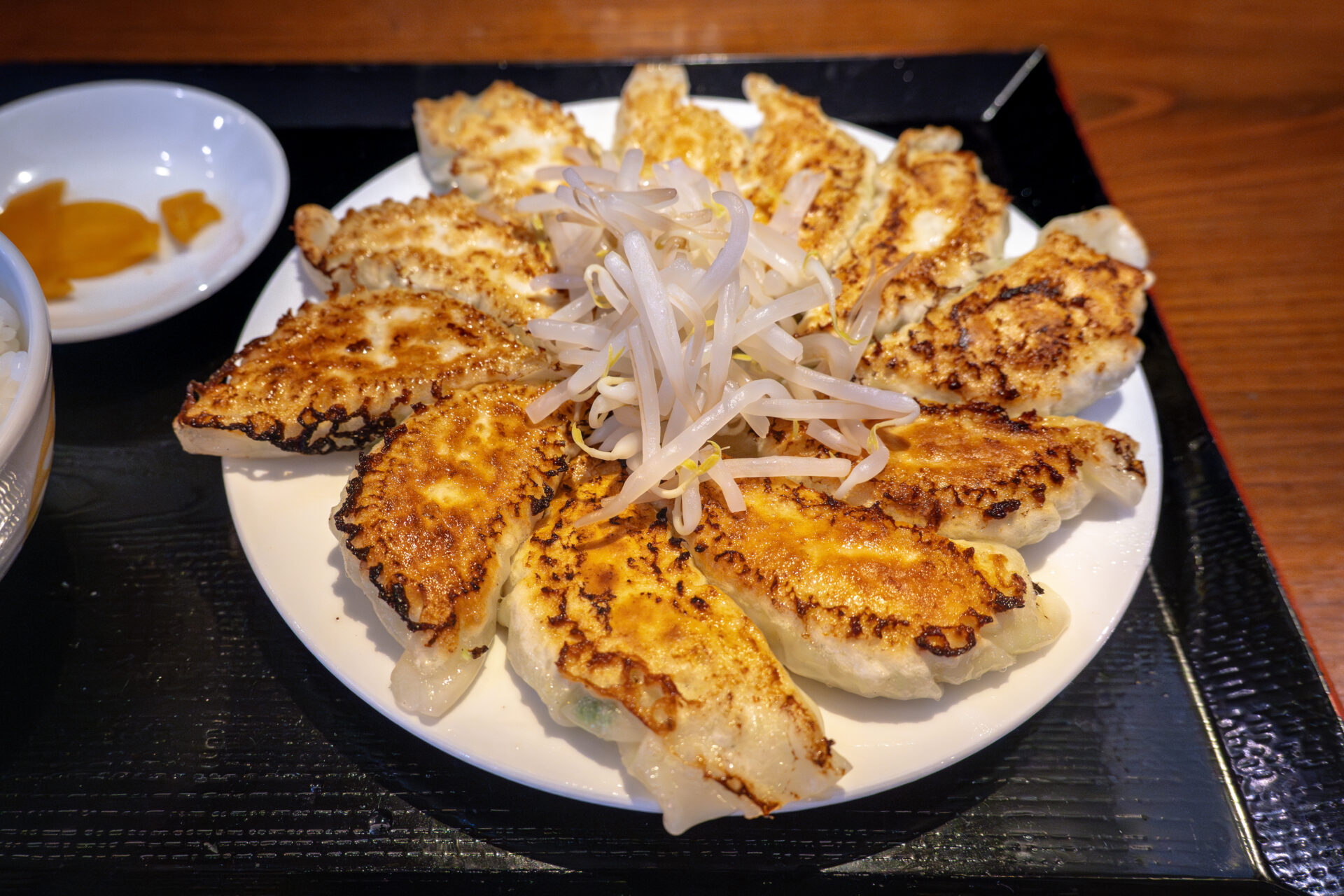
- ADDRESS
356‑5 Sunayama‑cho, Chūō‑ku, Hamamatsu-shi, Shizuoka 430‑0926, Japan
(Approx. 3 min walk south from JR Hamamatsu Station, South Exit)
- OPEN
Lunch: 11:30 – 14:30 (Last order 14:00)
Dinner: 17:00 – 21:00 (Last order 20:30)
Closed: Mondays & Tuesdays; plus irregular holidays
Sold-out early: Gyoza may sell out before closing time
- AWARD
Selected for Tabelog's 100 Best Restaurants in the Gyoza Category (past years)
A Quick Local Getaway on the Rails
After fully enjoying Hamamatsu’s local specialties, I took a small local journey via the Enshu Railway from Shin-Hamamatsu Station, connecting to the Tenryu Hamanako Line.
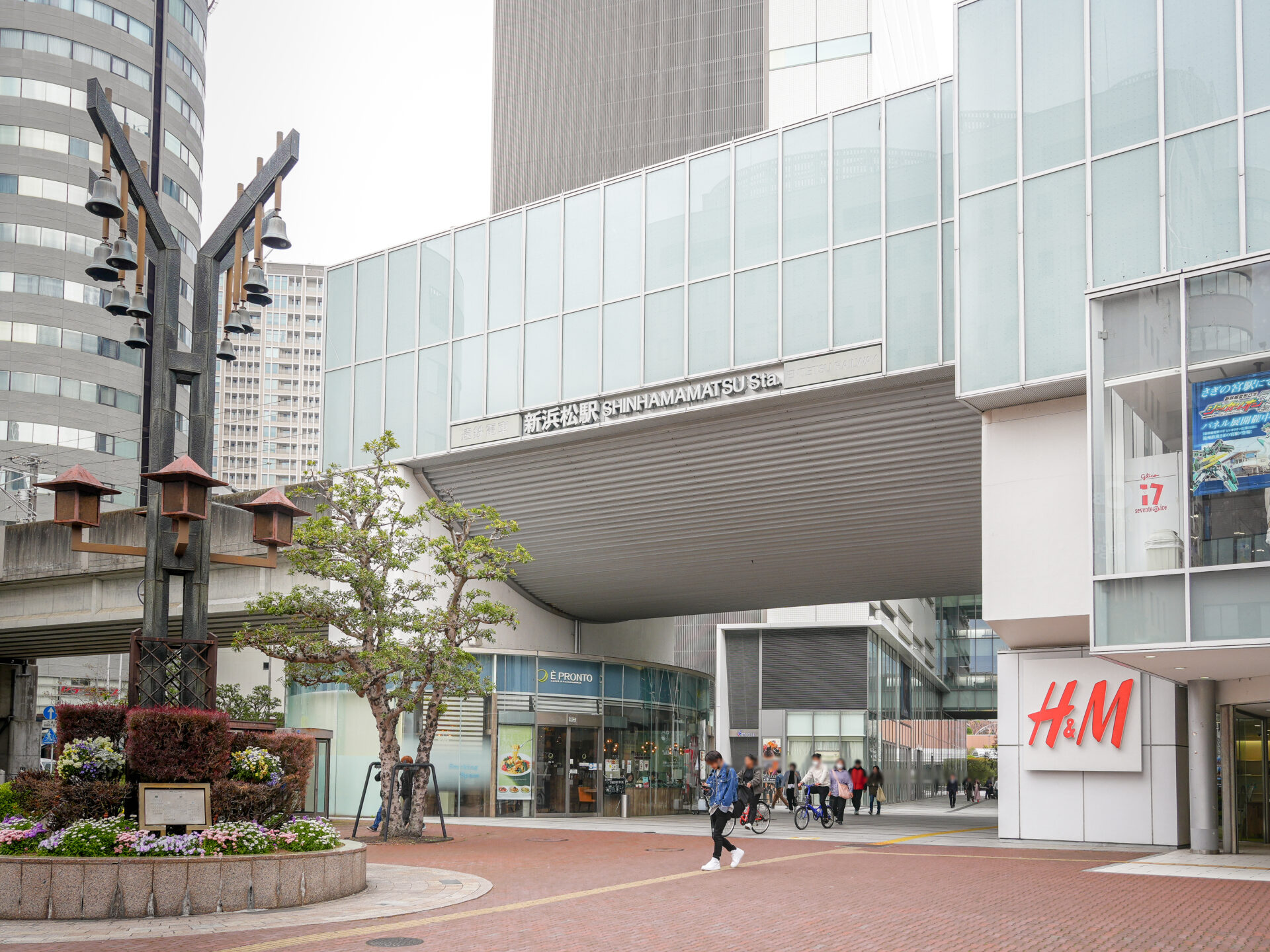
My destination was Tenryu-Futamata Station, beloved for its retro wooden station building.
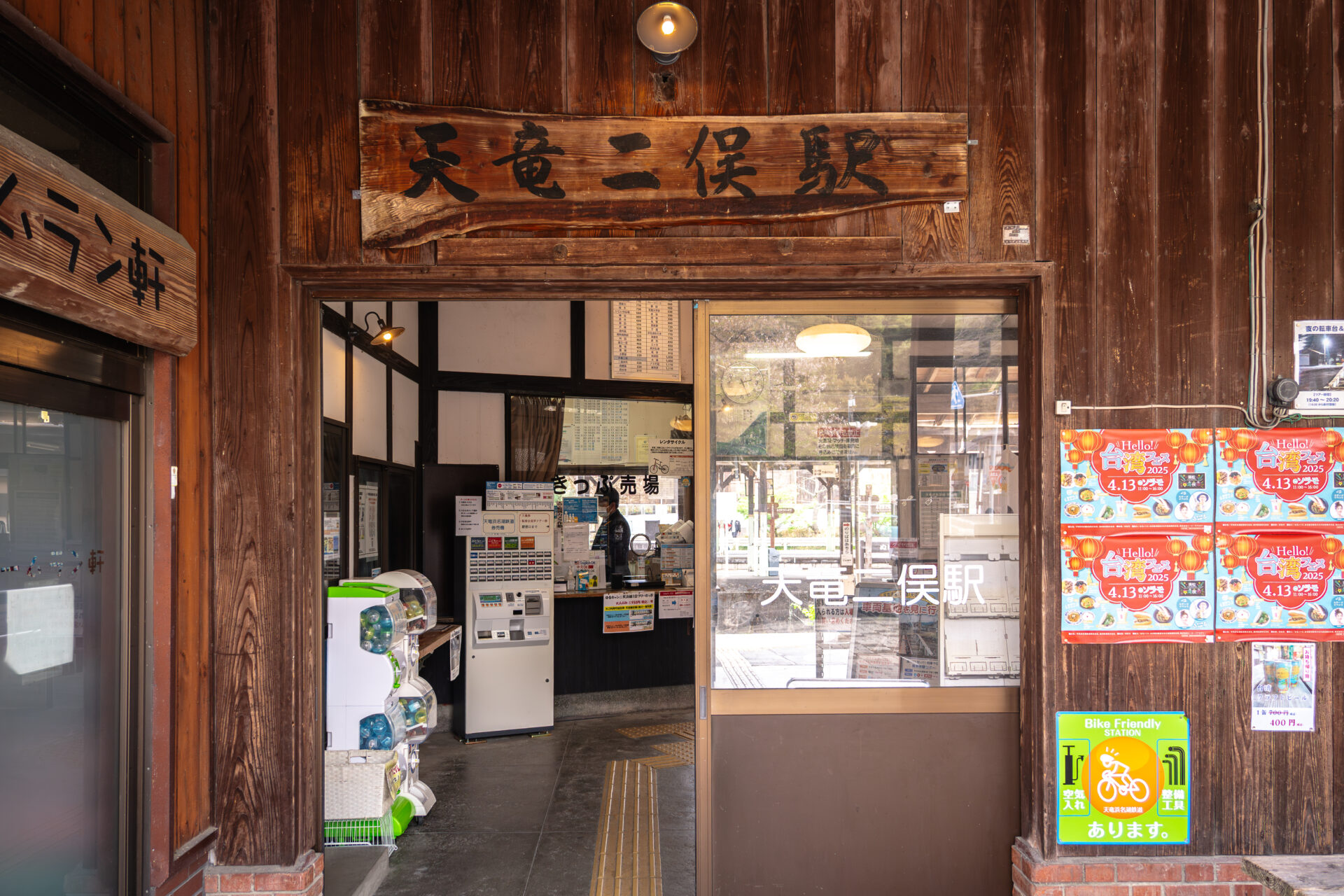
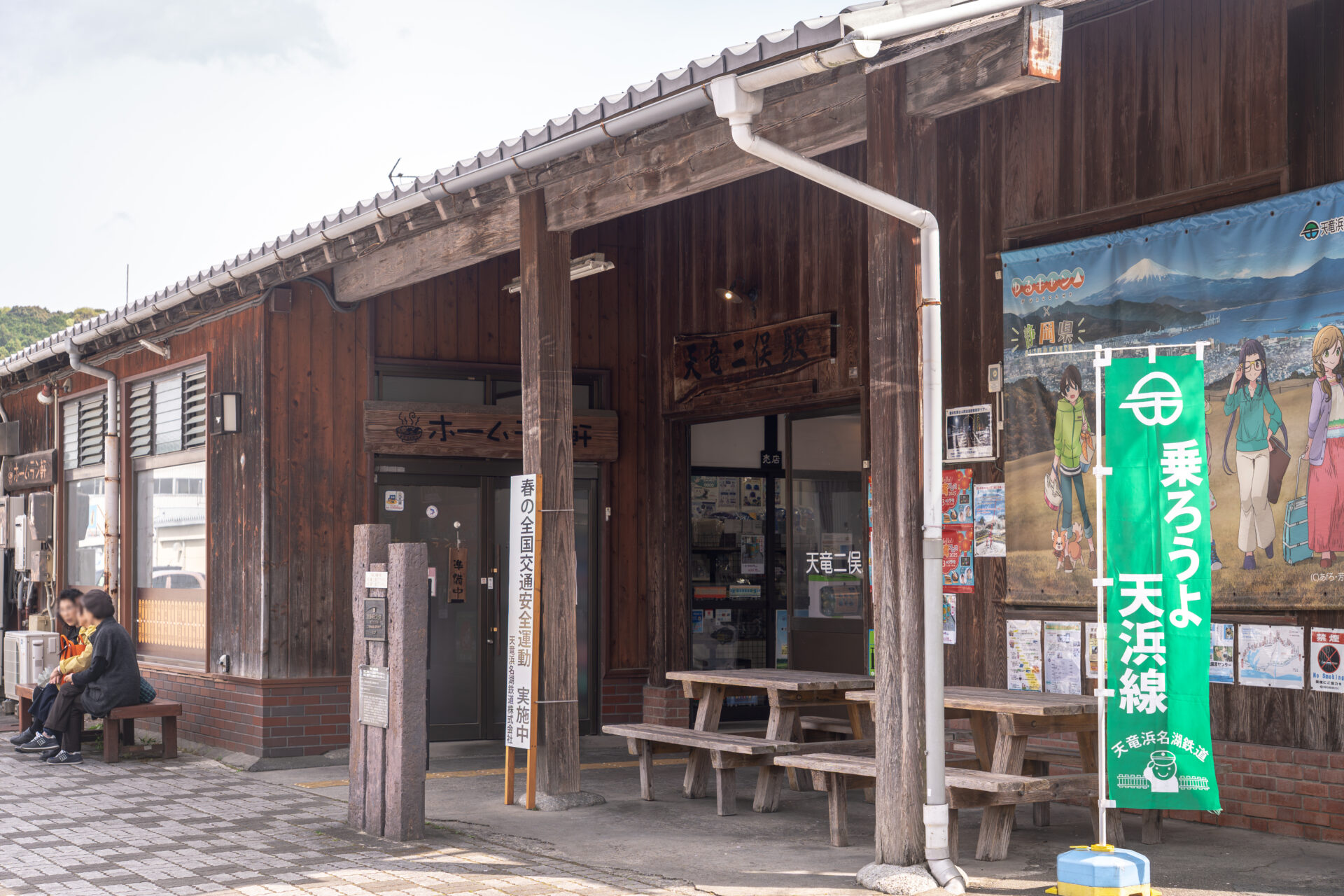
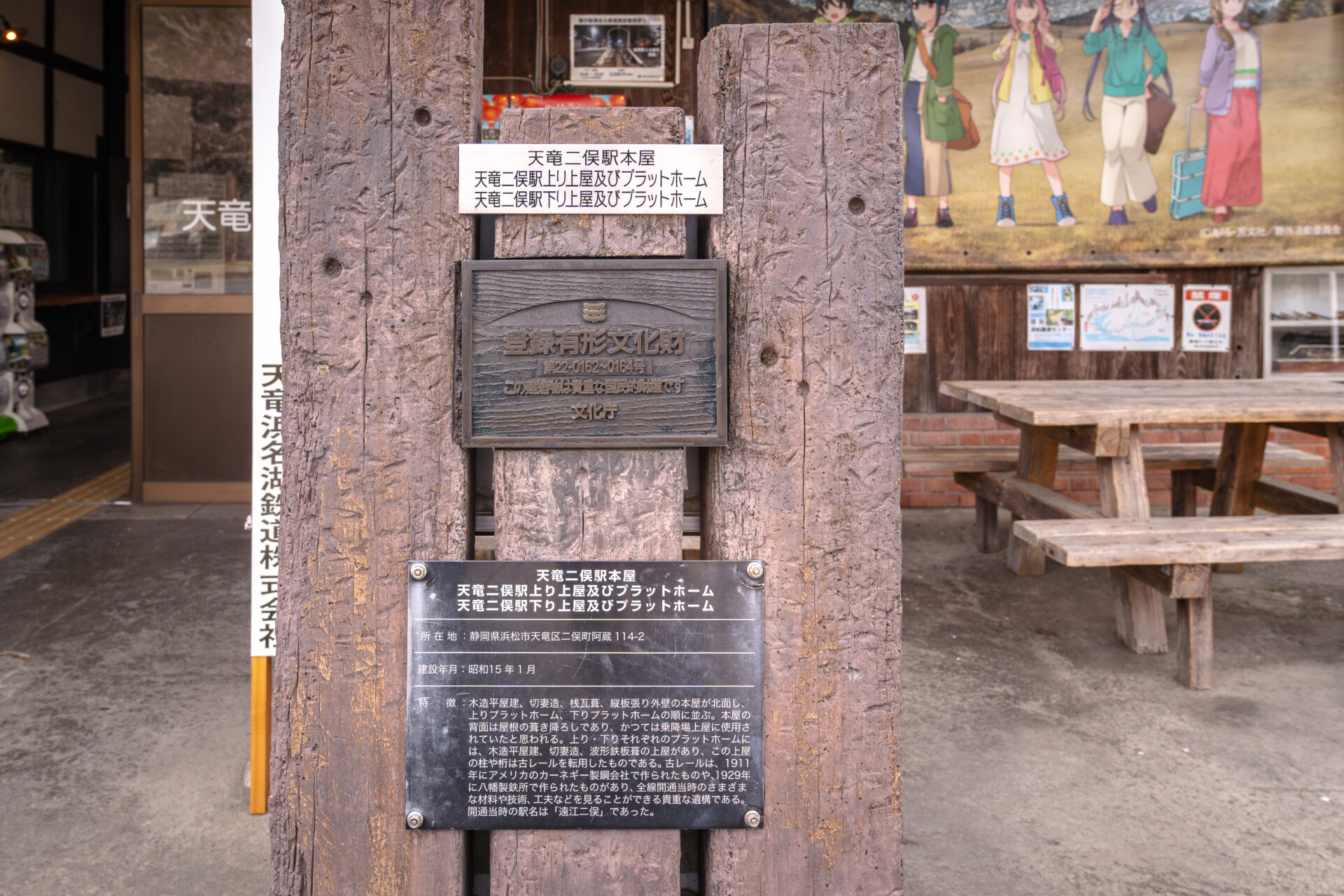
Opened in 1935, the station is a living railway heritage site, home to a rare fan-shaped roundhouse, now a registered tangible cultural property.
The platform and station building have preserved their original appearance, and simply waiting for the train feels nostalgic and comforting.
With its tranquil single-track line, slow-moving pace, and charming on-site exhibits and café, the station offers something enjoyable for railway enthusiasts and casual visitors alike.
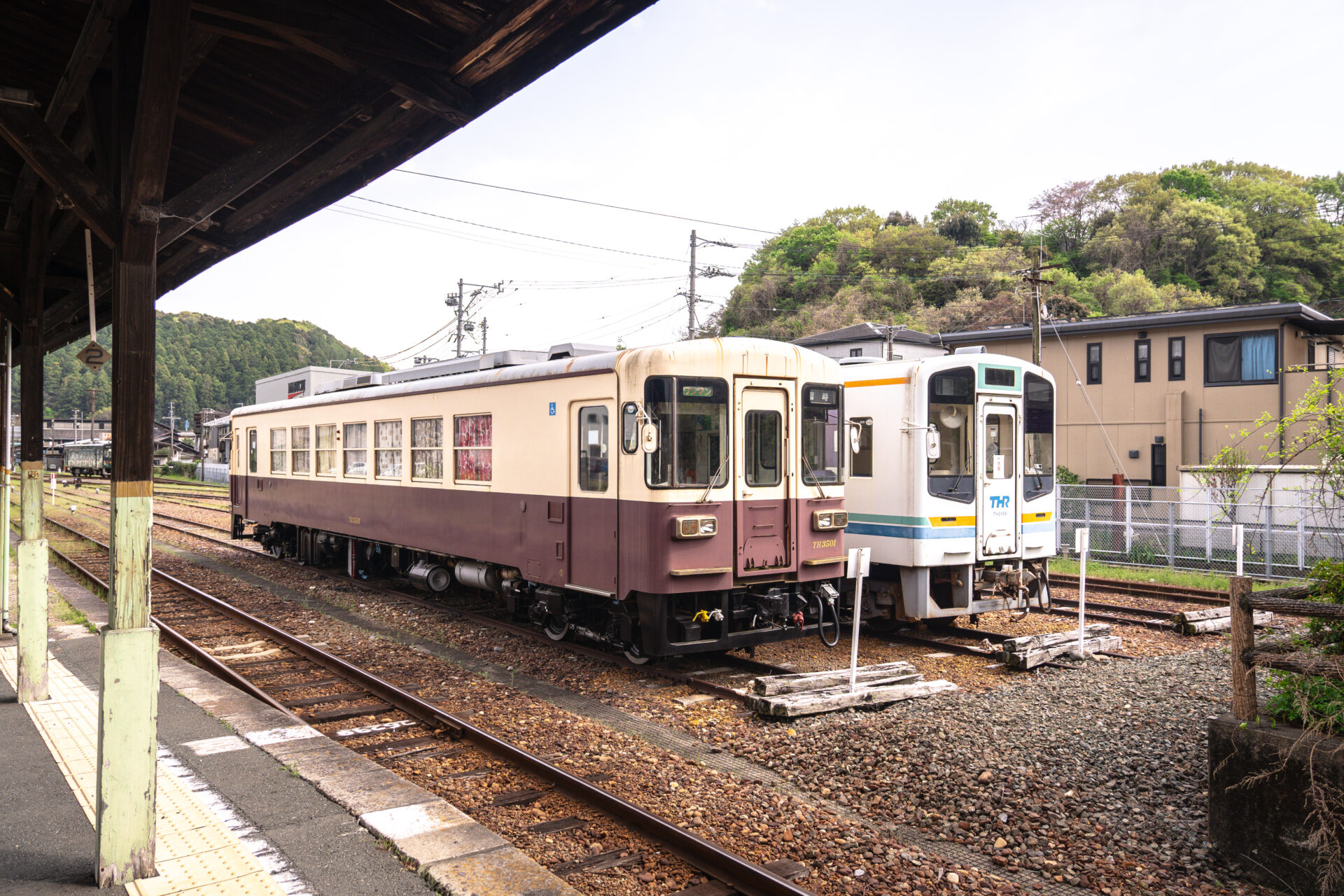
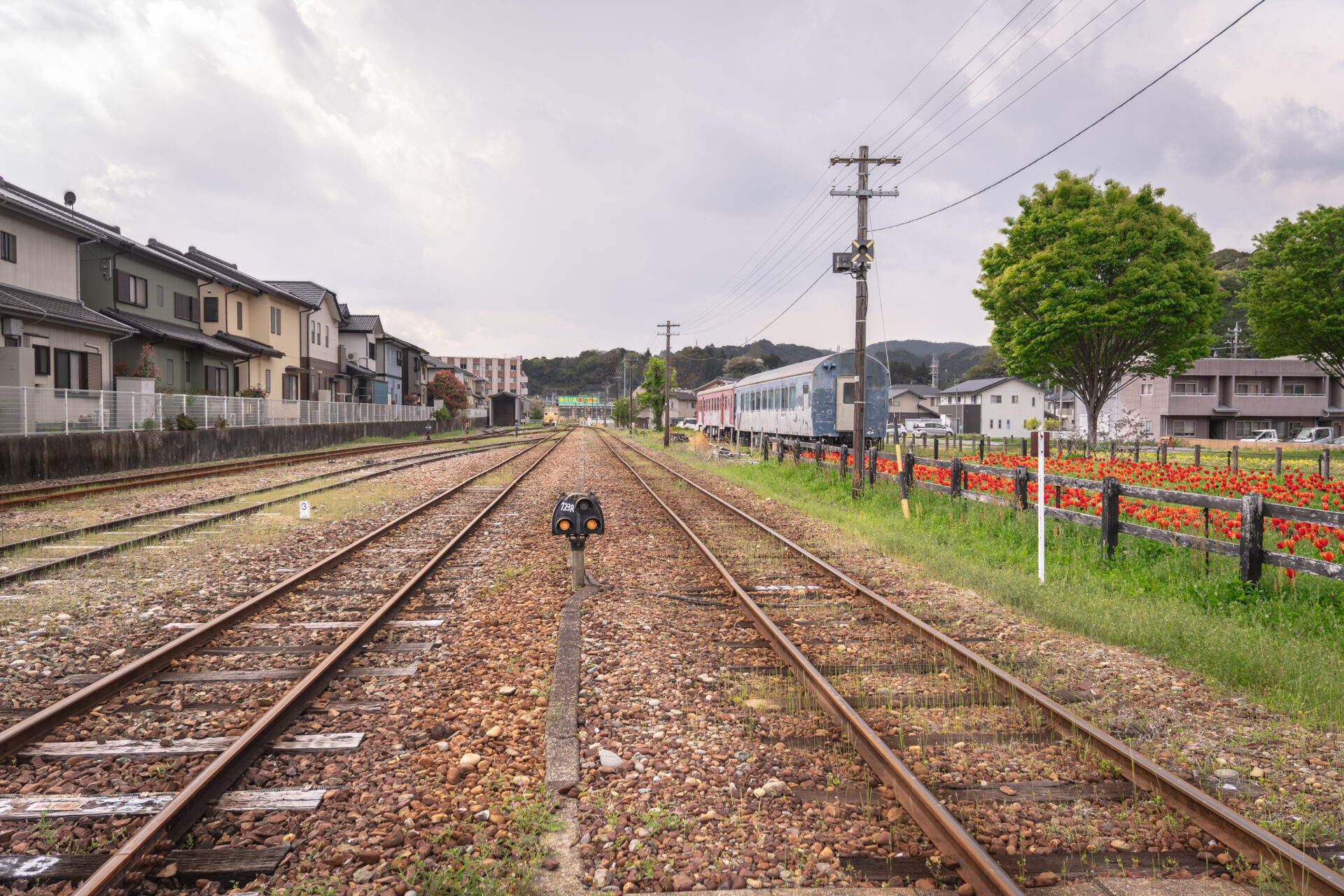
It was a small excursion, but one that left a memorable impression as a travel experience.
- ADDRESS
114-2 Azō, Futamata-chō, Tenryū-ku, Hamamatsu-shi, Shizuoka 431-3314, Japan
- AWARD
Station Building: Historic wooden building designated as a Registered Tangible Cultural Property of Japan, along with the roundhouse and turntable
- COMMENT
- Station building: Open daily (staff available during daytime hours)
Turntable Guided Tours:
Available with reservation, typically held at 10:50 AM and 1:50 PM (times may vary by season and day of the week)
A Relaxing Train Ride Around Lake Hamana
From Tenryu-Futamata, I boarded a local train that circled around Lake Hamana—a scenic rail route that truly lets you savor the landscape.
The train I rode was wrapped in a special design from the anime Yuru Camp△, adding a playful mood to the journey.
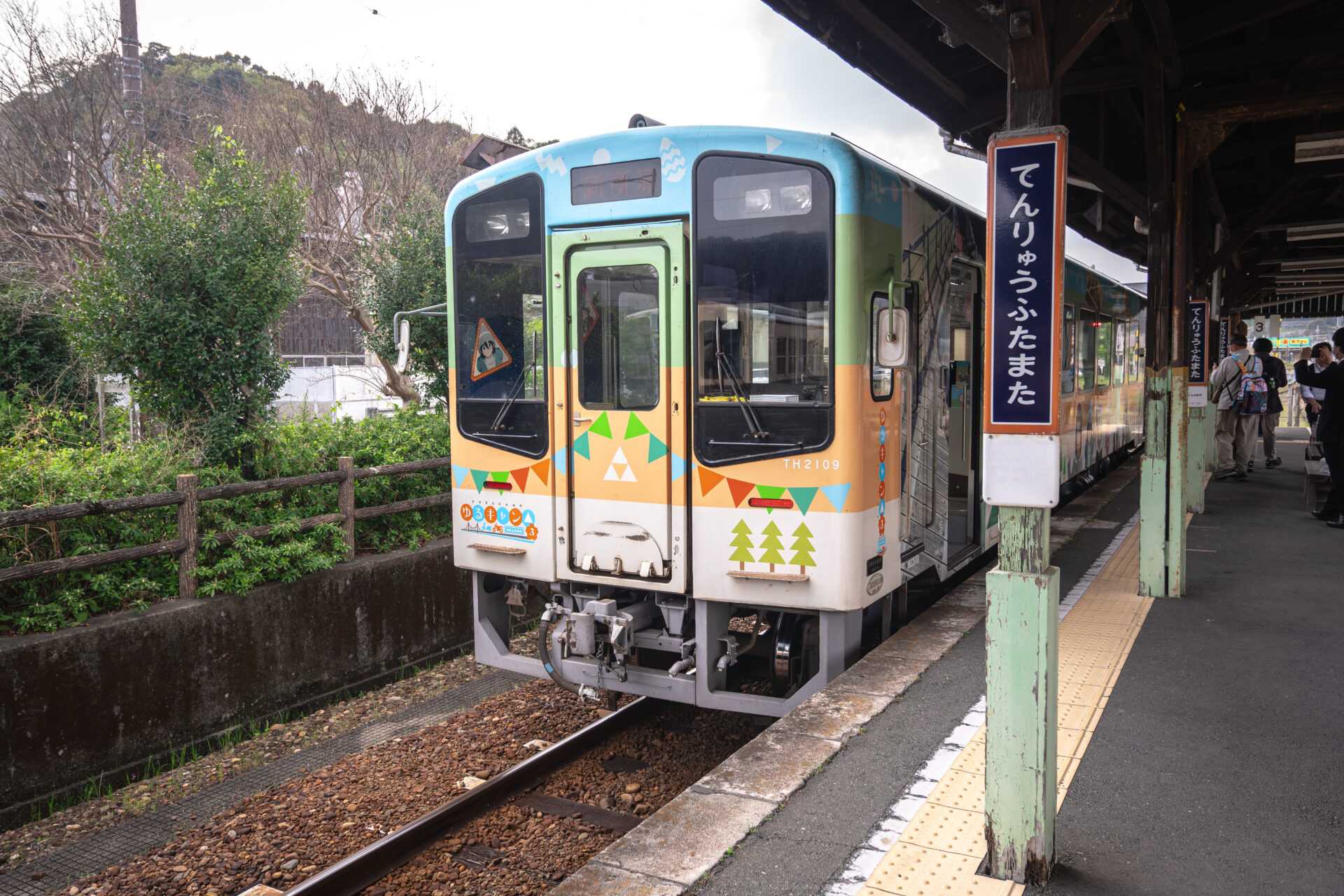
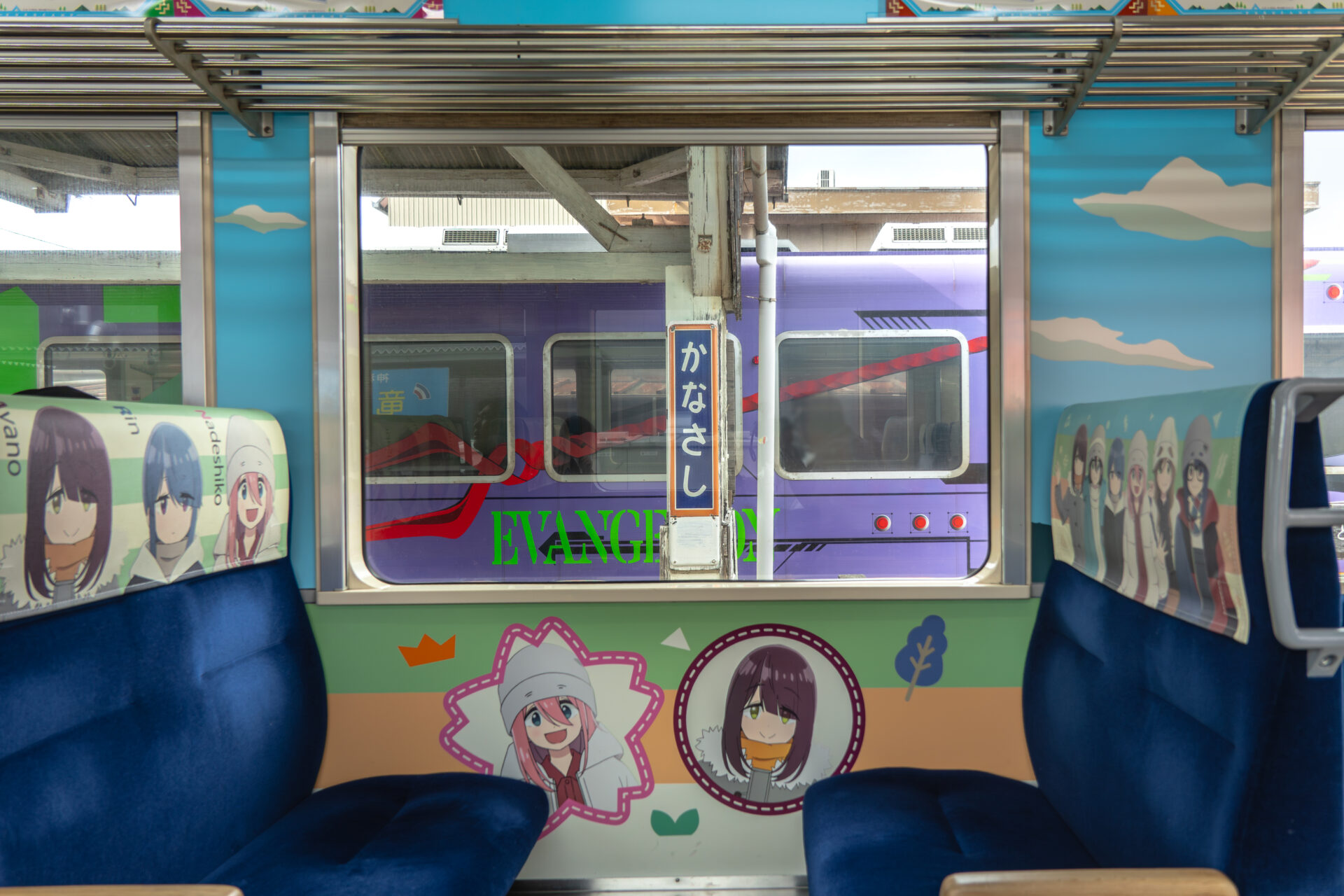
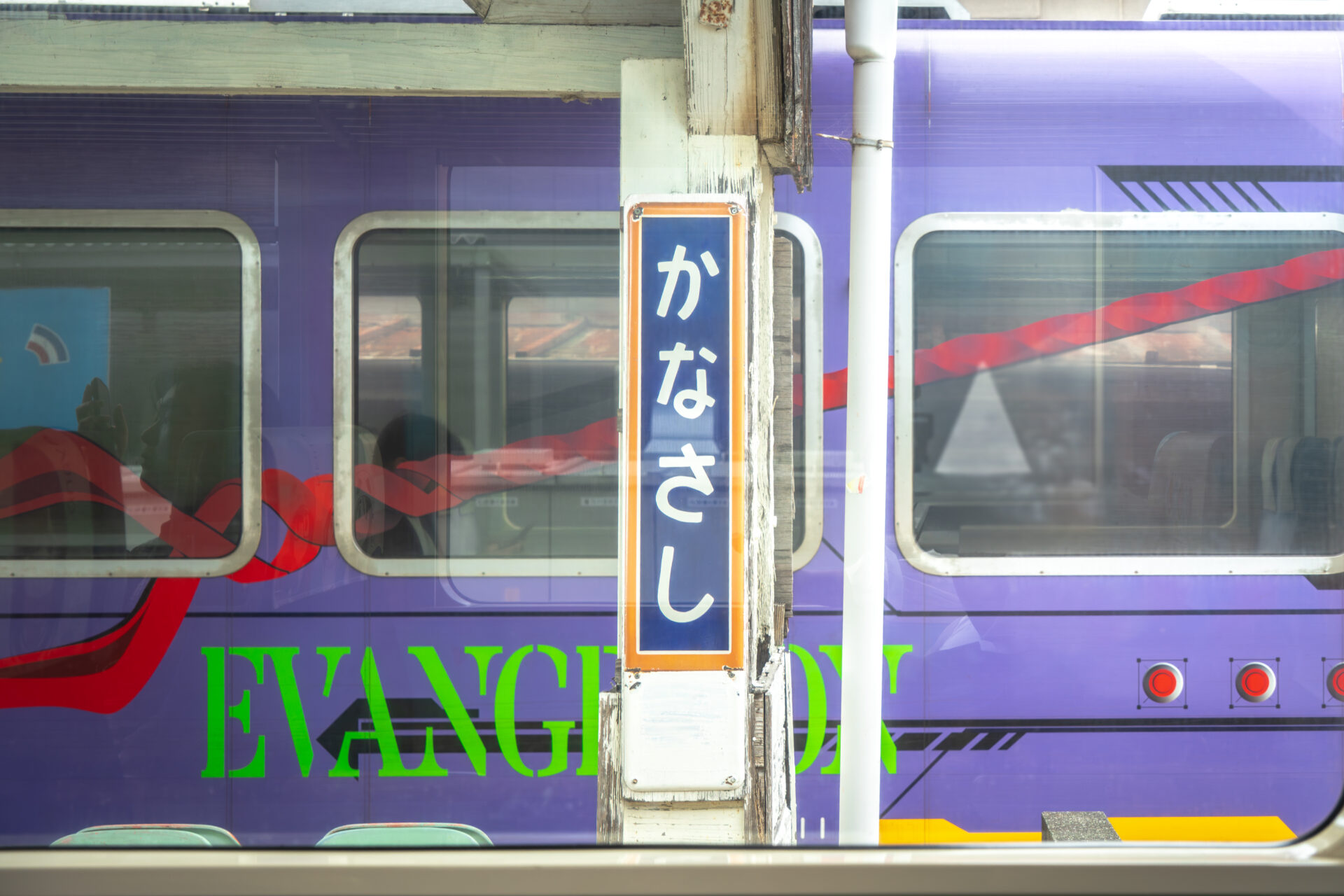
At one point, we even passed a train covered in Evangelion artwork—eye-catching even for those who aren’t diehard train fans.
Outside the window: the peaceful waters of Lake Hamana, seagulls gliding over the waves, and a lakeside road perfect for long drives.
The slow rhythm of the local line made the ride feel blissfully relaxing.
This stretch of the journey—more about the ride than the destination—was a reminder that sometimes the joy is in the travel itself.
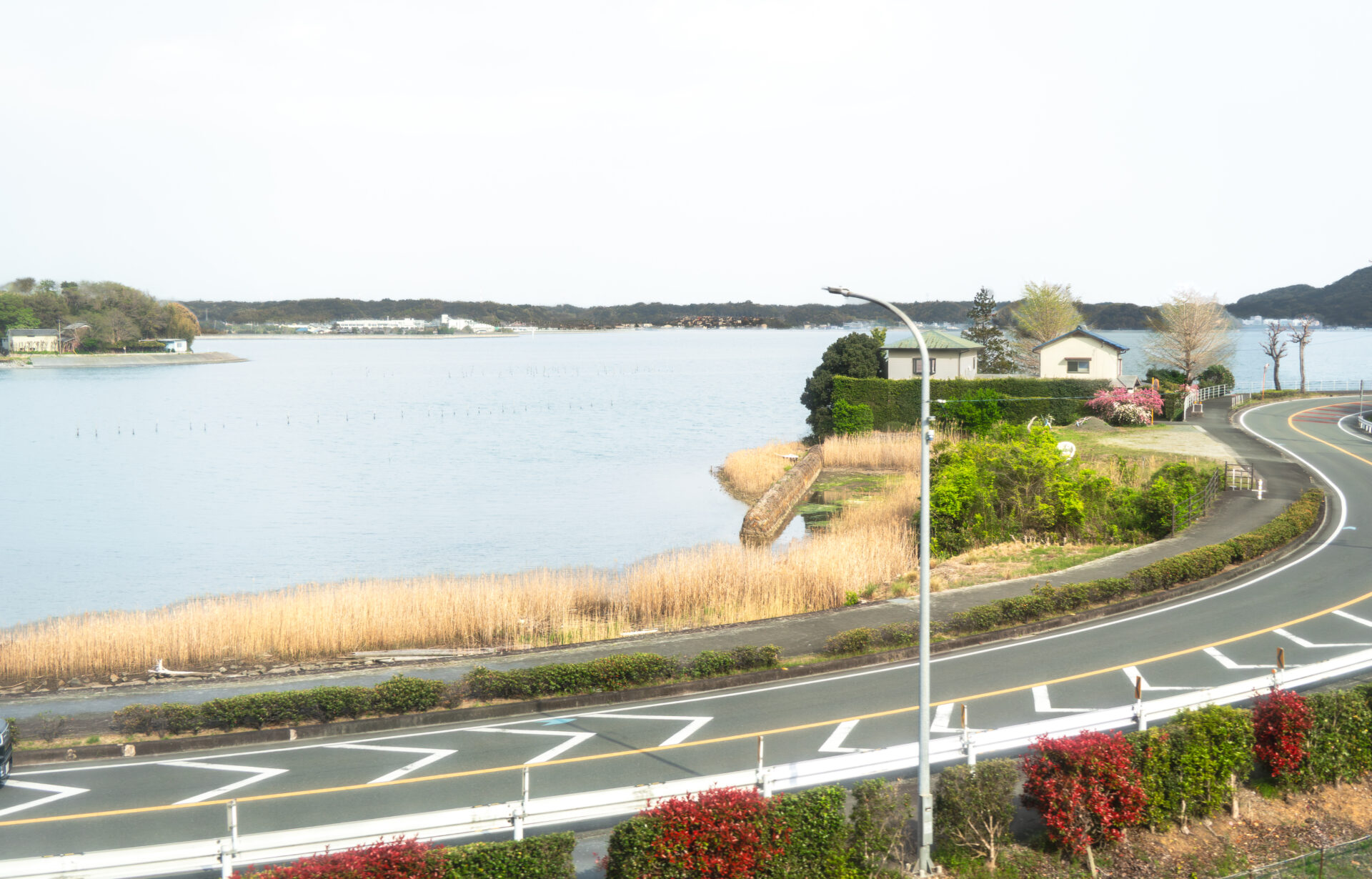
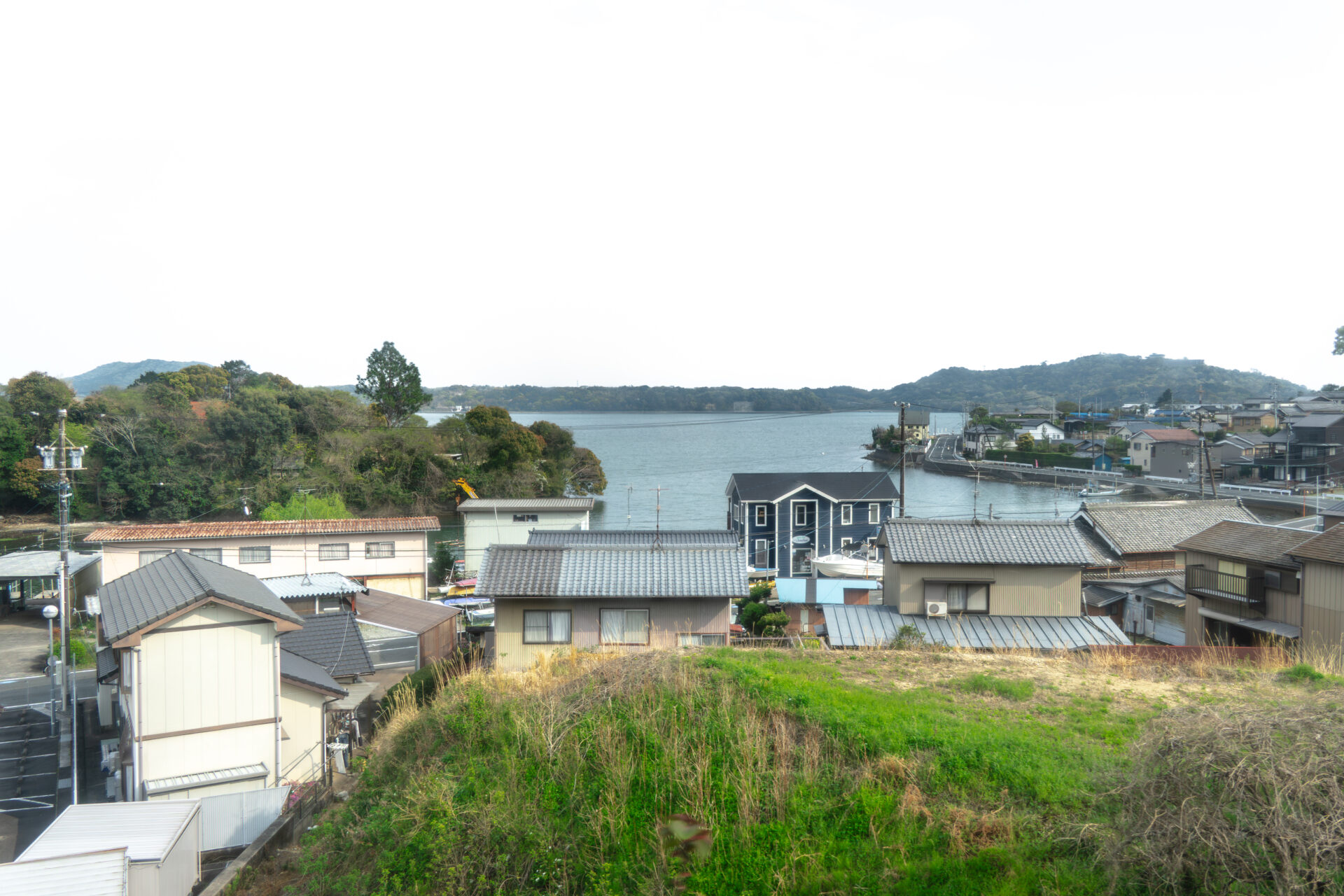
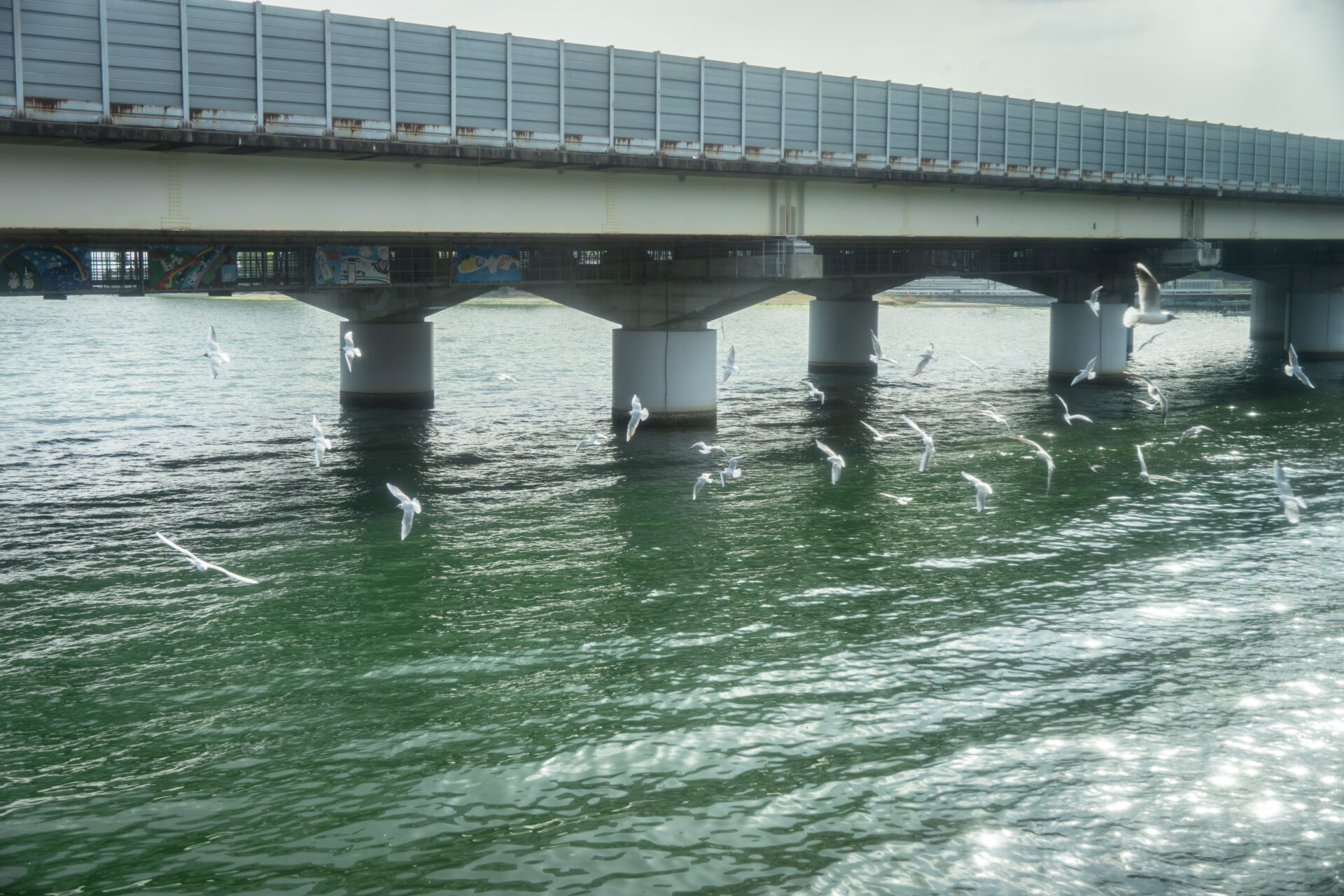
That said, with limited train frequency, it’s best to allow extra time in your schedule.
A Sudden Panic—But a Lesson Learned
As I arrived at the final station and prepared to transfer trains, I passed through the ticket gate—
Only to realize I had left my carry-on bag on the overhead rack of the previous train.
My heart dropped. I rushed back to the platform in a panic.
The train was just about to depart, but I managed to retrieve my bag at the last second—what a relief!
It was a tense moment, but one I’ll remember as part of the journey.
A reminder to double-check your belongings when transferring trains!
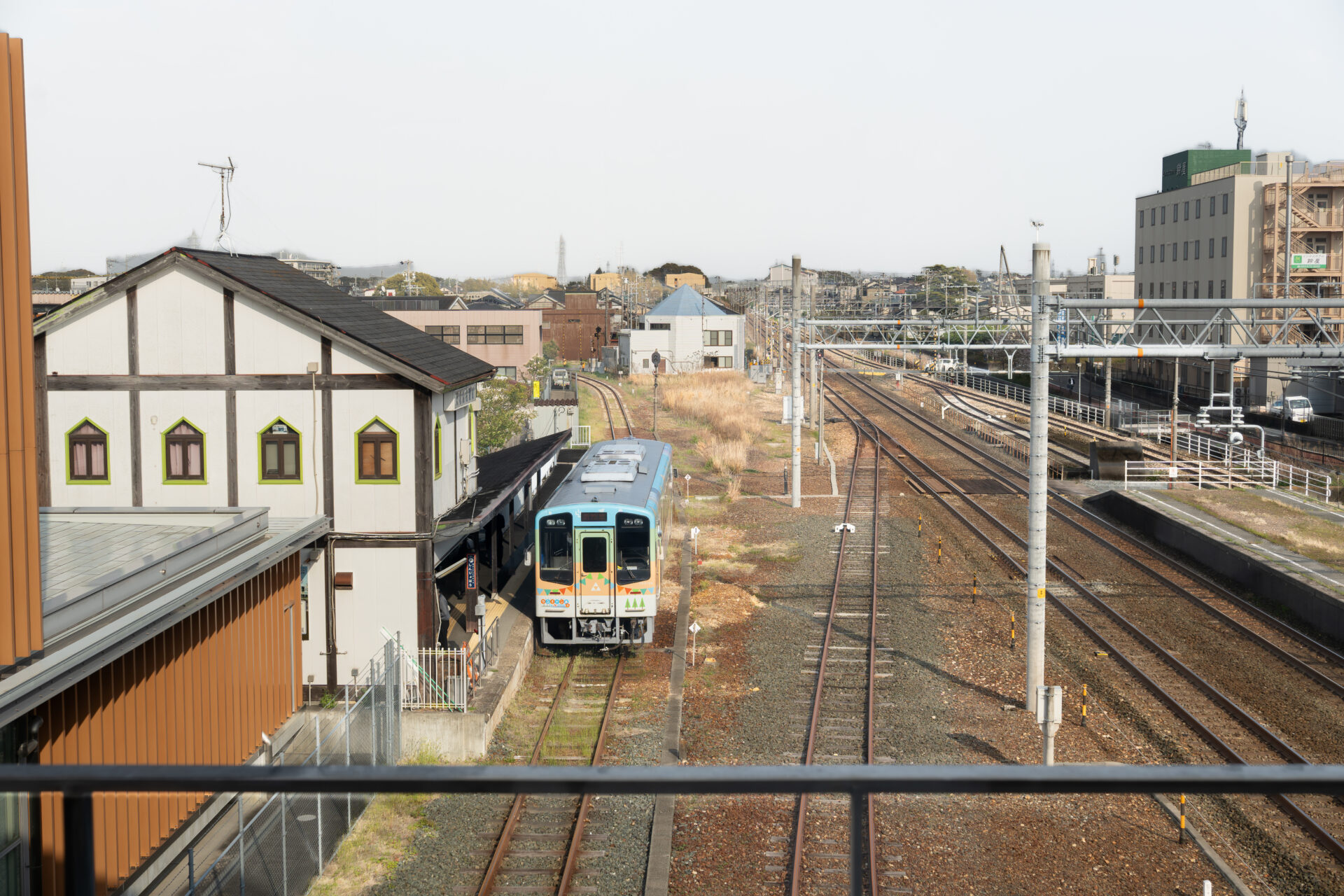
Onward to Nagoya via the Meitetsu Line
From Shinjohara Station, the final stop of the Tenryu Hamanako Line, I transferred to the Meitetsu Line and headed for Nagoya.
With my bag safely back in hand, I finally relaxed and let the rhythm of the train carry me.
As the scenery drifted by, I reflected on the meals and moments from Hamamatsu—and looked forward to what Nagoya had in store.
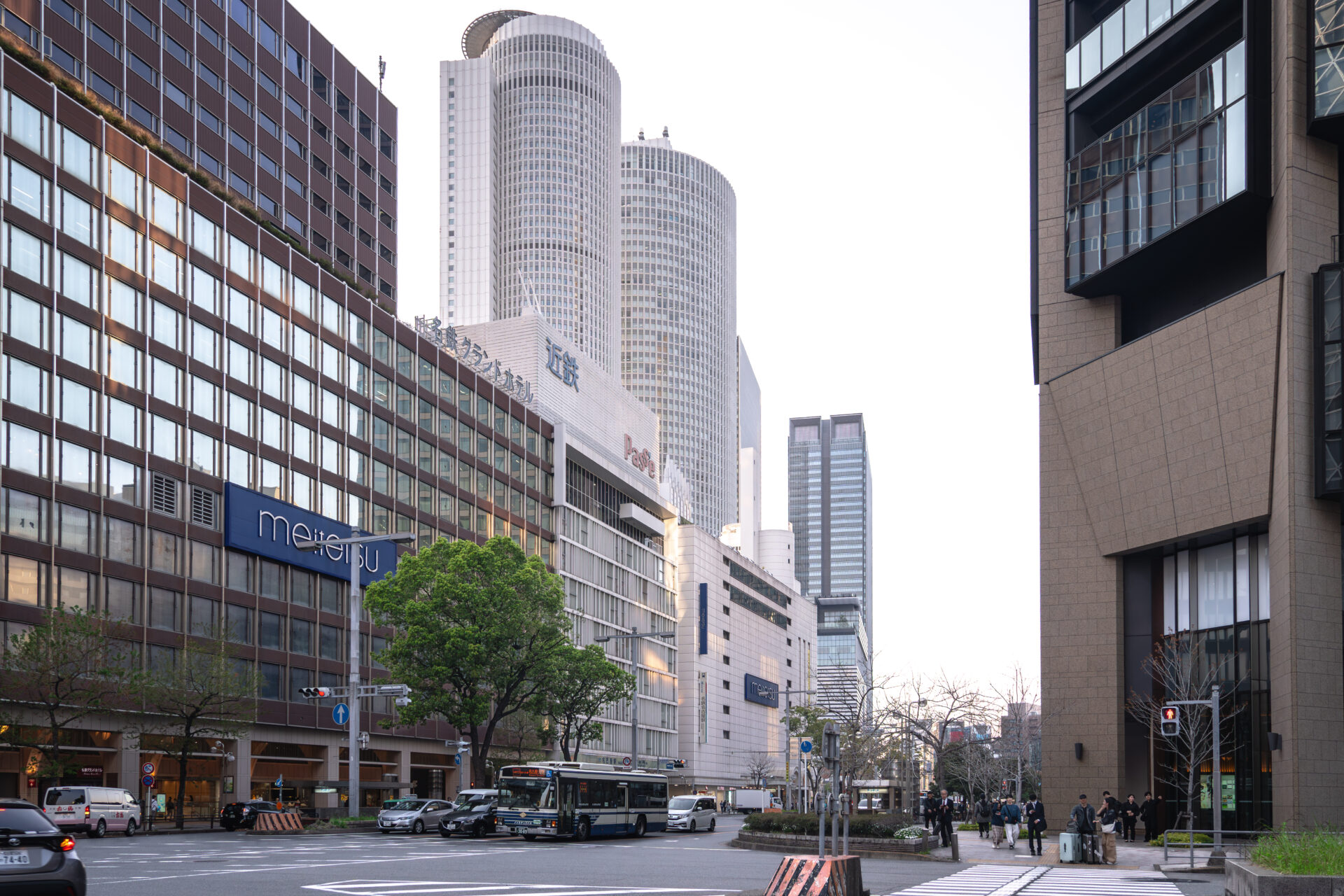
Arrival in Nagoya and Check-In at the Hotel
I arrived at Nagoya Station and checked into Mitsui Garden Hotel Nagoya Premier, just a short walk from the station.
Despite the convenient location, the hotel’s modern, serene entrance offered a welcome calm—
a quiet refuge to recover from the mini drama of the day.
- ADDRESS
Symphony Toyota Building, 4‑11‑27 Meieki, Nakamura‑ku, Nagoya, Aichi 450‑0002, Japan
- COMMENT
- Free Wi‑Fi, wired LAN, toiletries, slippers, in-room kettle, fridge, hair dryer
Accessible facilities and rooms available
Accepts major credit cards (VISA, JCB, AMEX, etc.)
With a sense of relief (and a bit of laughter about the forgotten bag), I settled in.
The night in Nagoya was just beginning.
Dinner at “Lito”: A Modern Italian Hideaway in Hisaya-odori
After a break at the hotel, I took a taxi to Hisaya-odori for dinner.
Tucked away on the second floor of a quiet building is the reservation-only Lito, a modern Italian restaurant.
The chef trained in Italy and was involved in the launch of Restaurant Naz in Tokyo and Karuizawa.
As both chef and sommelier, he created “Lito” to embody his vision, combining fermentation, fragrance, and technique into refined modern Italian cuisine.
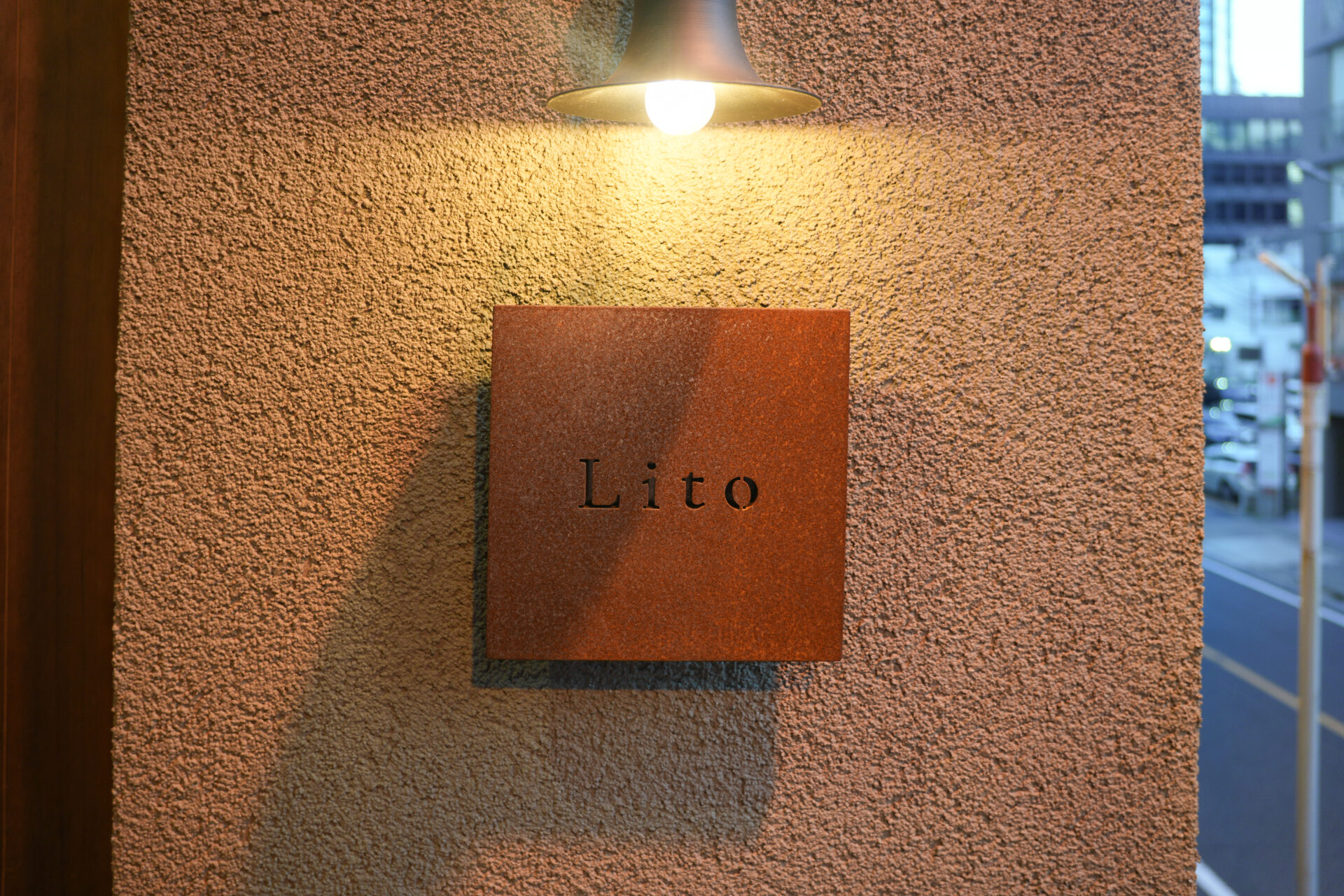
- ADDRESS
2F, Daini Orange Hisaya Building, 1-17-3 Izumi, Higashi-ku, Nagoya, Aichi 461-0001, Japan
(About 4 minutes on foot from Exit 1B of Hisaya-ōdōri Station)
- OPEN
Lunch: Starts at 12:00 PM (sharp start)
Dinner: Starts at 6:30 PM (sharp start)
Closed: Sundays and irregular holidays
Note: Both lunch and dinner operate with fixed start times for all guests.
- AWARD
Tabelog 100 Best Italian Restaurants (East Japan) – 2025 Selection
Using seasonal vegetables, fresh seafood, and local ingredients, each dish was carefully calibrated—from seasoning to cooking temperature.
Flavors, textures, and aromas evolved with each course, creating a memorable progression.
The natural wine and non-alcohol pairings were also exceptional—less like standalone drinks, and more like part of the dish itself.
The softly lit interior, with its limited seating, allowed for quiet focus on the food.
Warm service made it the perfect place to savor a special evening in Nagoya.
Closing the Day with a View of Nagoya’s Nightscape
After the satisfying dinner, I took the train back to the hotel.
The city at night was quieter than expected, and it gave off a calm, peaceful vibe.
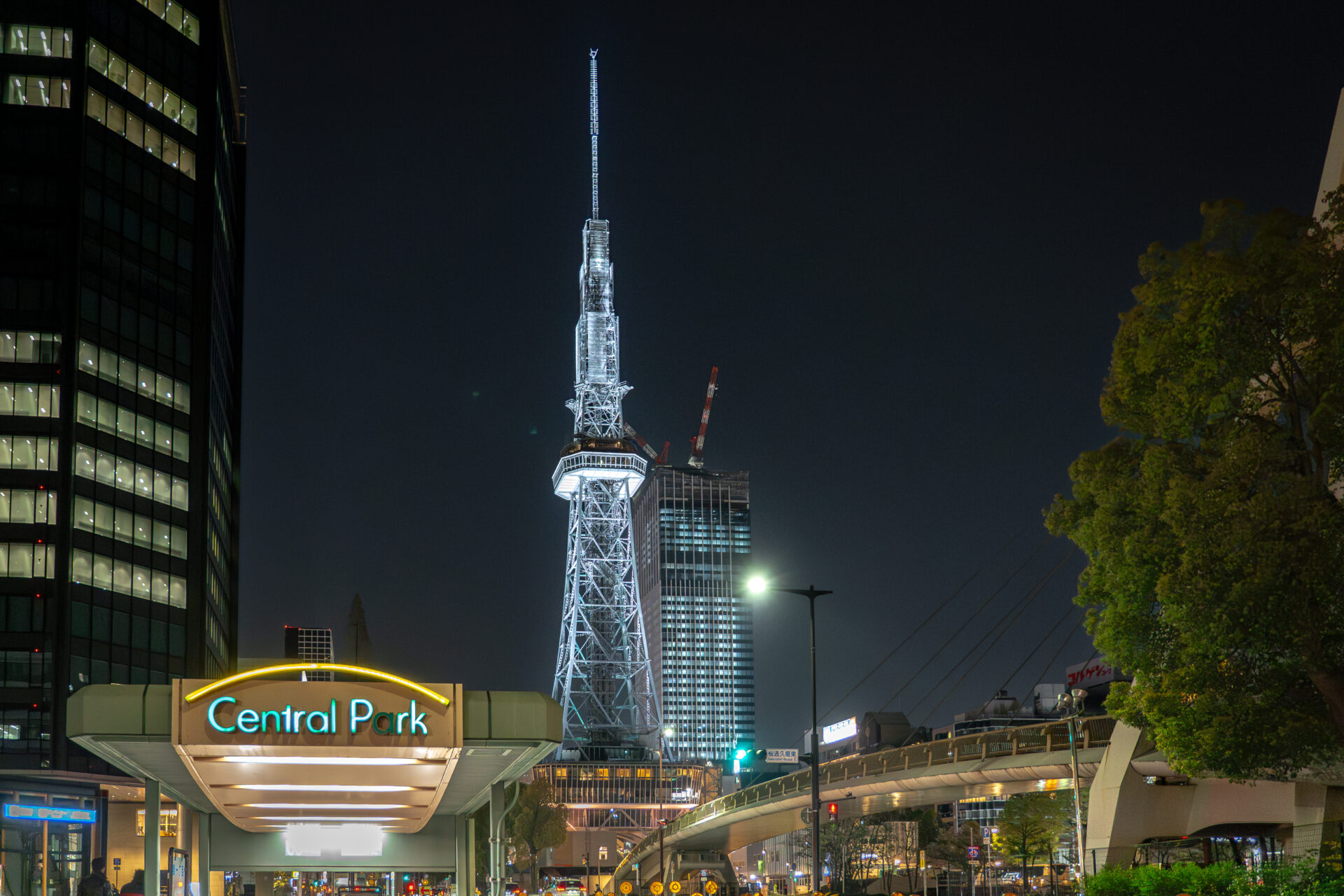
From my room, I could see Nagoya Castle, beautifully lit, with the bright silhouette of Nagoya TV Tower shining in the distance.
As I gazed out over the city, the day’s many moments—unagi, gyoza, Lake Hamana, and Lito—
all gently settled into memory, forming a day that I would truly never forget.
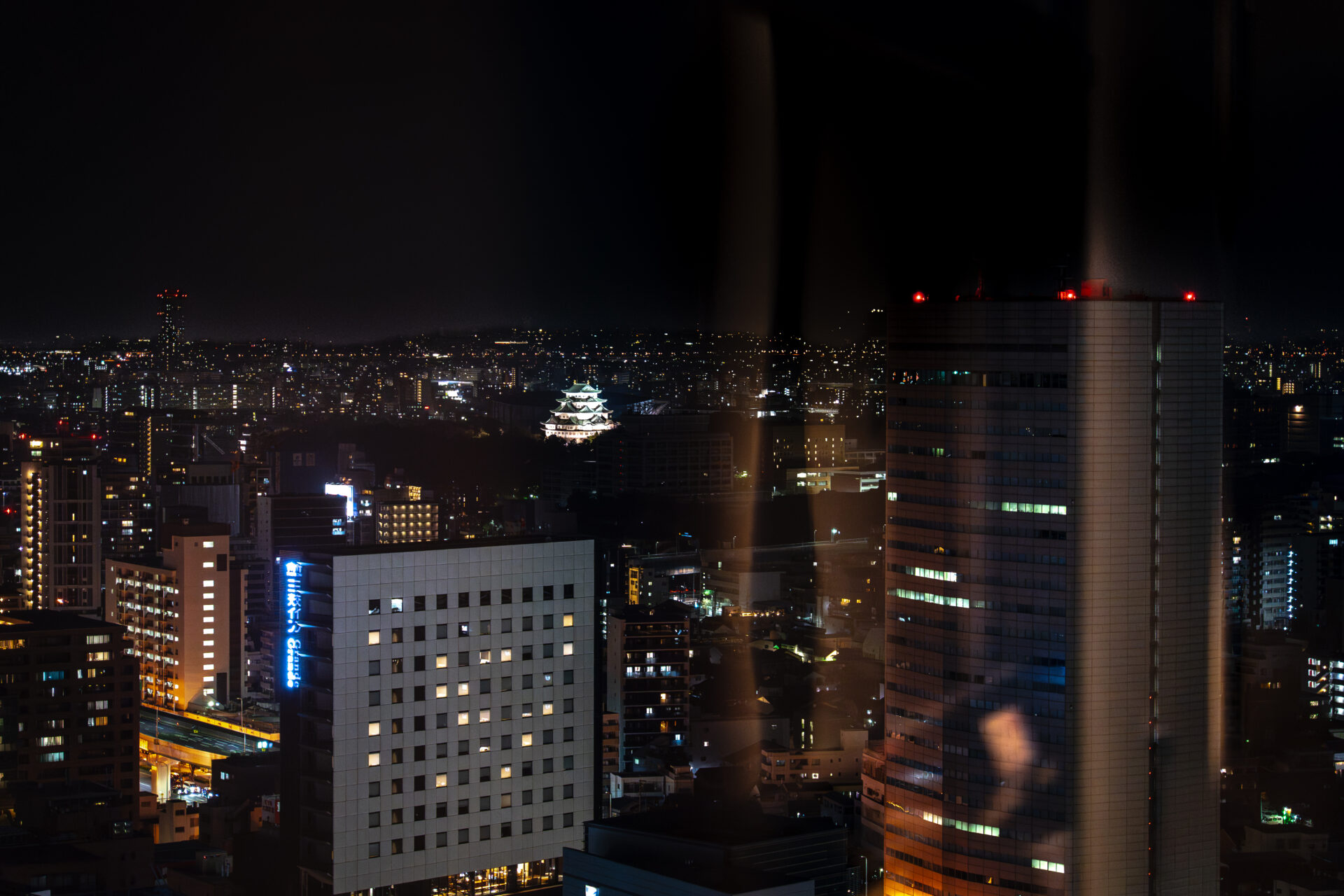
DAY 4 | A Morning Overlooking Nagoya — The Final Day Begins
Morning in Nagoya.
From the hotel window, the city stretches out quietly, with Nagoya Castle peeking between the buildings—its understated presence gently anchoring the view.
Though it’s the final day, there’s no time to linger.
I plan to arrive in Kyoto by noon, so I quickly pack up and get ready to go.
Even now, with the end in sight, I want to savor every remaining moment of this journey.
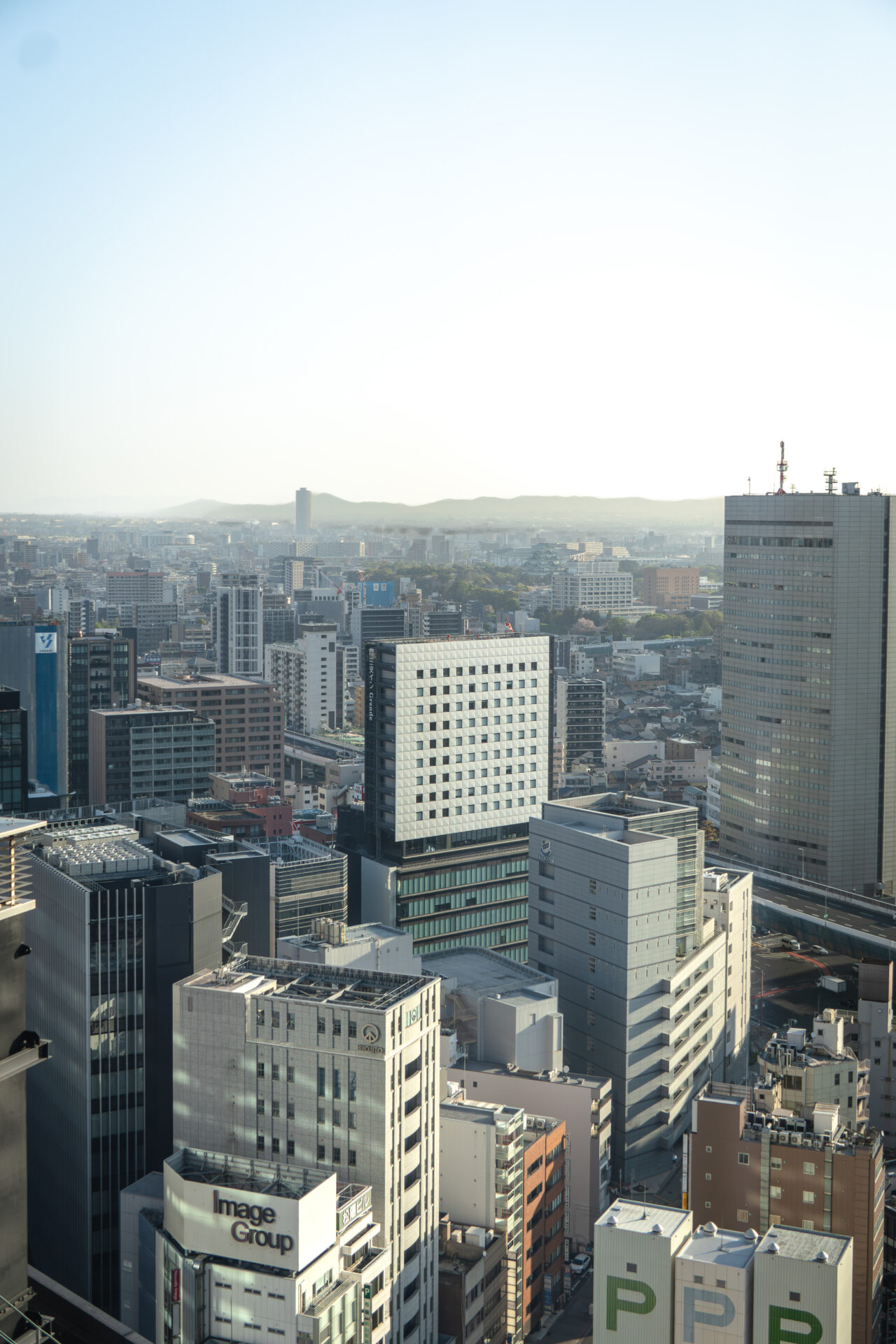
Morning Provisions at Tenmusu Senju – A Nagoya Classic
I head to Tenmusu Senju, located in the underground shopping street ESCA near Nagoya Station.
Founded in the mid-Showa era, this long-established shop is beloved by locals and travelers alike as a staple of Nagoya-meshi.
Their small shrimp tempura rice balls may be bite-sized, but the plump shrimp and gently sweet sauce strike a perfect balance with the rice.
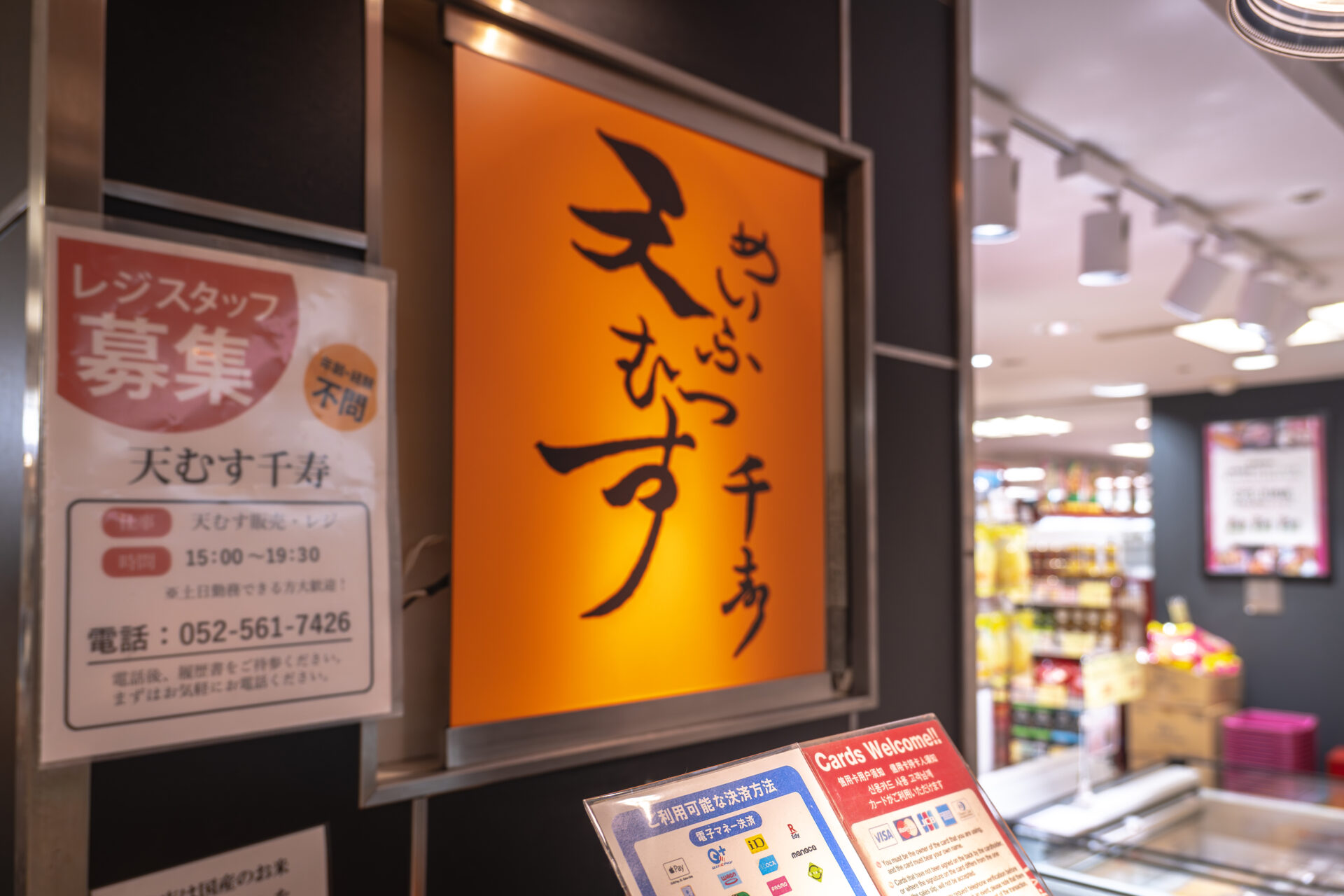
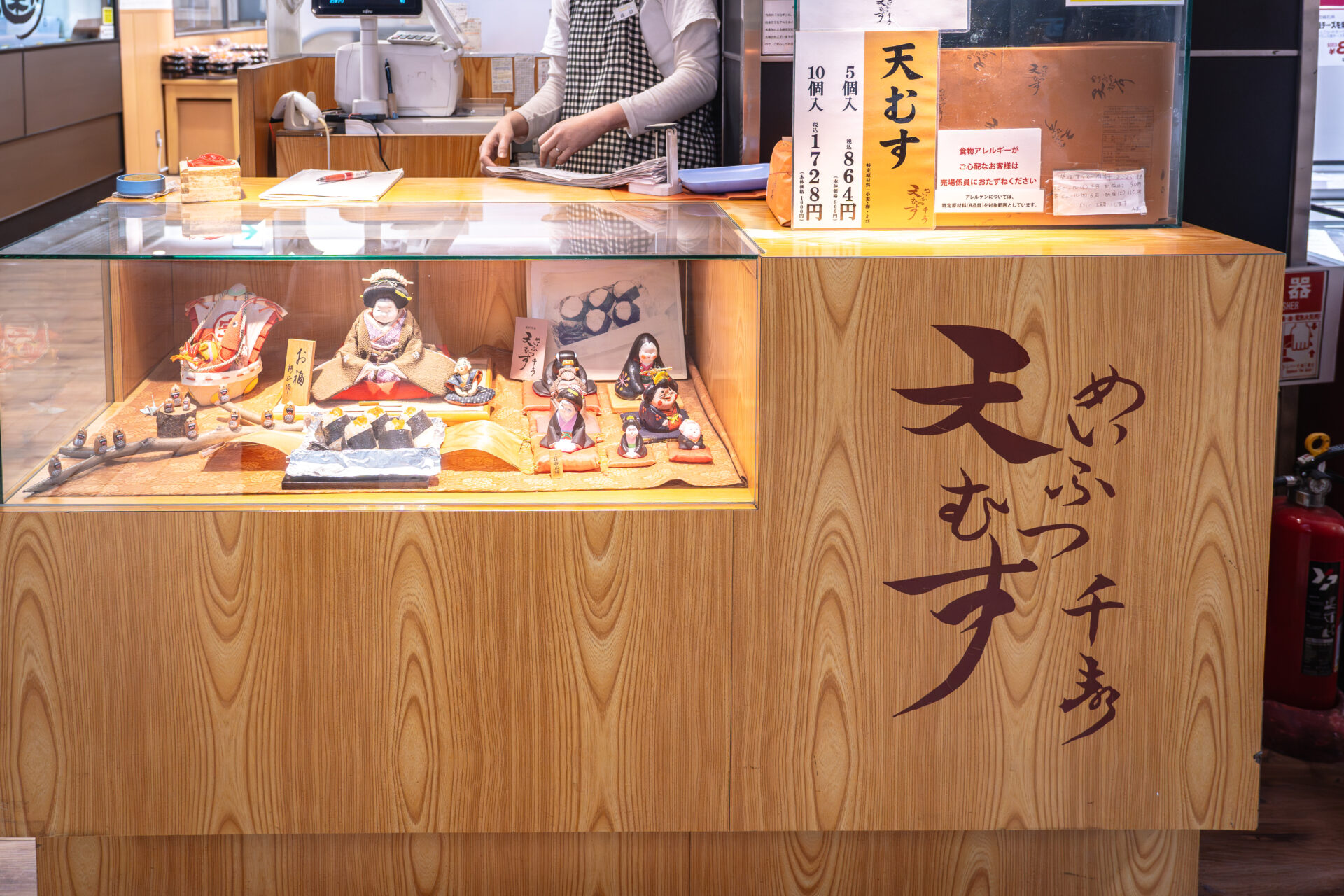
Easy to enjoy on the go, they’re an ideal companion for train travel—reliable and deeply satisfying.
I pick up a pack to serve as both breakfast and souvenir, ready now for the next leg of the journey.
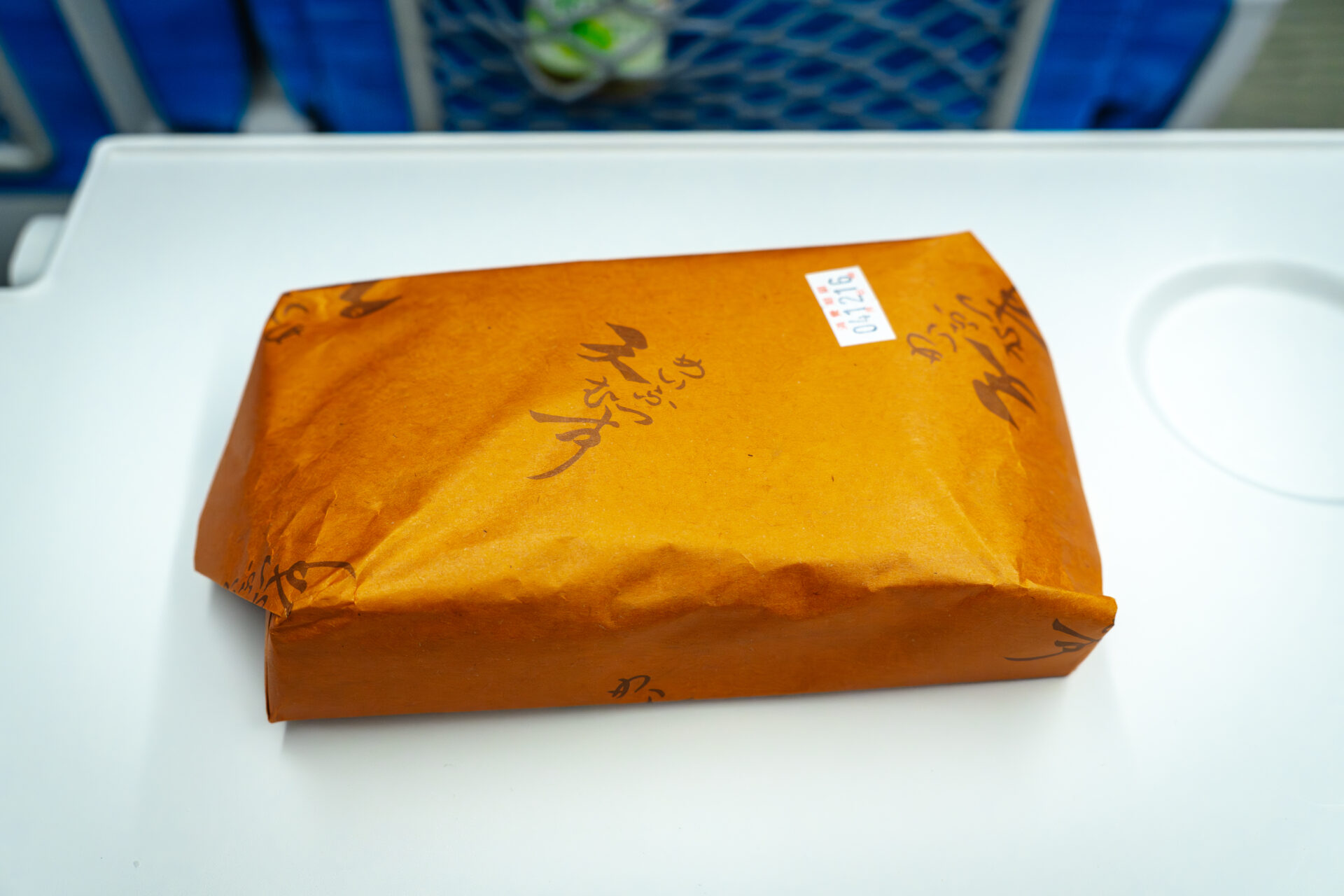
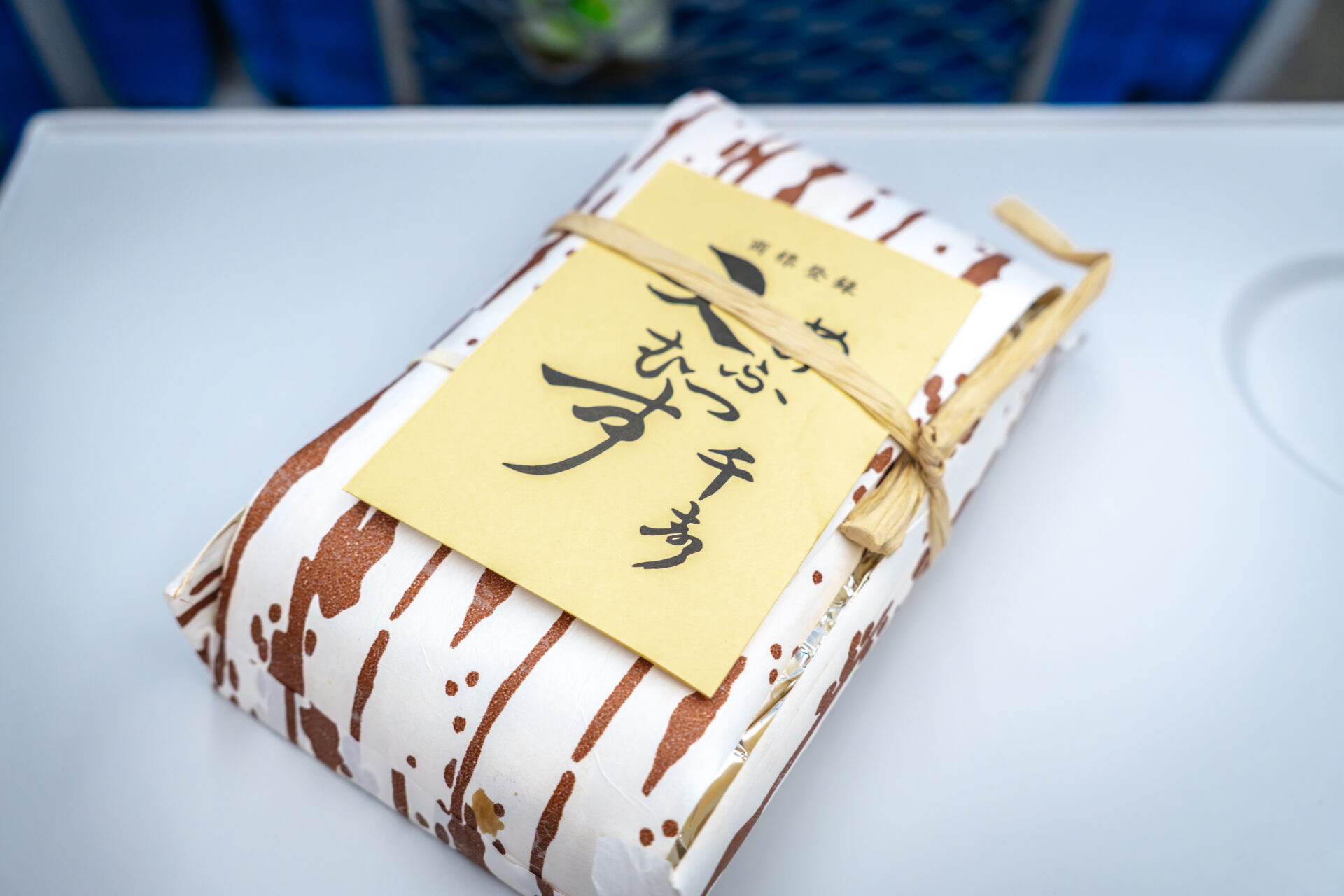
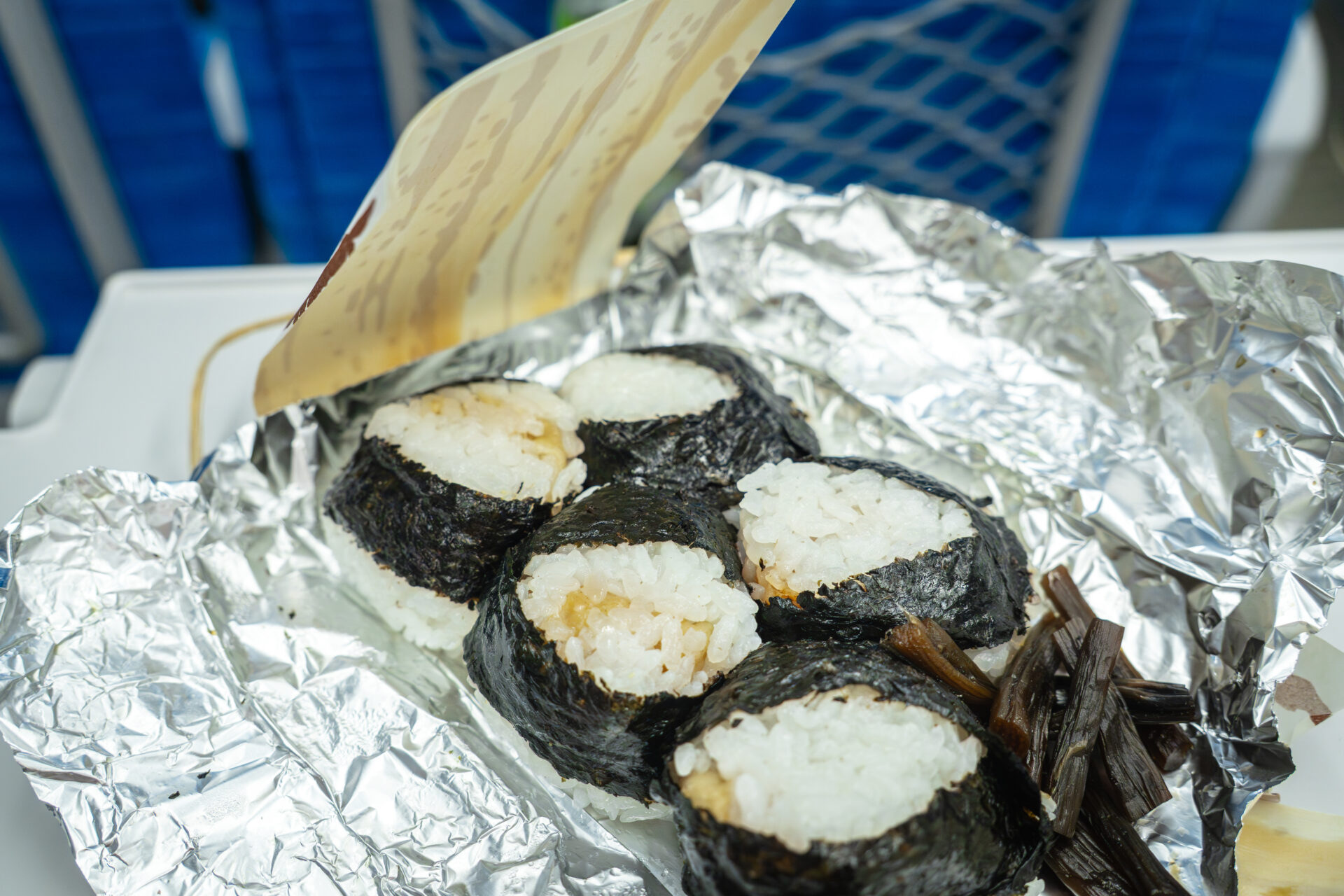
A Final Morning Bowl: Kishimen at Sumiyoshi on the Platform
Before boarding the Shinkansen, I make one last essential stop:
Sumiyoshi, a beloved standing soba spot on the JR platform at Nagoya Station—famous nationwide as a pinnacle of “station platform cuisine.”
This morning, I opt for a bowl with tempura.
The rich aroma of bonito flakes, the sweet-savory dashi, and the smooth, flat kishimen noodles come together in a dish that warms the soul.
All for a single coin—affordable and comforting.
With the background sounds of announcements and train bells, this meal somehow deepens the feeling of departure.
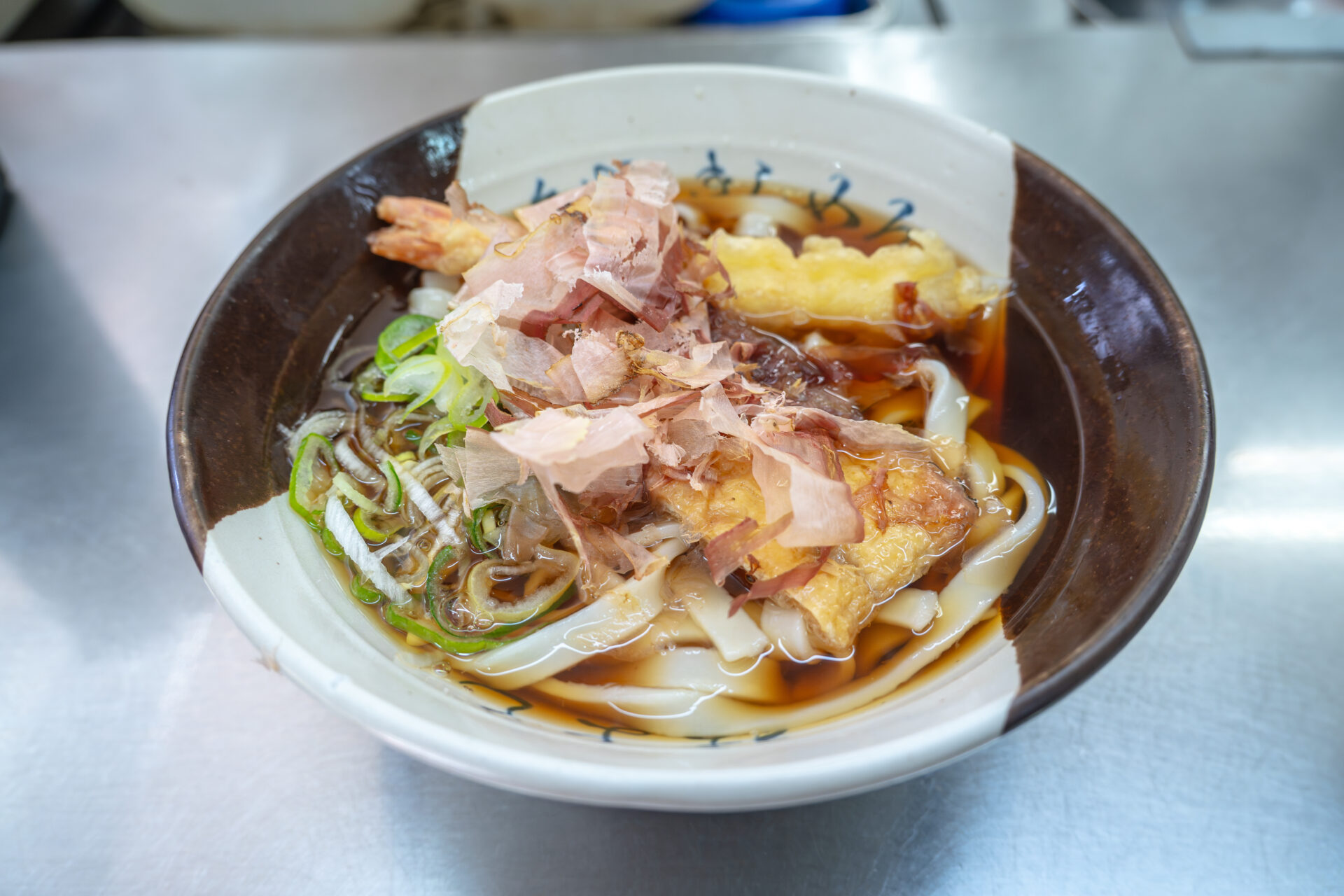
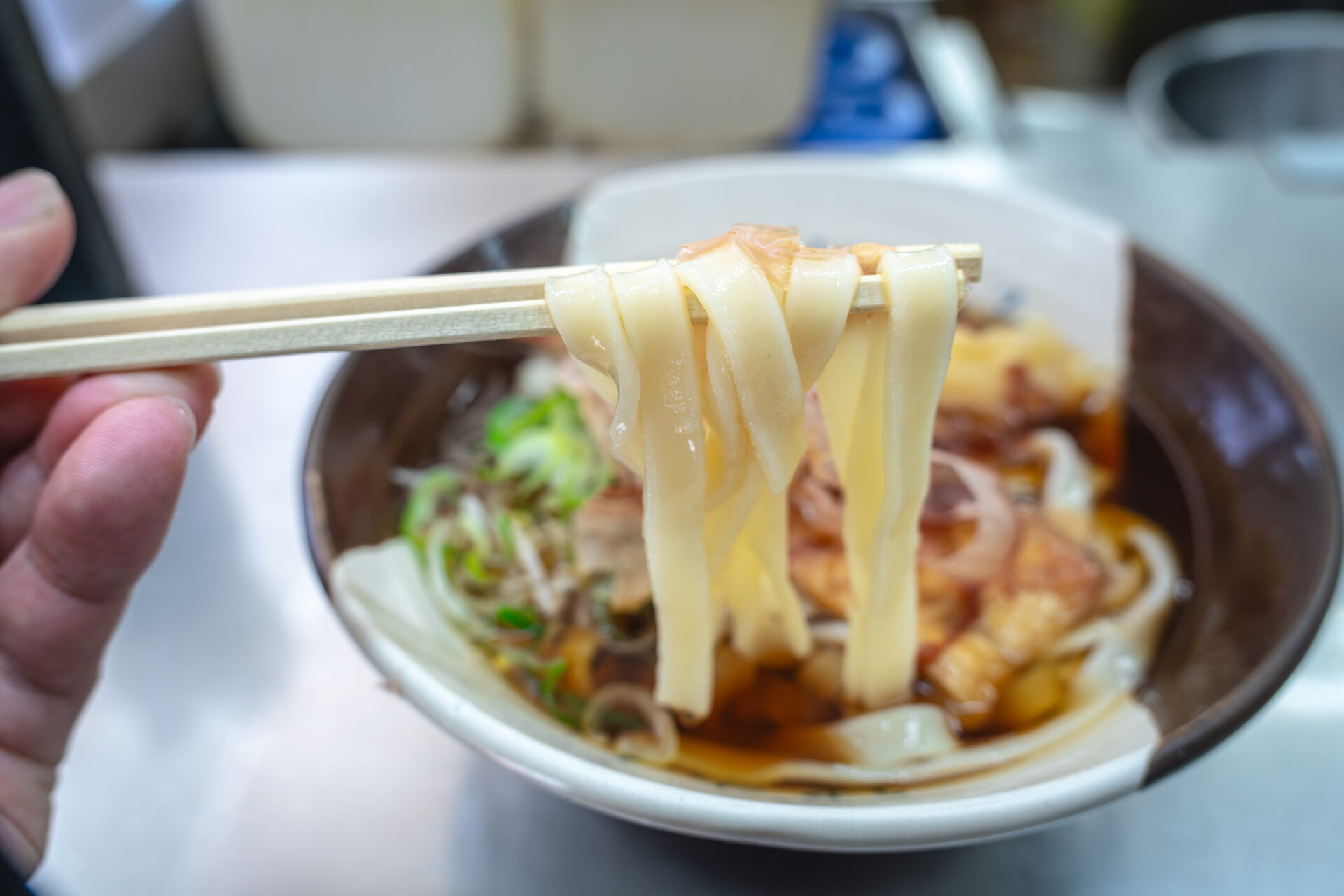
A final bite in Nagoya, and one that left me content as I made my way toward the Shinkansen platform.
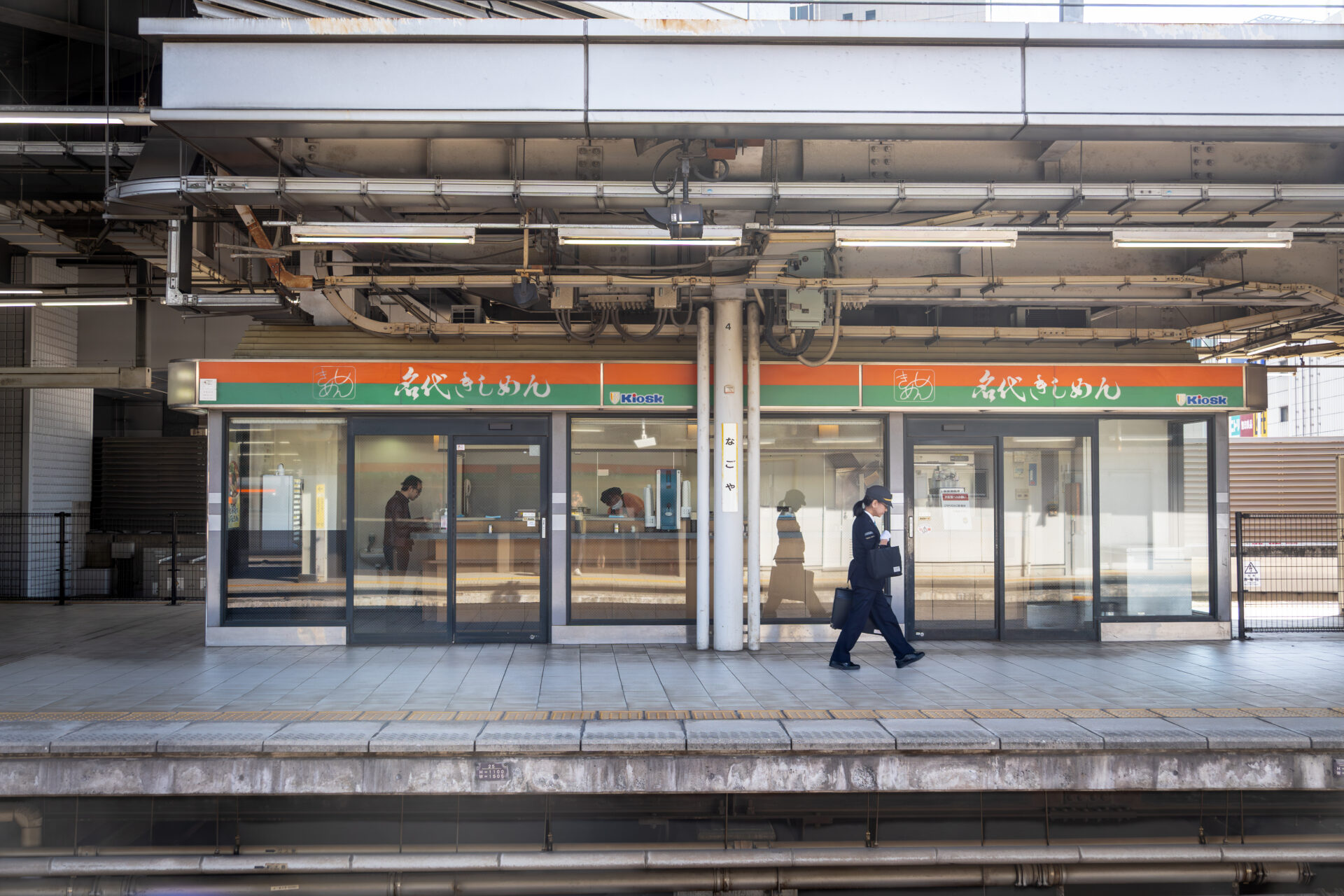
- ADDRESS
Inside JR Nagoya Station – Platform 5 & 6 (Tokaido Main Line, outbound for Gifu)
Toward the Tokyo side of the platform, near the Hirokōji or Taikōdōri South exits.
(Regular line platforms—not Shinkansen)
- OPEN
Daily: 7:00 AM – 9:30 PM (Last order 9:20 PM)
Open every day, year-round
- COMMENT
- Standing-only noodle bar (about 8 counter spots)
Ticket machine ordering system
Self-service water
Non-smoking
A Hidden Gem of Chinese Cuisine in Kyoto’s Kita Ward
Arriving in Kyoto, I head north to Shichiku, a quiet residential neighborhood far from the tourist crowds.
Here, tucked away like a hidden treasure, is Ninshuro (仁修樓), a reservation-only Chinese restaurant with only eight counter seats.
The moment you step through the door, you know you’ve entered a special space.
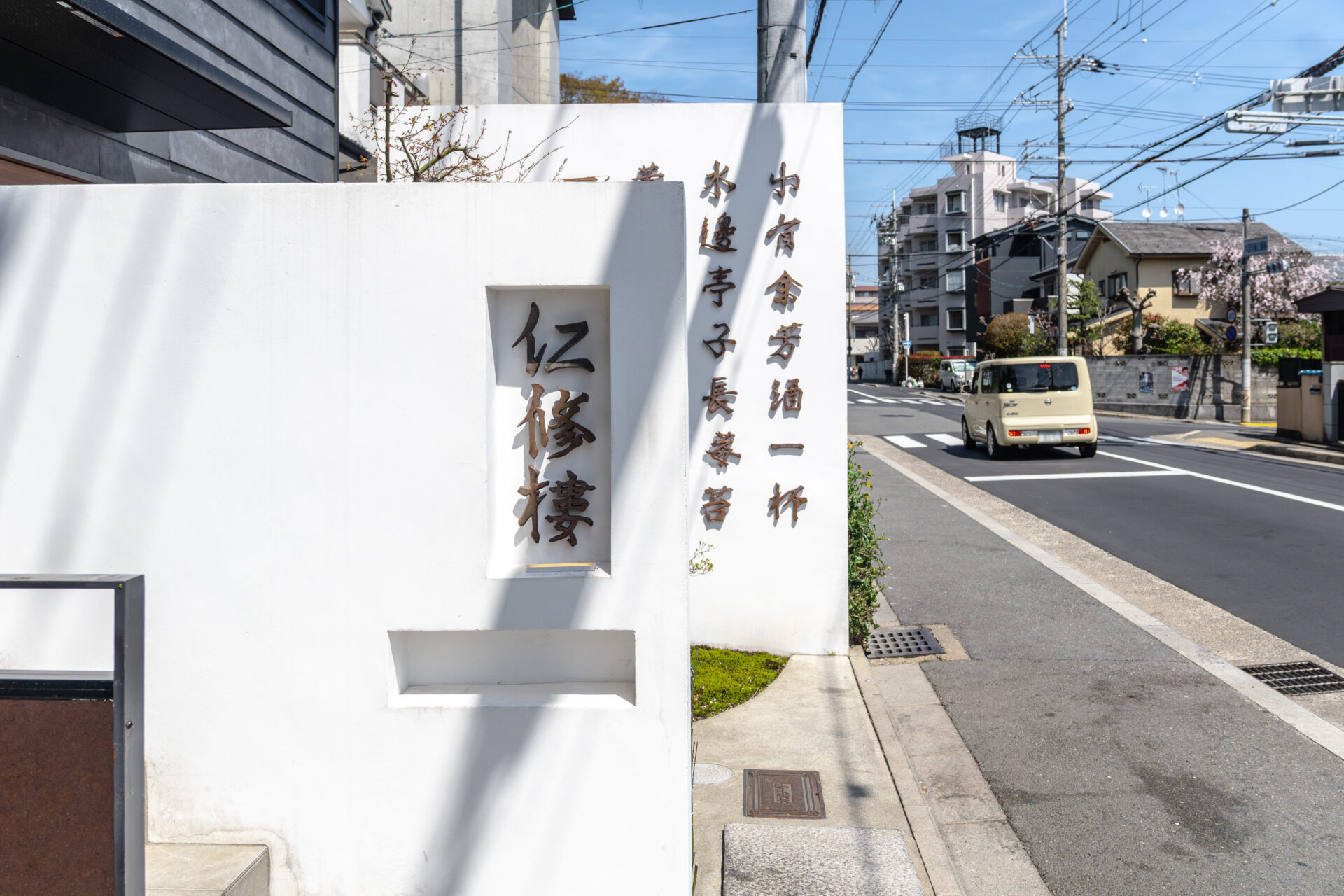
▶ For a full write-up on the lunch at Ninshuro, see this separate article:
- ADDRESS
2-12 Kitakurisu-chō, Shichiku, Kita-ku, Kyoto 603-8204, Japan
(Located in a quiet residential area near Kitaōji Station, northern Kyoto)
- OPEN
Dinner only: 6:30 PM start (fixed time seating)
Closed: Wednesdays + irregular closures
Reservation only
- AWARD
Tabelog Award 2025 – Gold
Tabelog 100 Best Chinese Restaurants (West Japan) – 2024
- COMMENT
- A reinterpretation of traditional Cantonese cuisine with refined Japanese sensitivity.
This meal was nothing short of exceptional—a culinary memory worthy of closing this journey.
If you’re seeking top-tier Chinese cuisine in Kyoto, Ninshuro is undoubtedly one of the best.
To an Art Exhibit — Another Destination After Lunch
After the unforgettable lunch, I made my way to a gallery exhibiting the work of ceramic artist Yoshinobu Imamura, who had dined with us at Ninshuro.
We hopped in a taxi and drove through the soft spring sunlight of Kyoto.
Along the Kamo River, people were enjoying quiet moments beneath the budding cherry trees.
It was Kyoto not as a tourist hub, but as a city of gentle, everyday life.
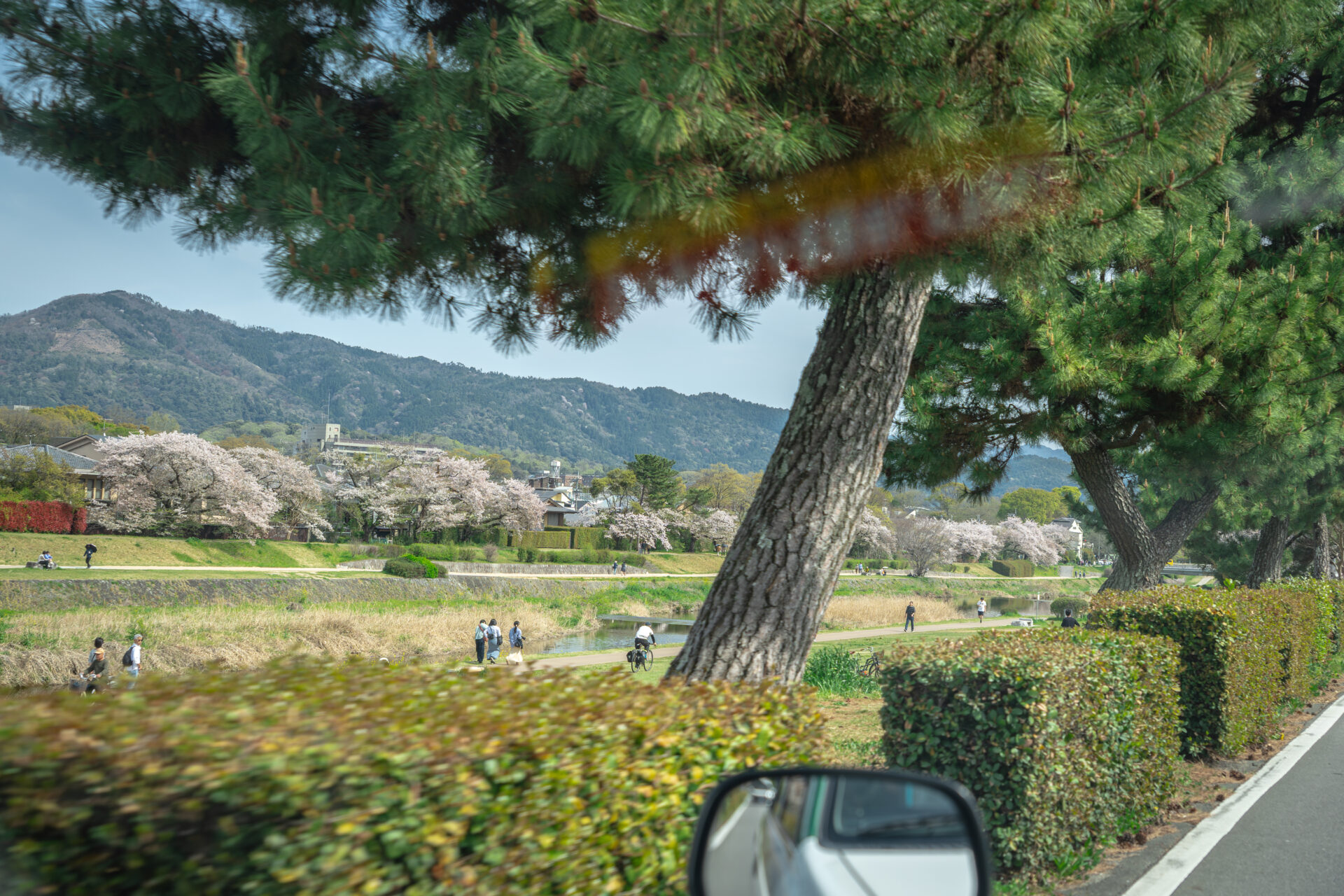
At the gallery, the space was already filled with visitors.
Each piece on display radiated a strong presence—unique in form, texture, and expression.
Though functional as vessels, many pieces could also be viewed as sculptures, with bold shapes and vivid glazes.
The entire space pulsed with creative energy.
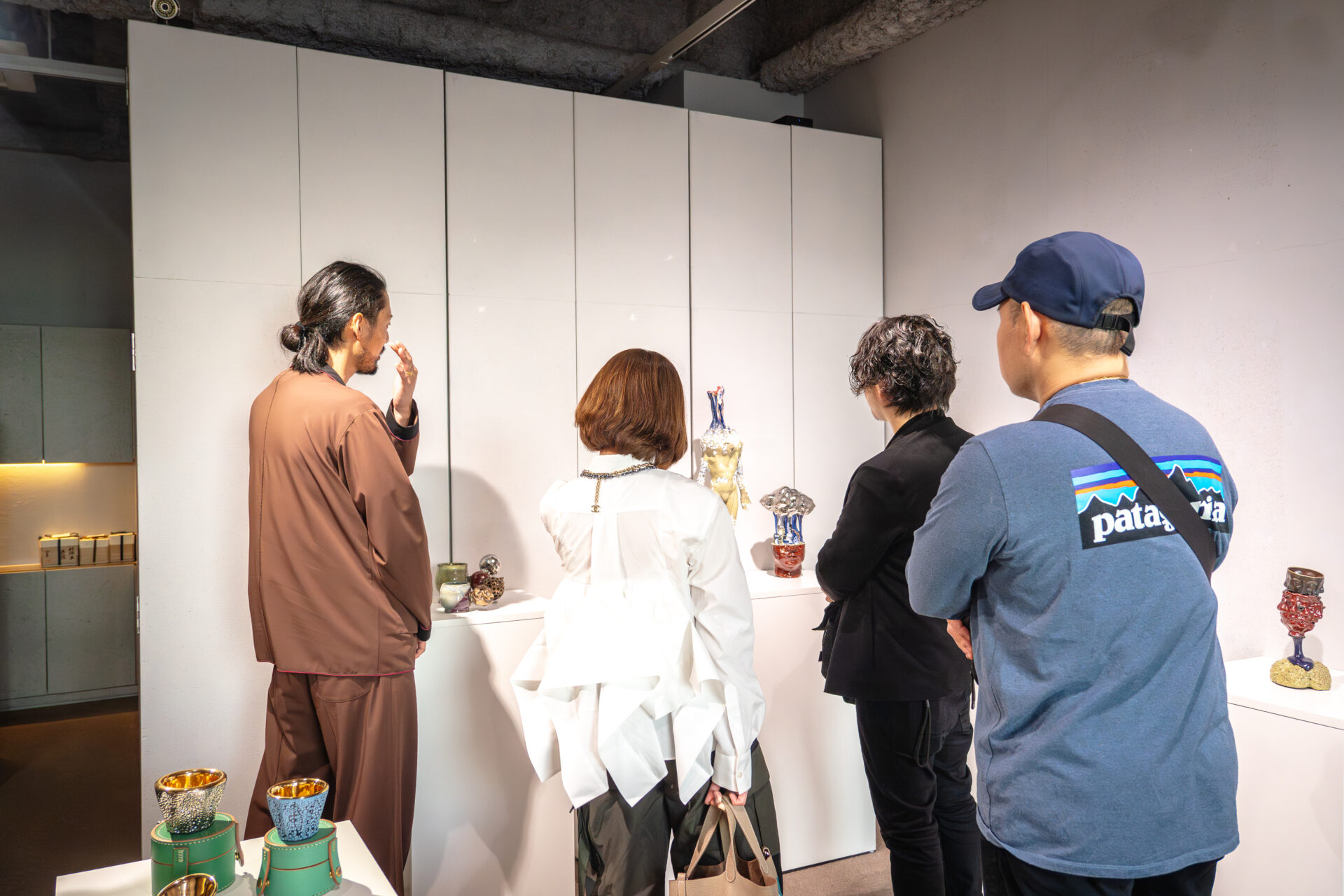
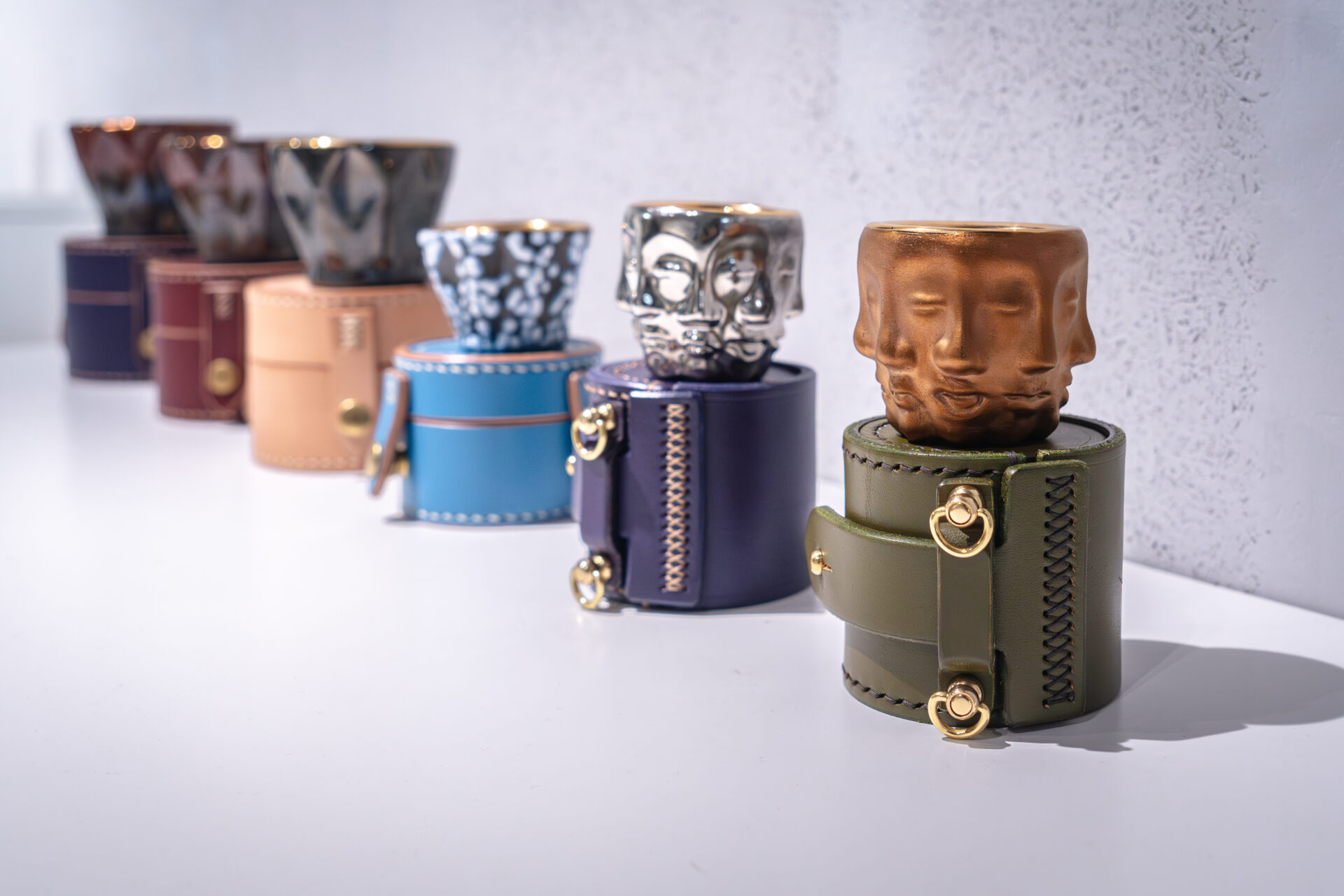
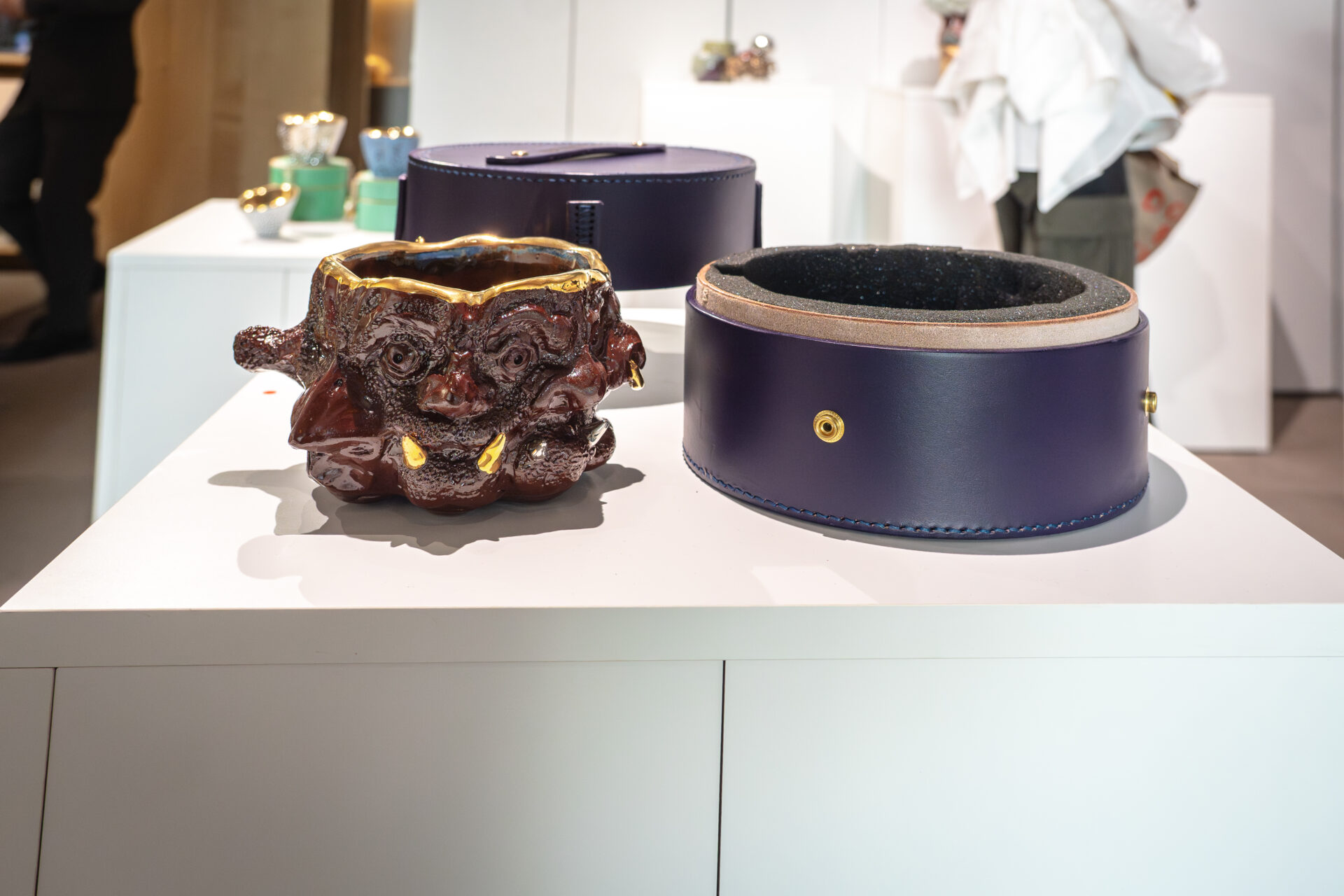
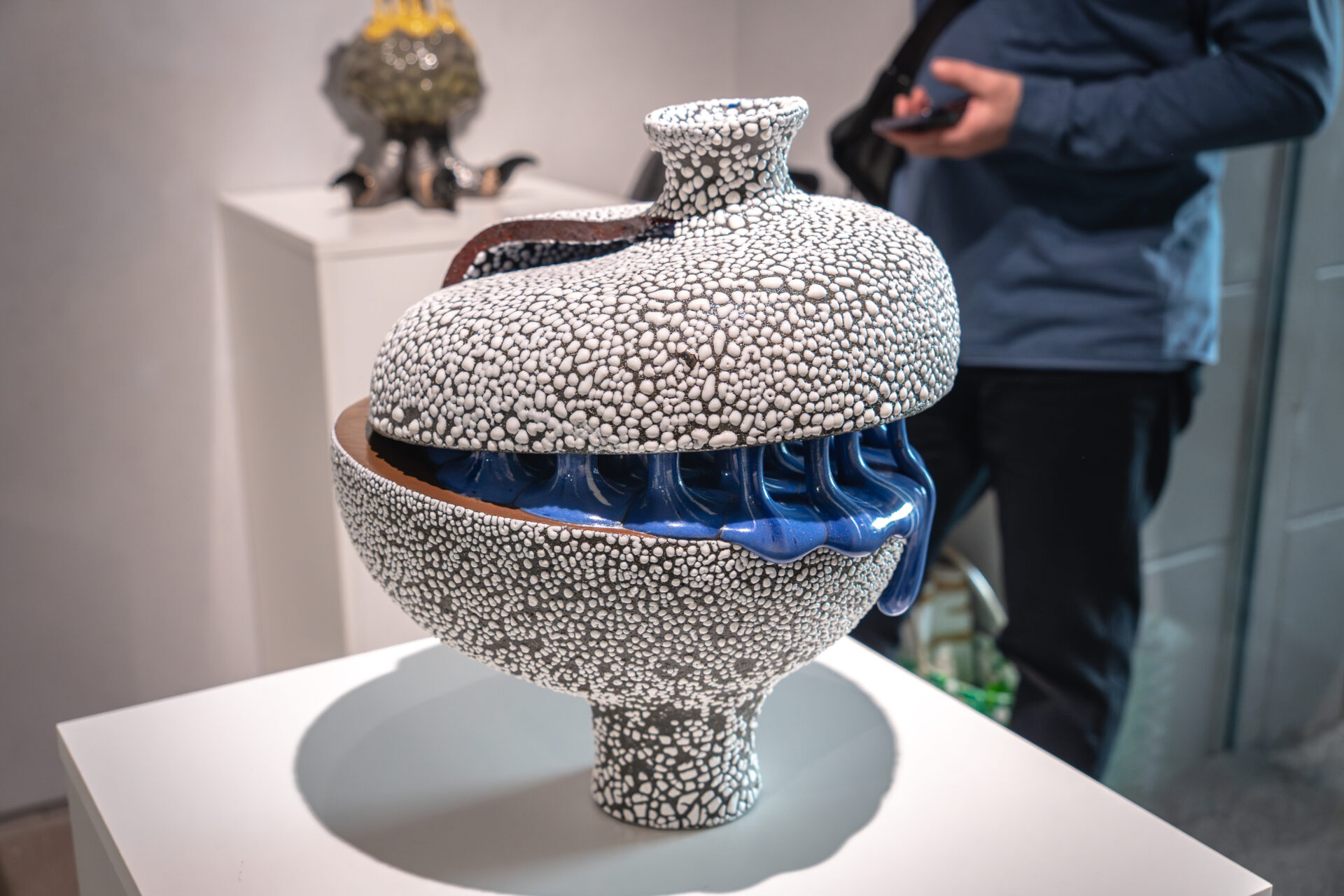
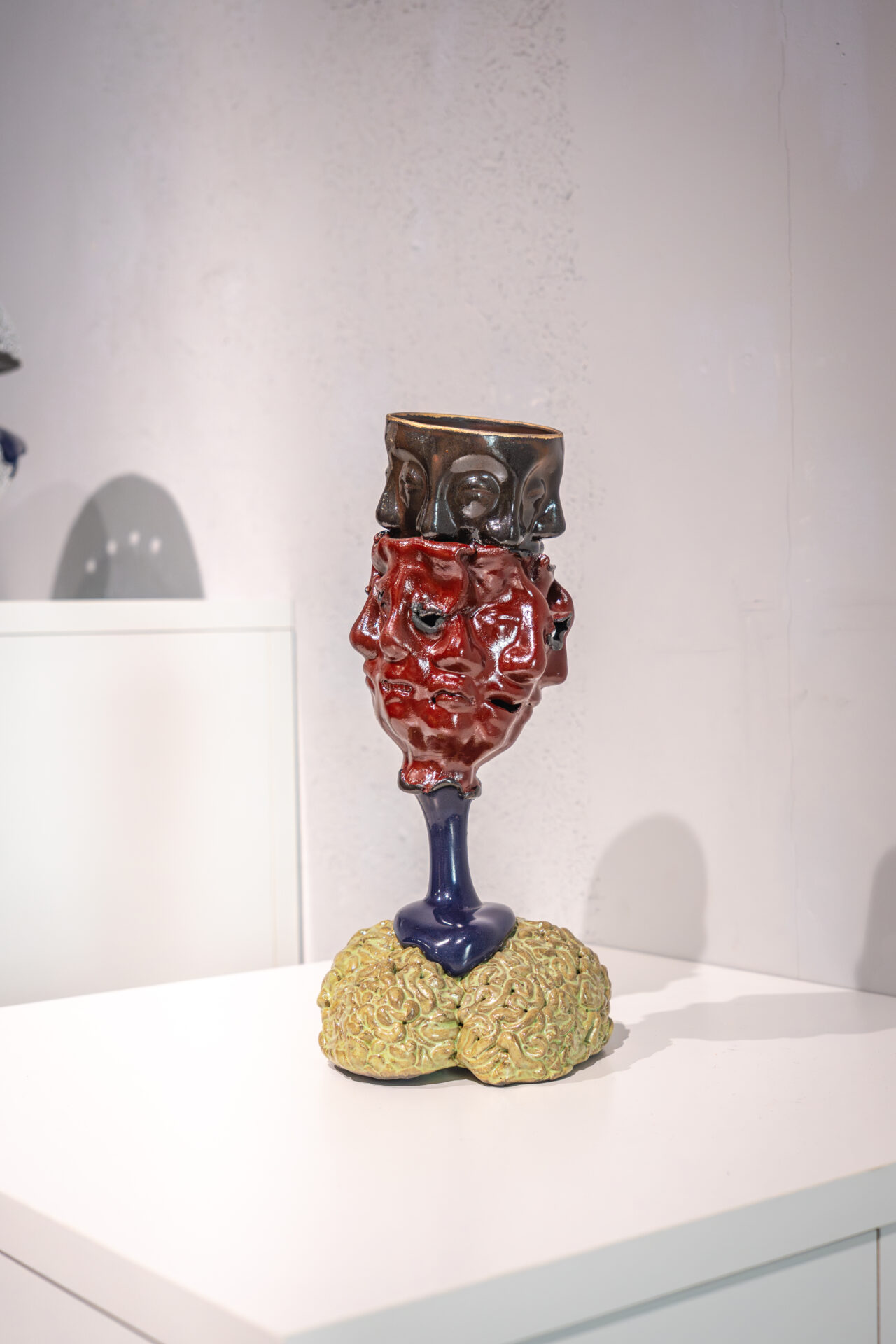
It was a room where silence and intensity coexisted—a place to engage with the works, slowly, in dialogue.
Still steeped in the flavors of lunch, I quietly etched another unforgettable moment into memory.
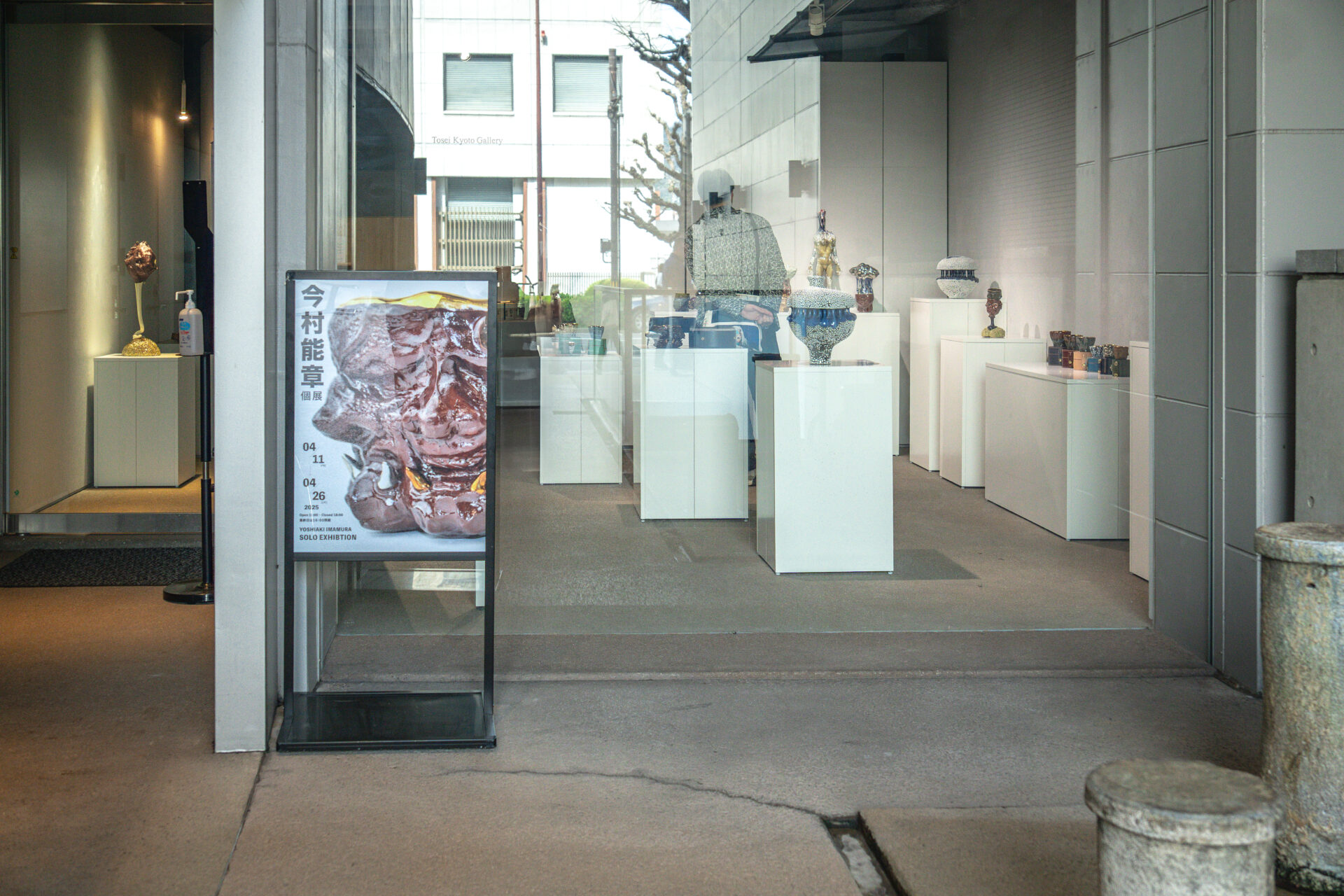
- COMMENT
- Born: 1984, Hyōgo Prefecture, Japan
Education: Graduated from Okinawa Prefectural University of Arts; completed graduate studies in ceramics
Base: Has been based in Okinawa since 2013, where he established his own studio, studioooparts
Affiliation: Serving as a part-time lecturer at Okinawa Prefectural University of Arts since 2017
At the Journey’s End — Reflecting on a Tasteful Passage
Shizuoka, Aichi, Kyoto.
From Haneda Airport through Yokohama, Yaizu, Hamamatsu, Nagoya, and finally to Kyoto’s Shichiku district.
When people think of the Tokaido, images of ukiyo-e prints or old stone-paved roads often come to mind.
But this journey was different—a passage marked not by landmarks, but by the flavors handed down in each place, and by the craft and passion of local chefs.
What stood out most was how, in every city, I encountered chefs deeply connected to their land—
not just serving local specialties, but crafting dishes that honored the essence of their ingredients through thoughtful technique, balance, and care.
It wasn’t about visiting famous places, but about experiencing the dishes made by people in that place.
That’s where the true value of travel lies.
With each transfer, the scenery shifted. Conversations happened. Meals were shared.
And in small, unguarded moments, memories were made—not as isolated dots, but as a thread that ran through the whole journey.
What may look like “just transportation” on a map becomes, in motion, a sequence of memories.
This was a passage filled with unforgettable flavors and heartfelt encounters—
a truly Tasteful Passage.

